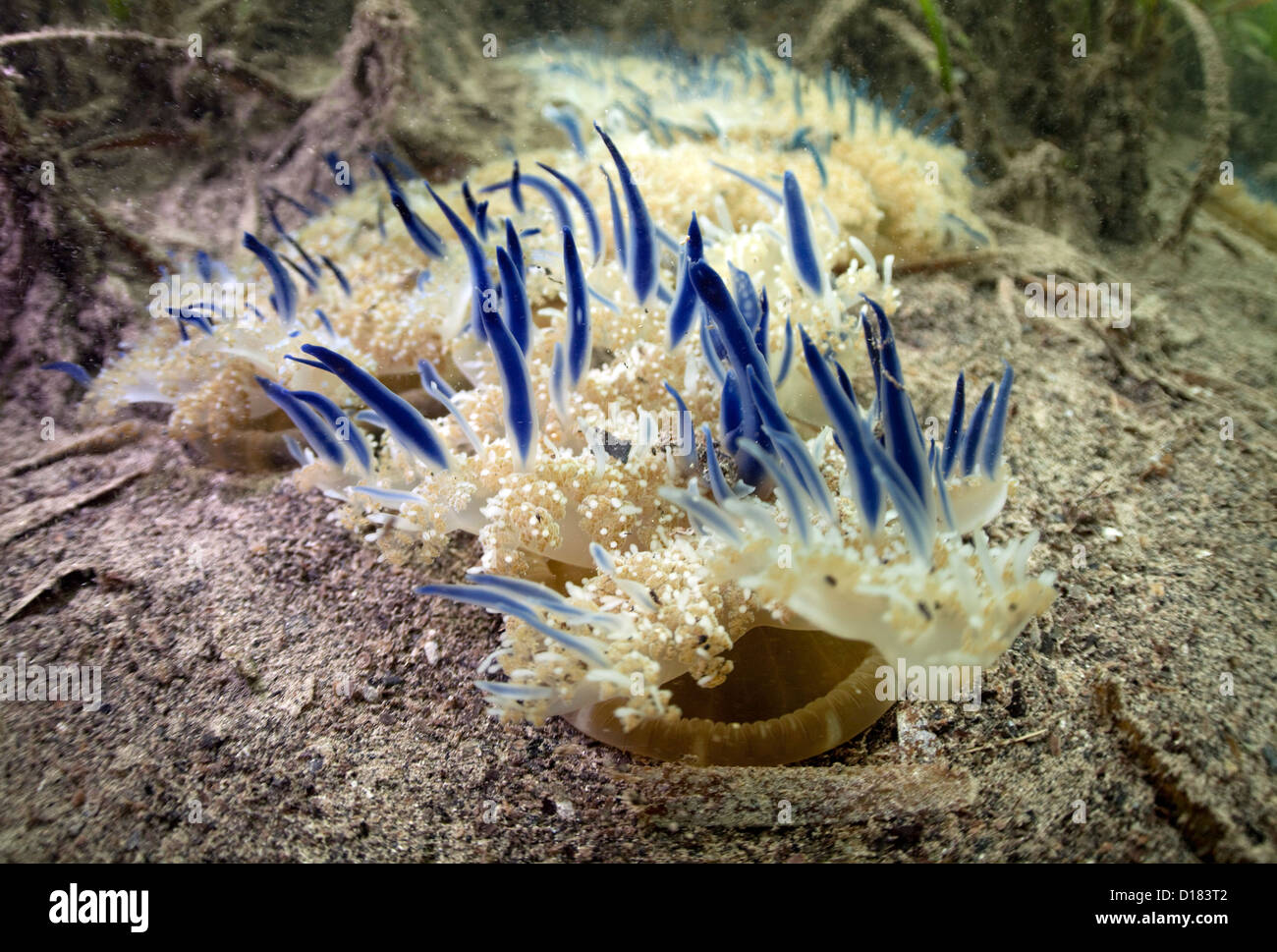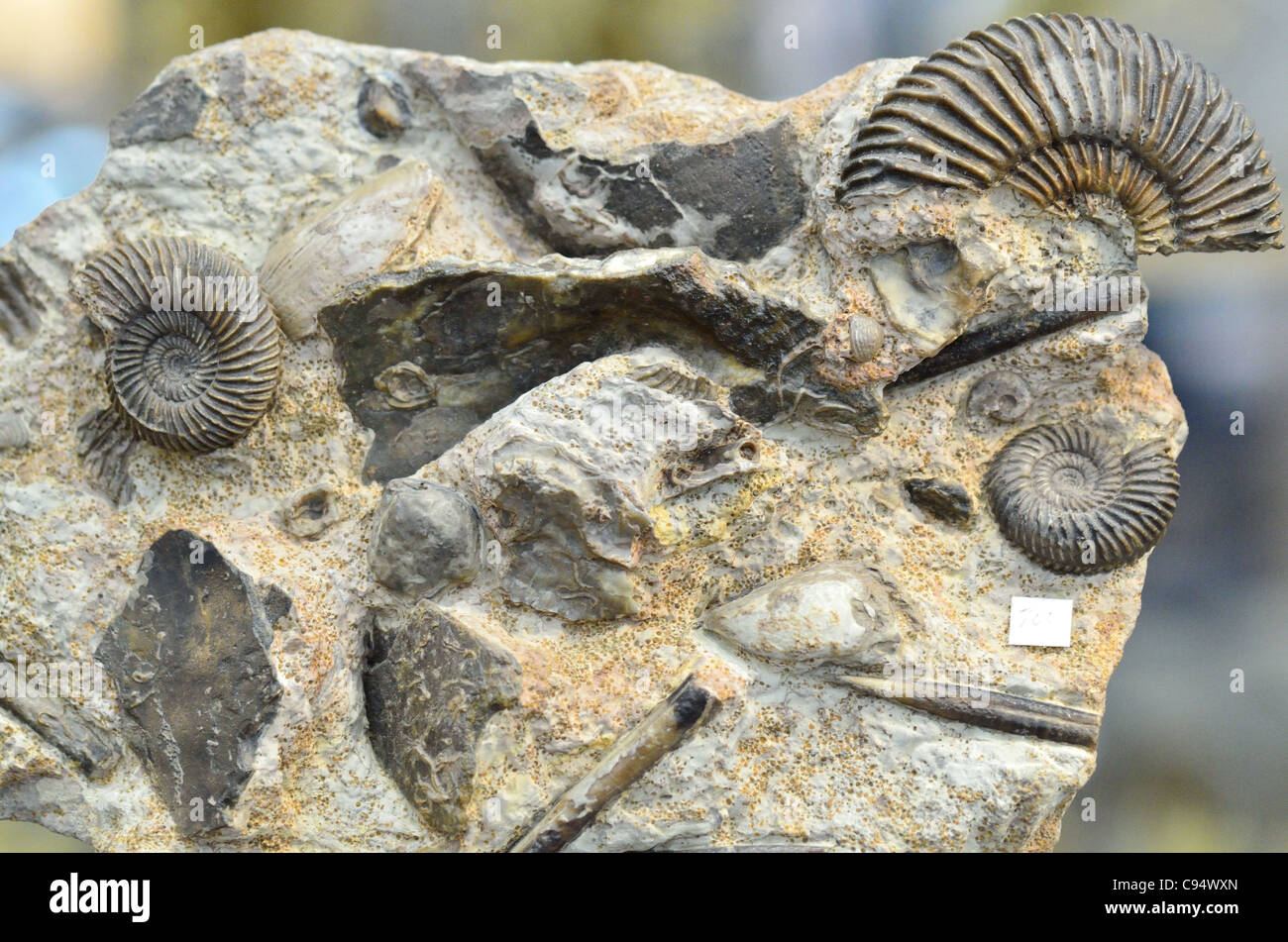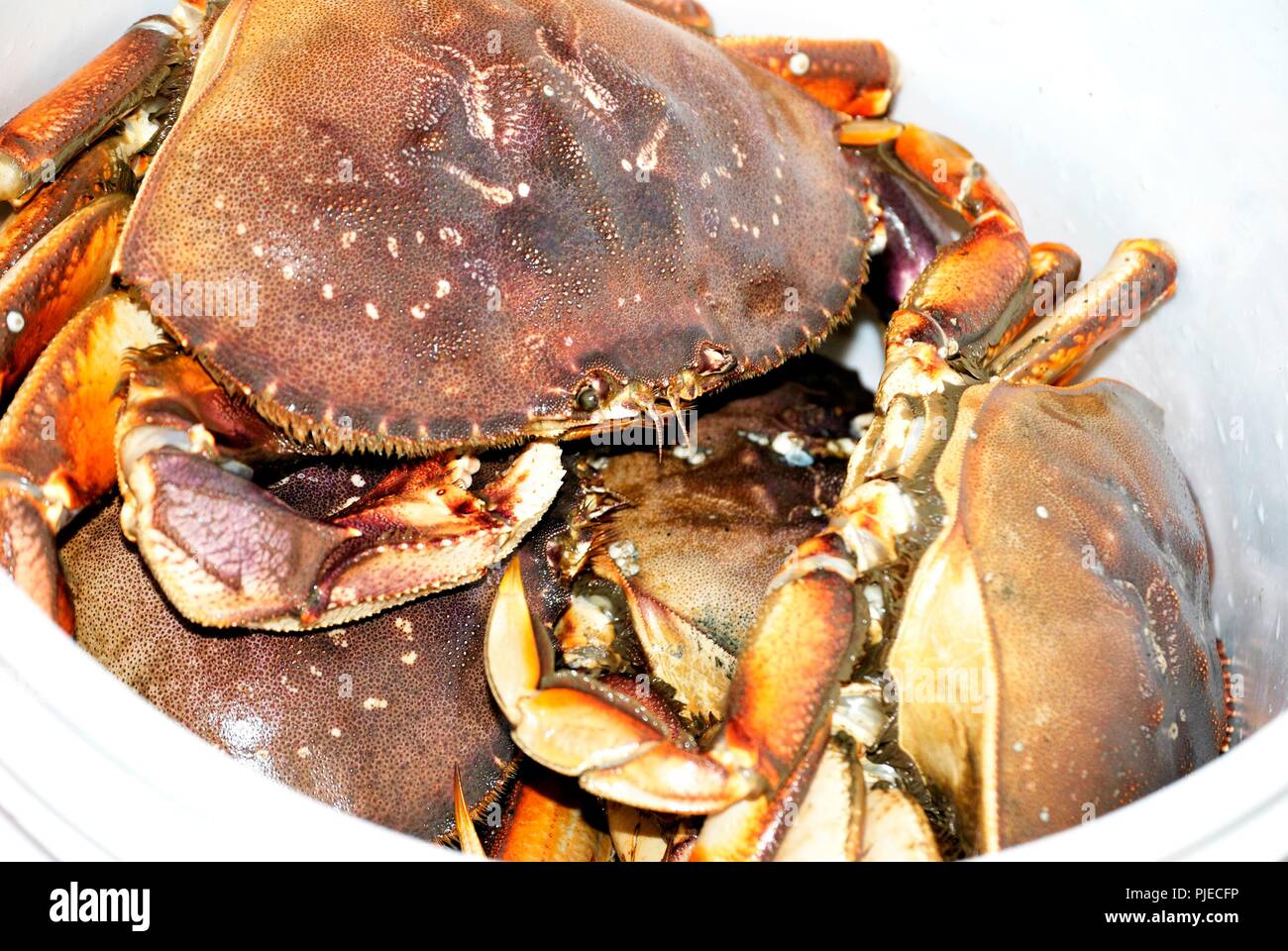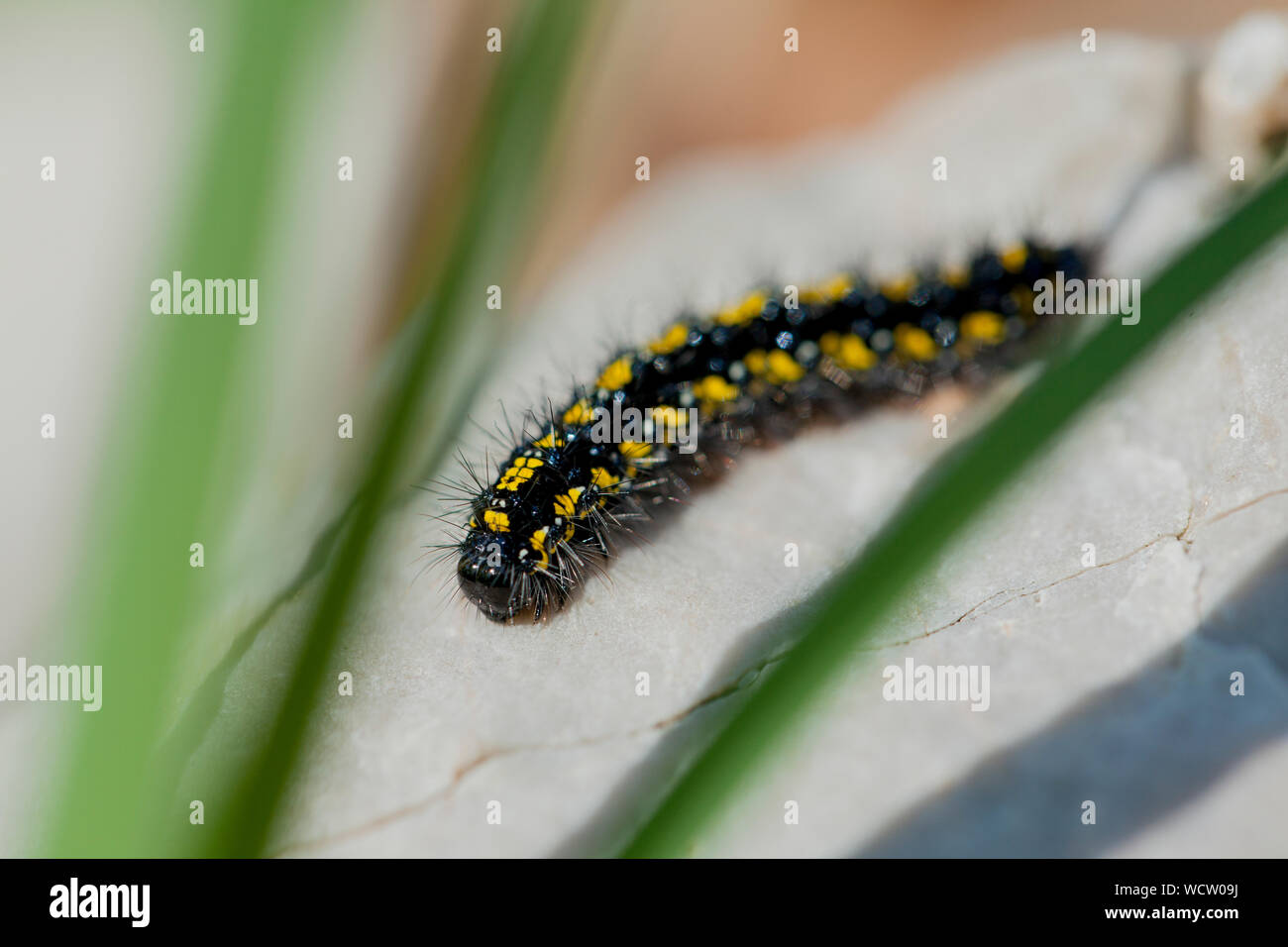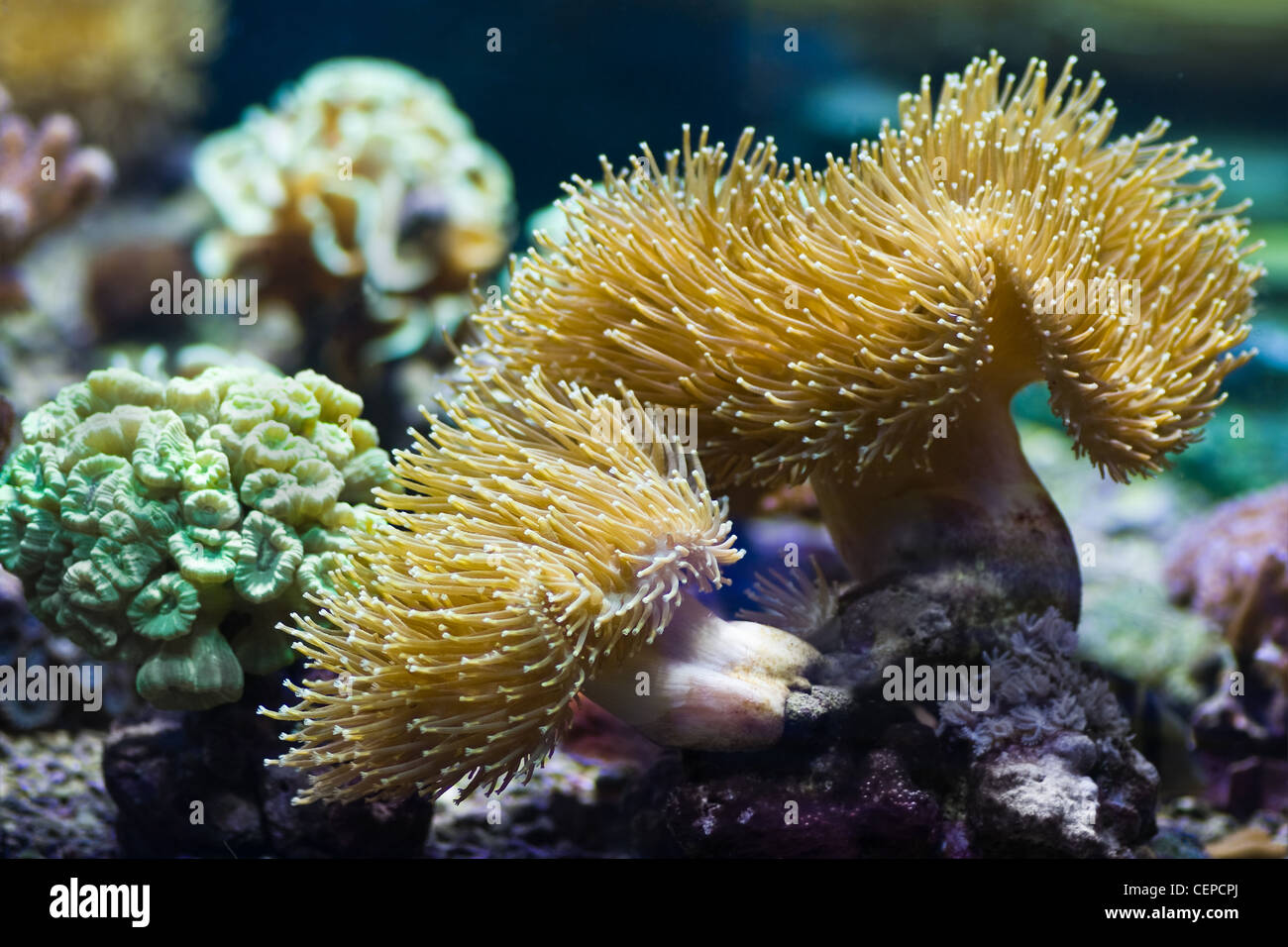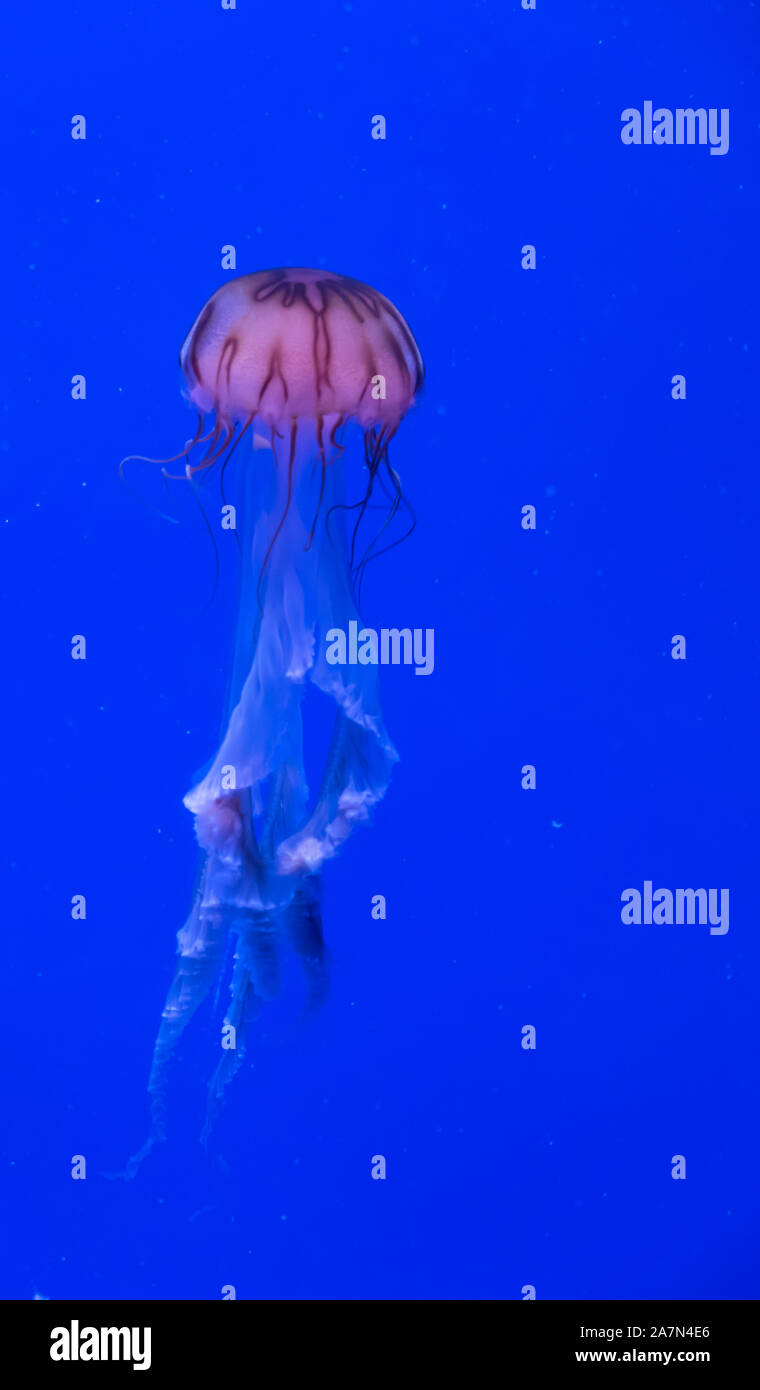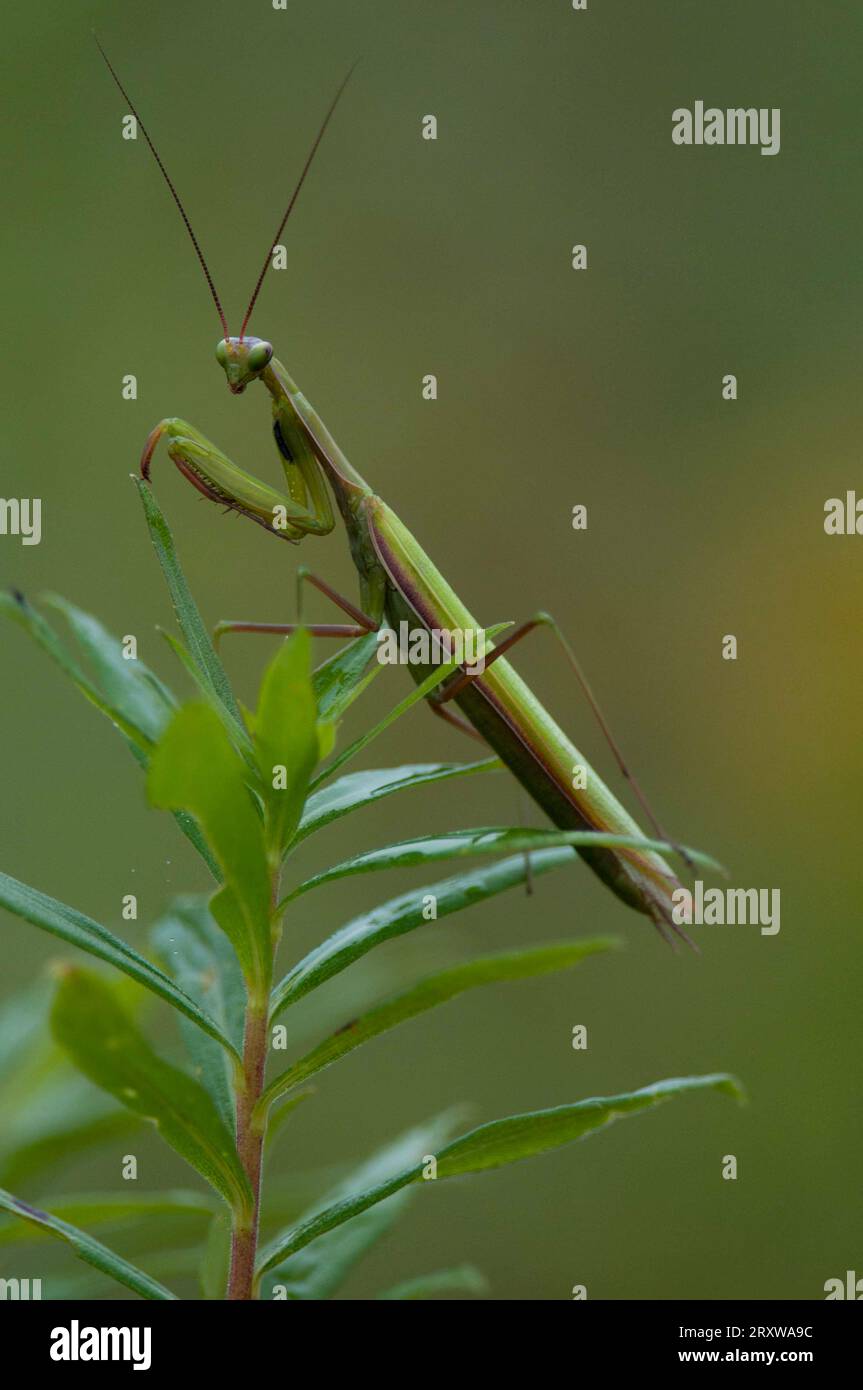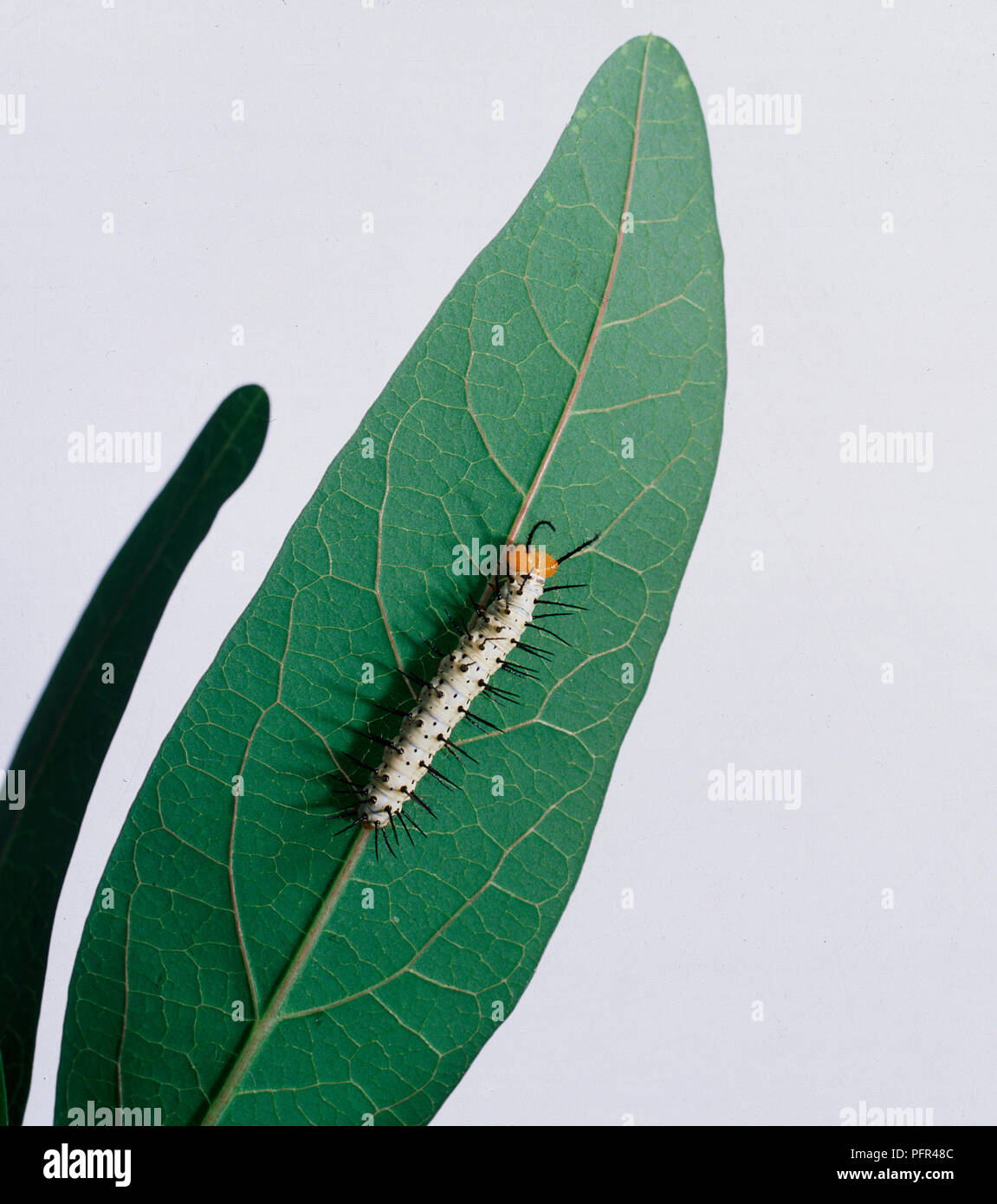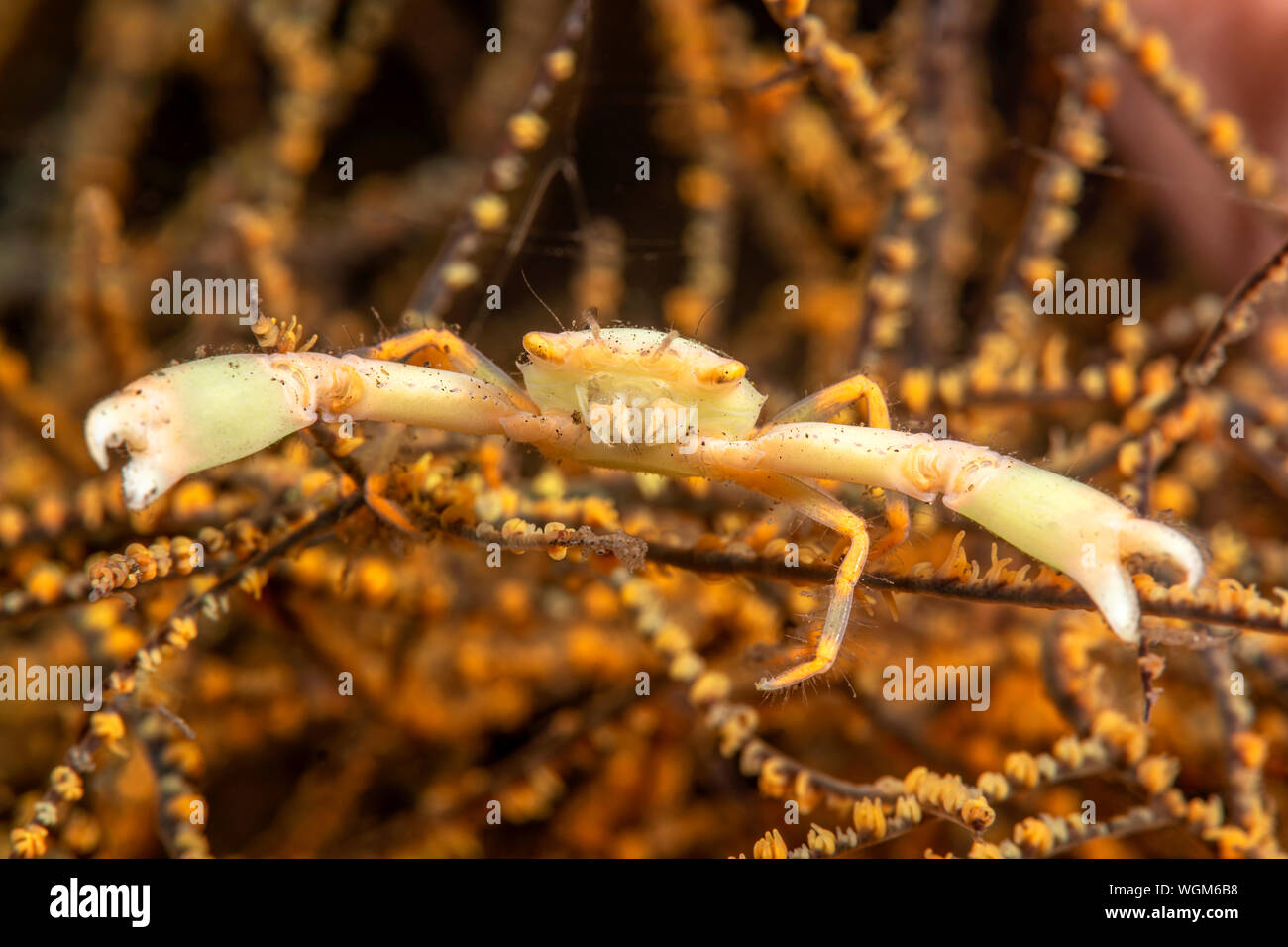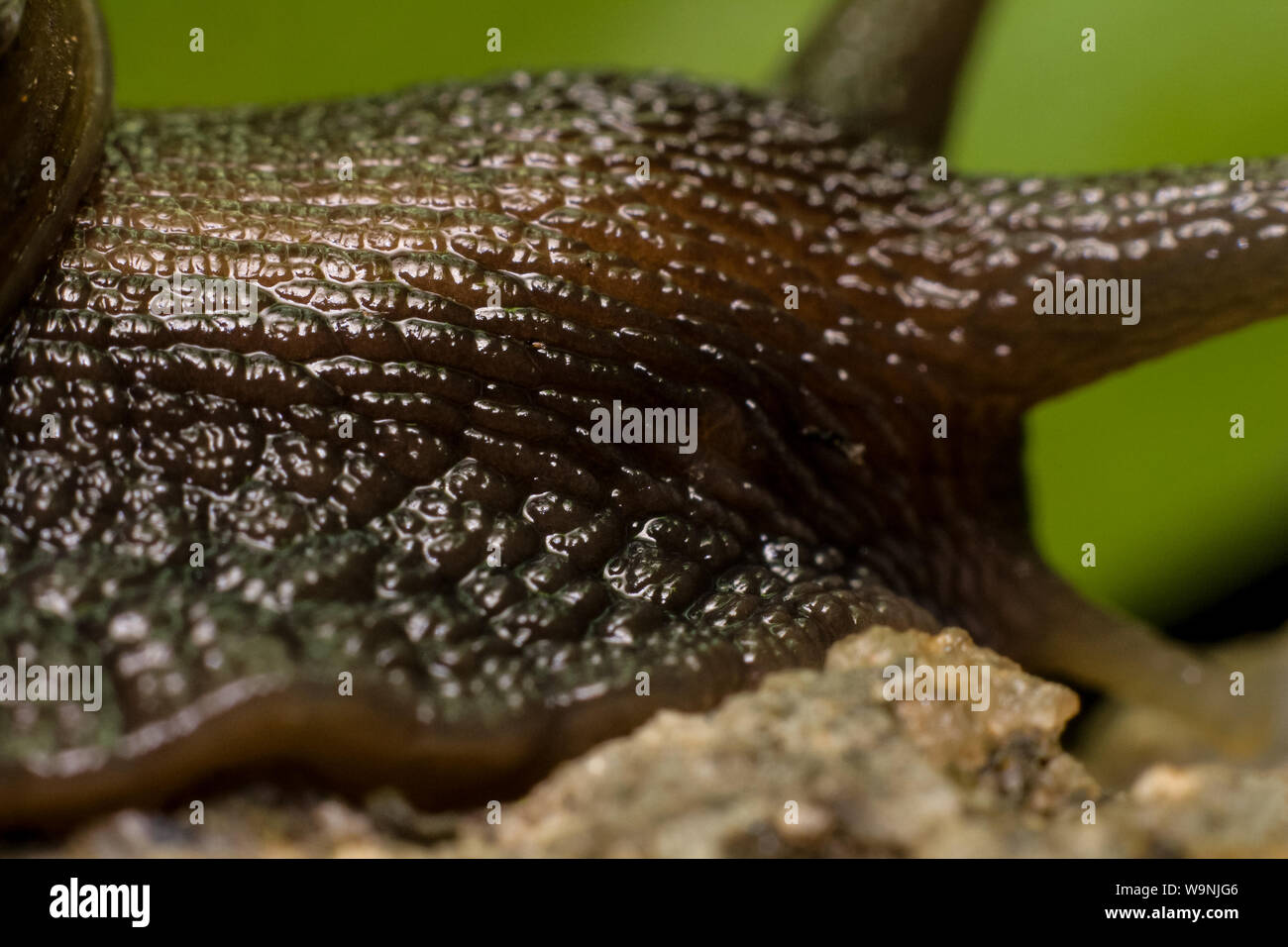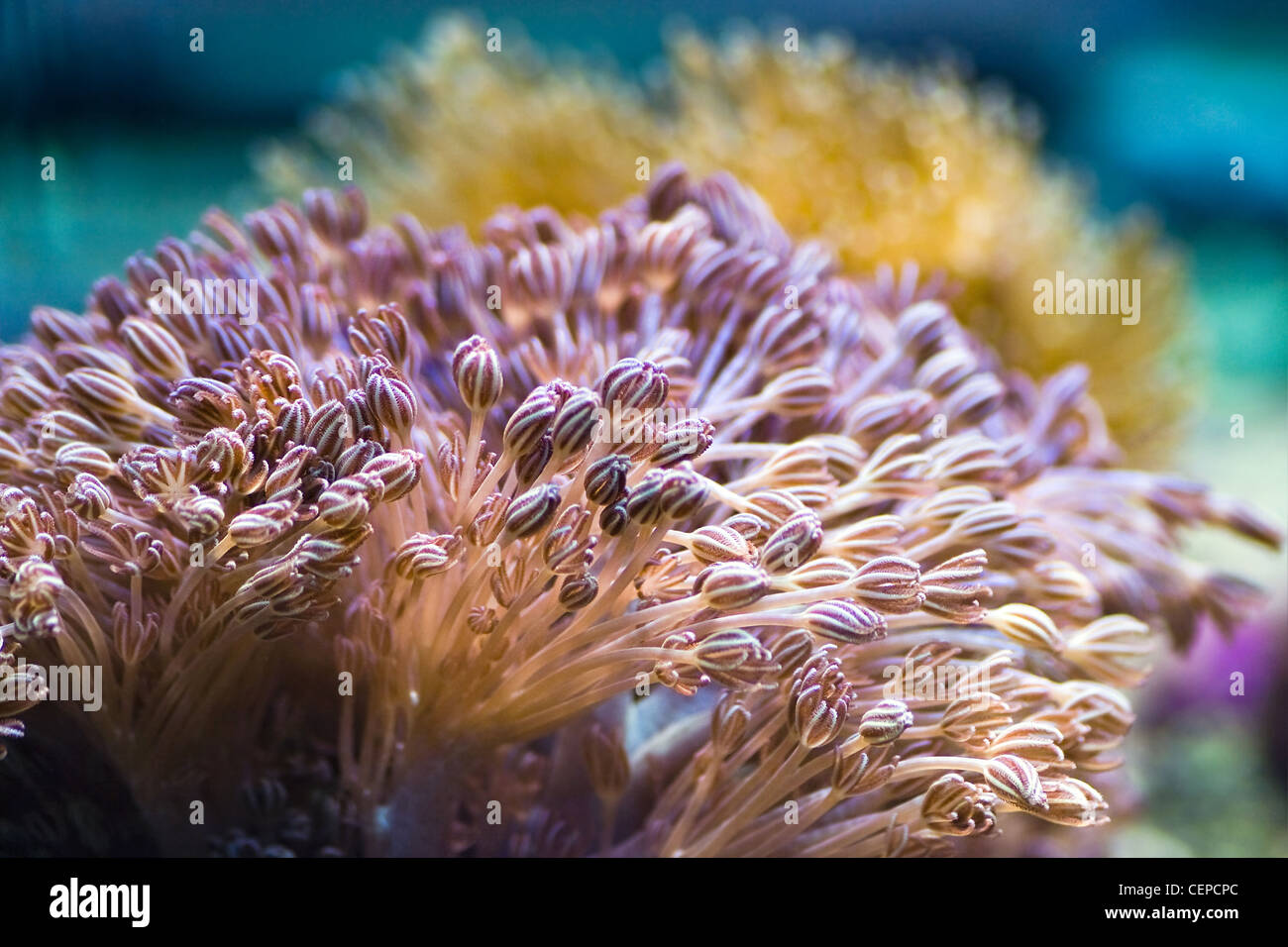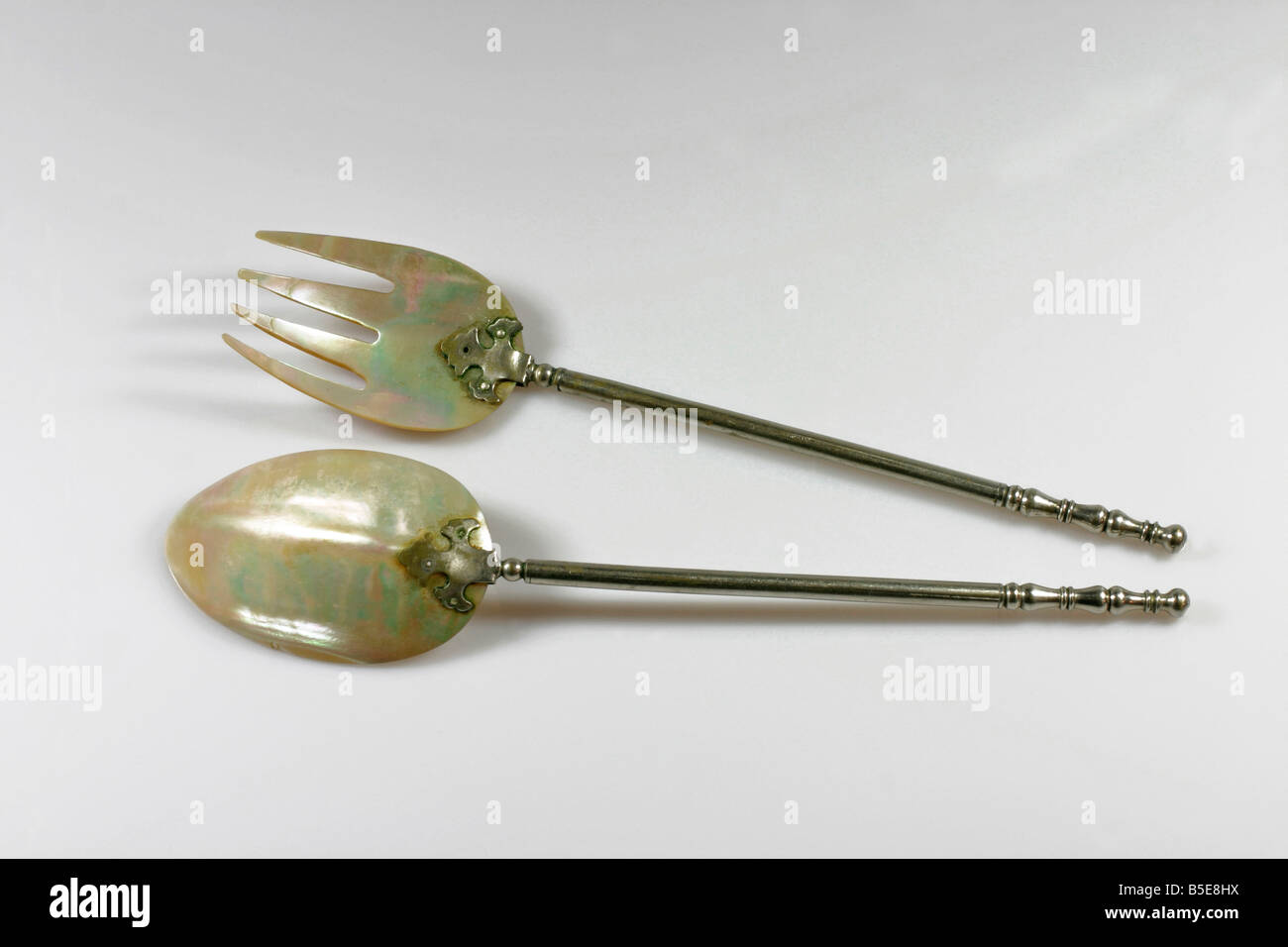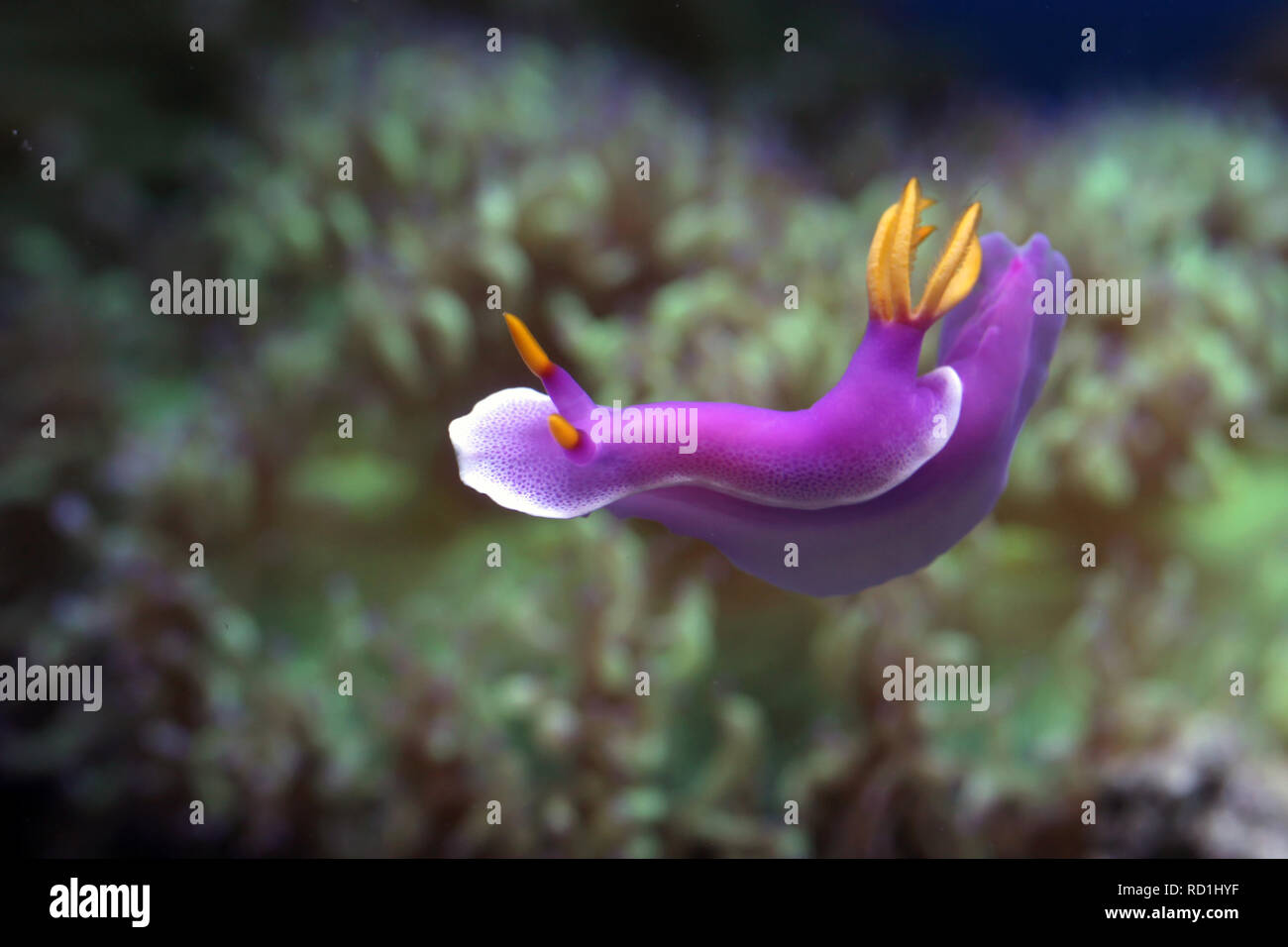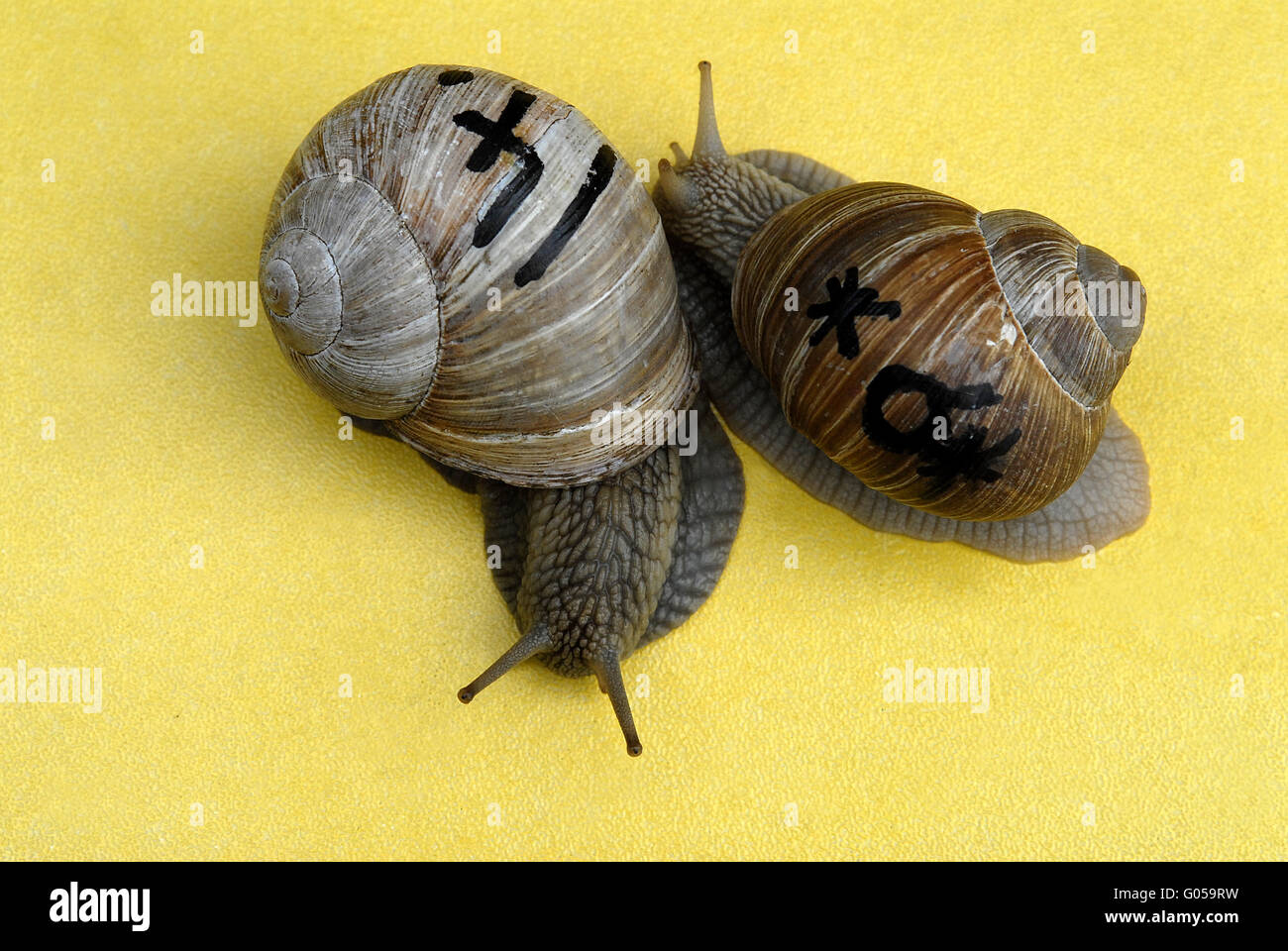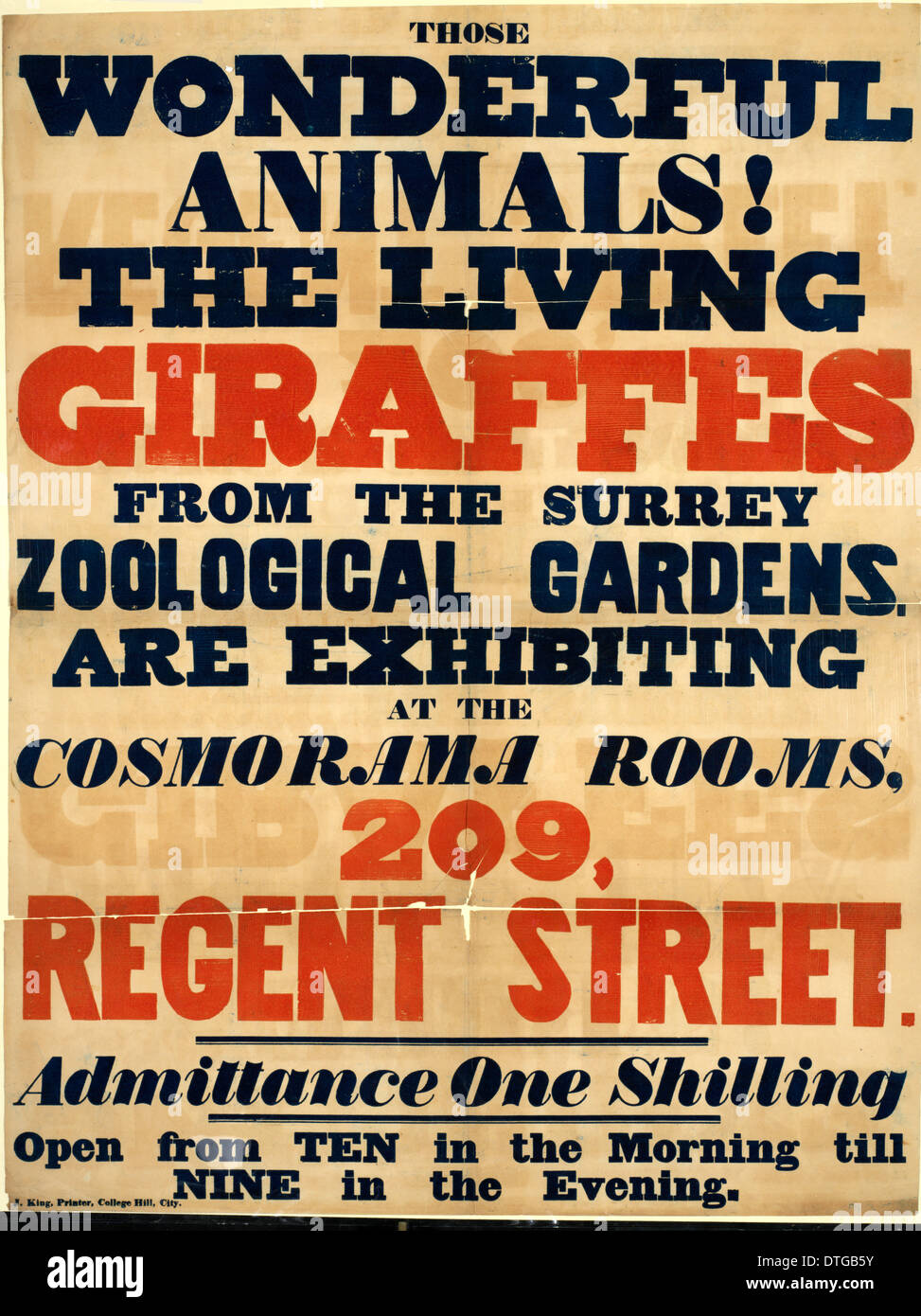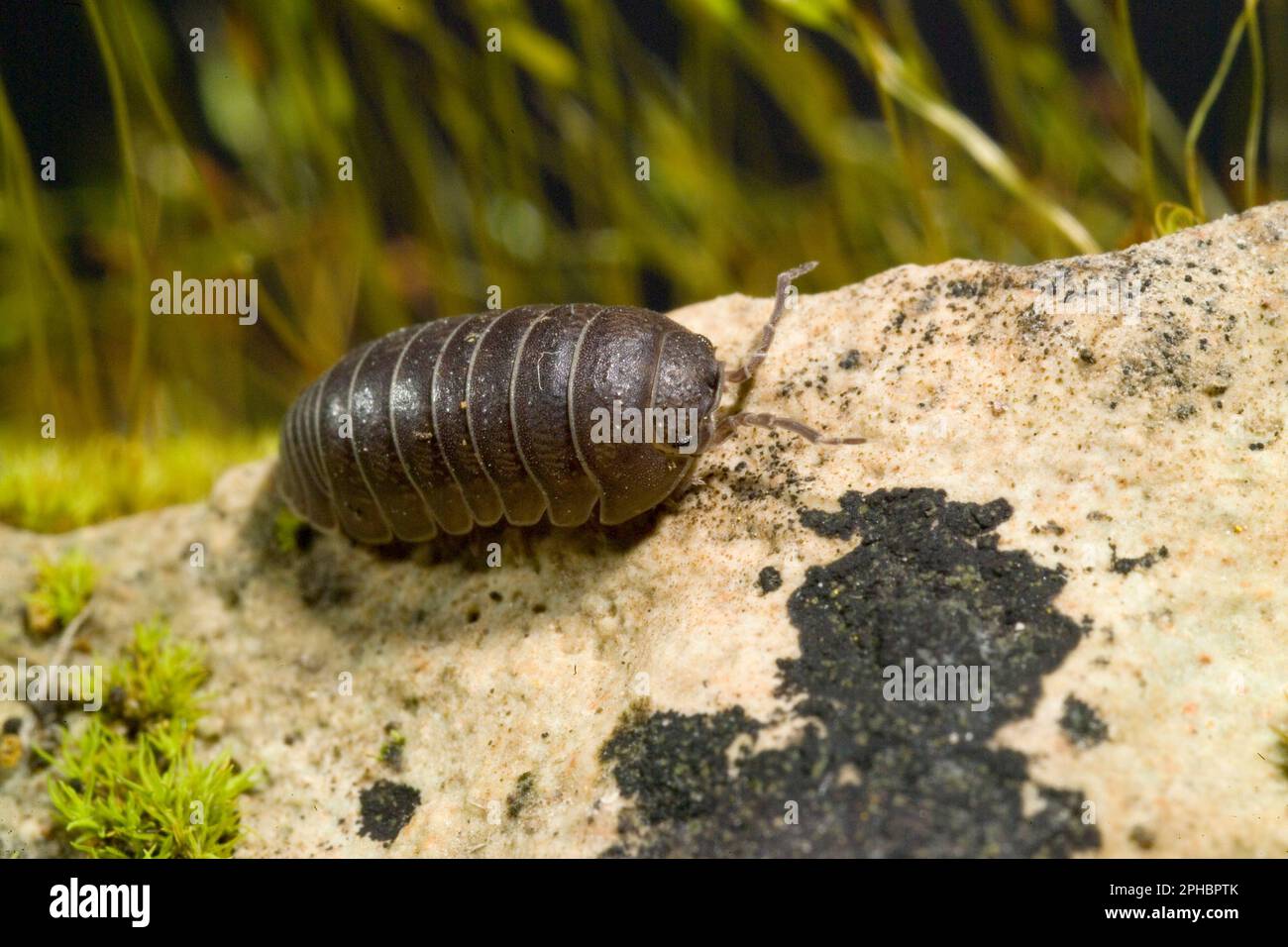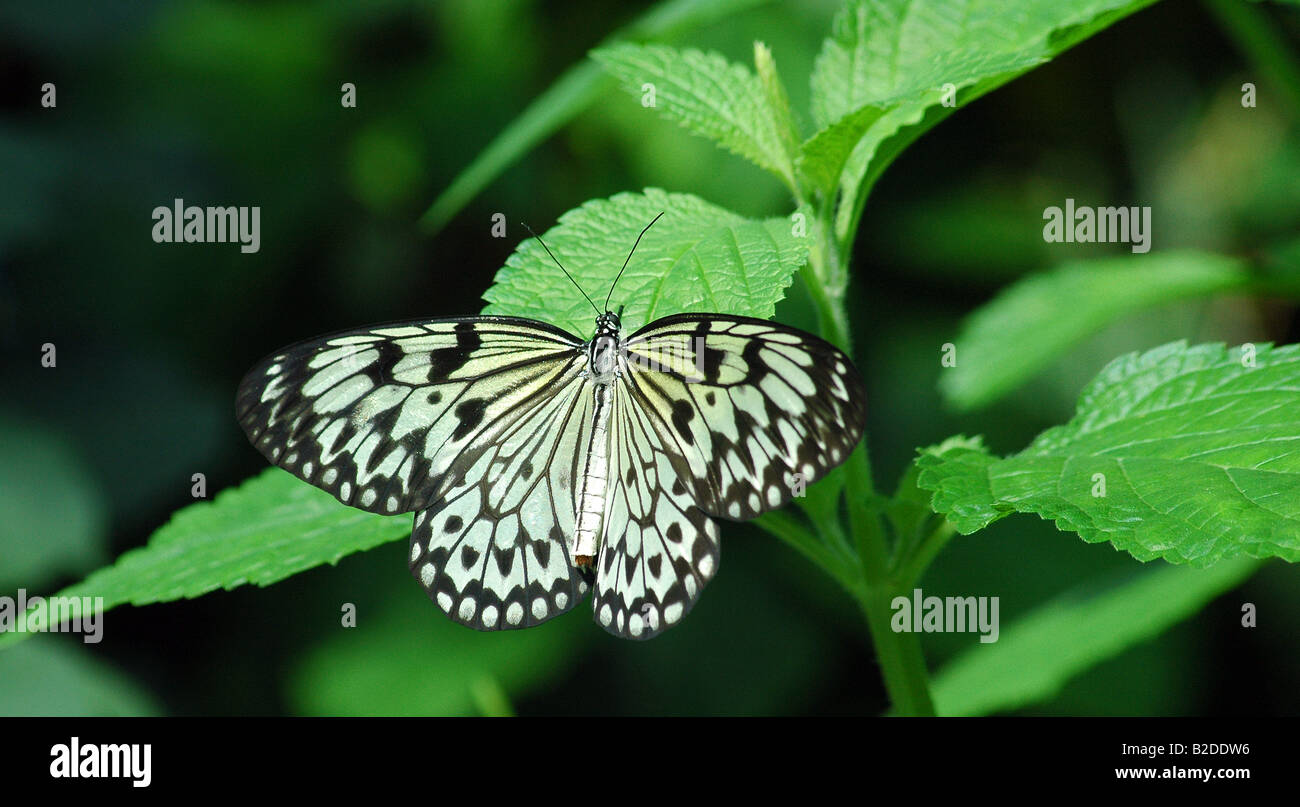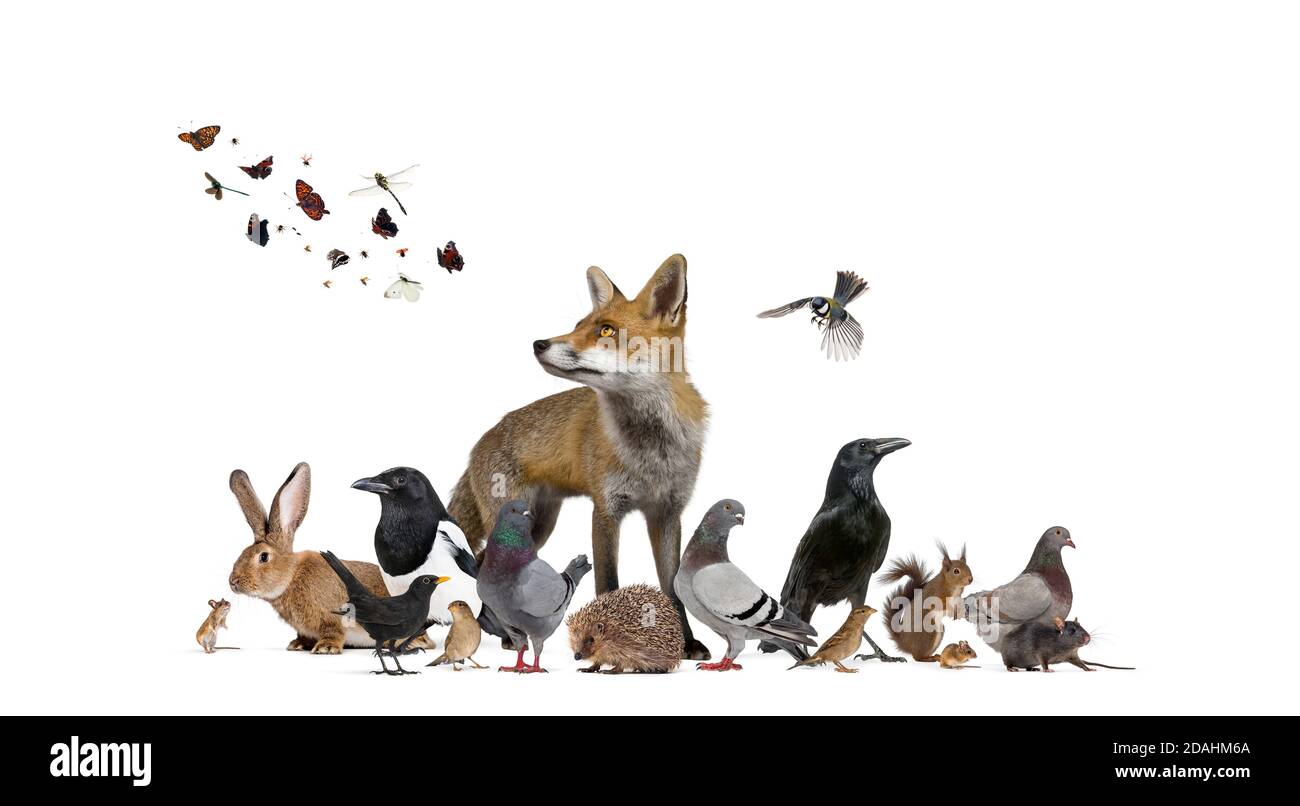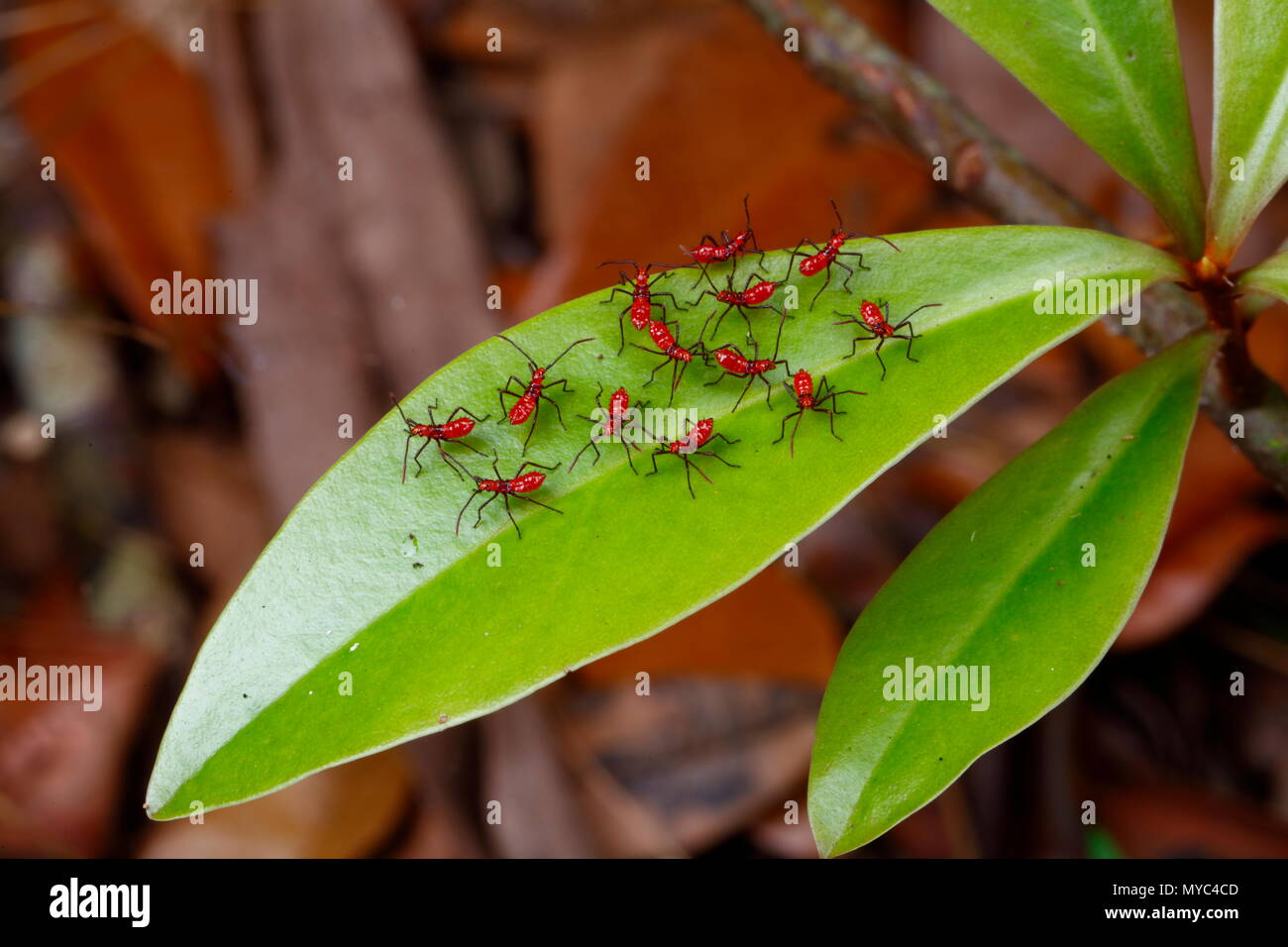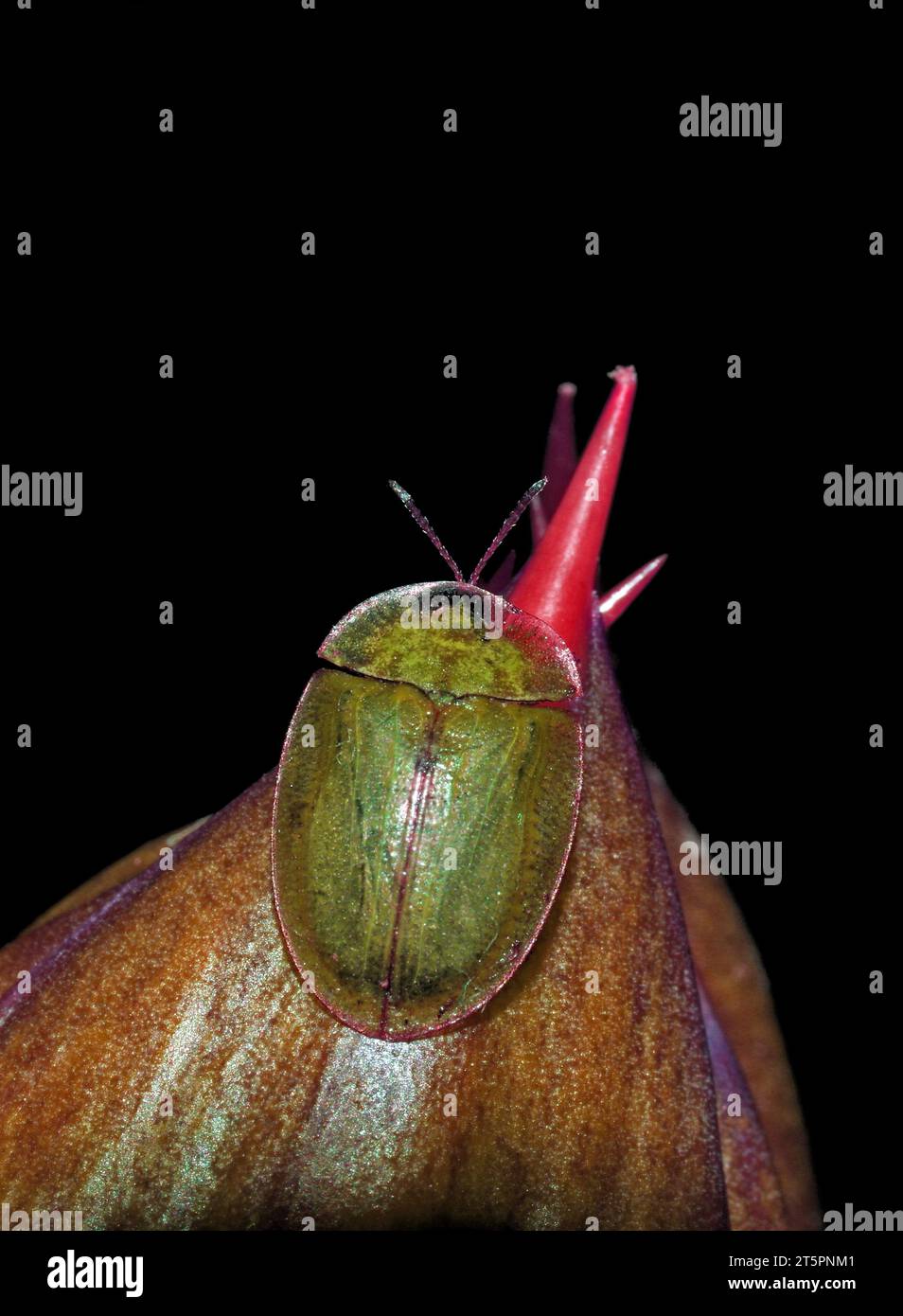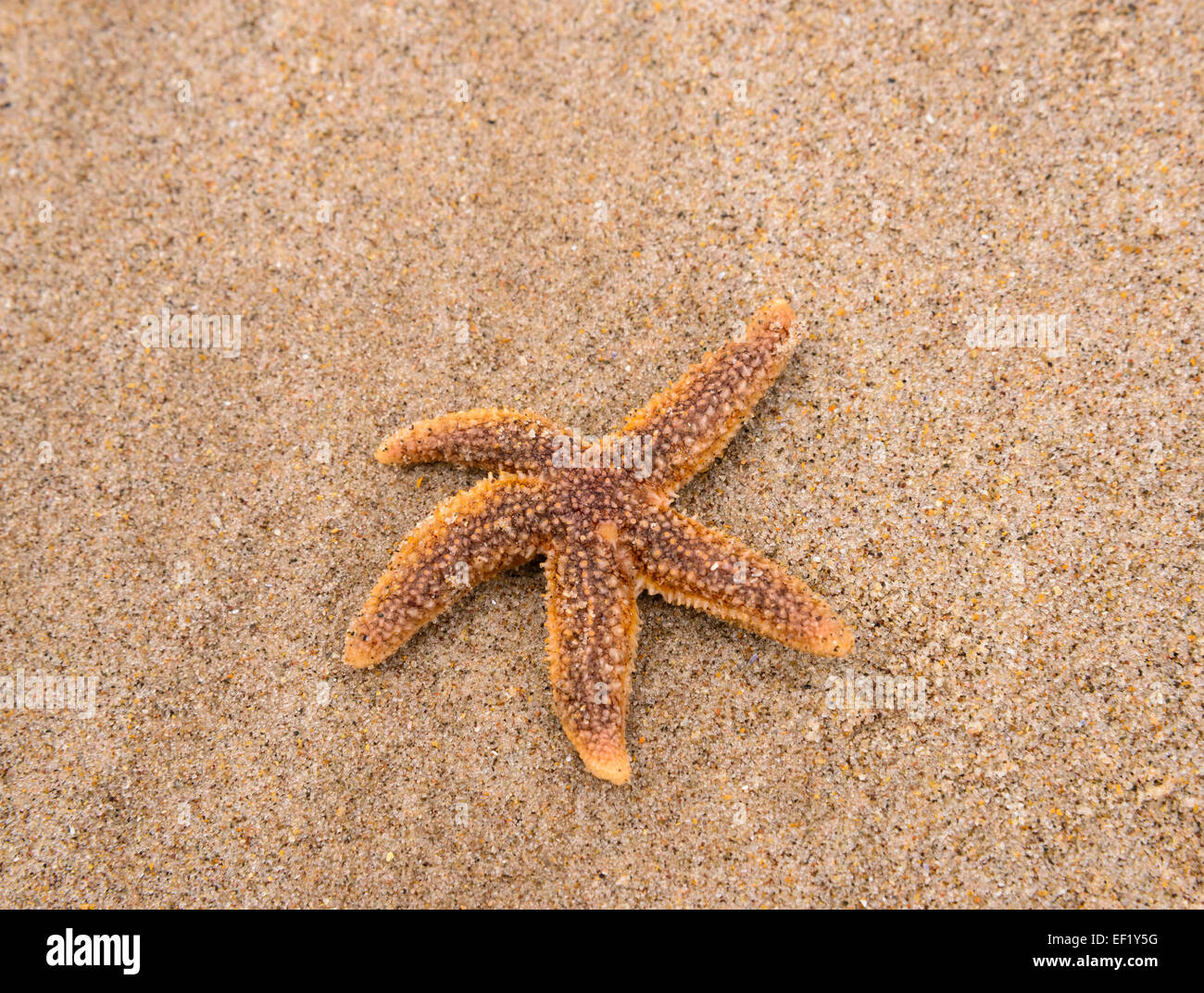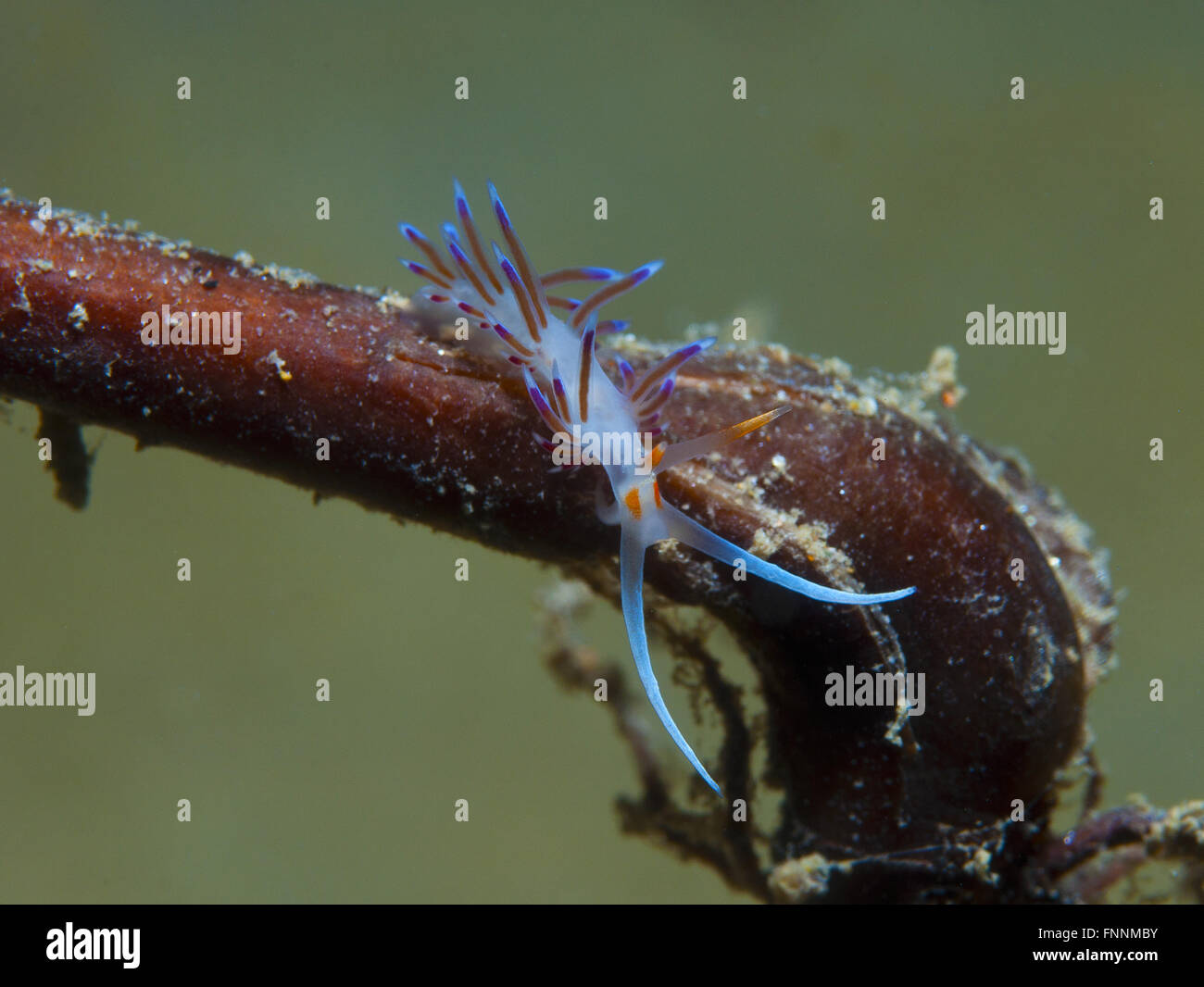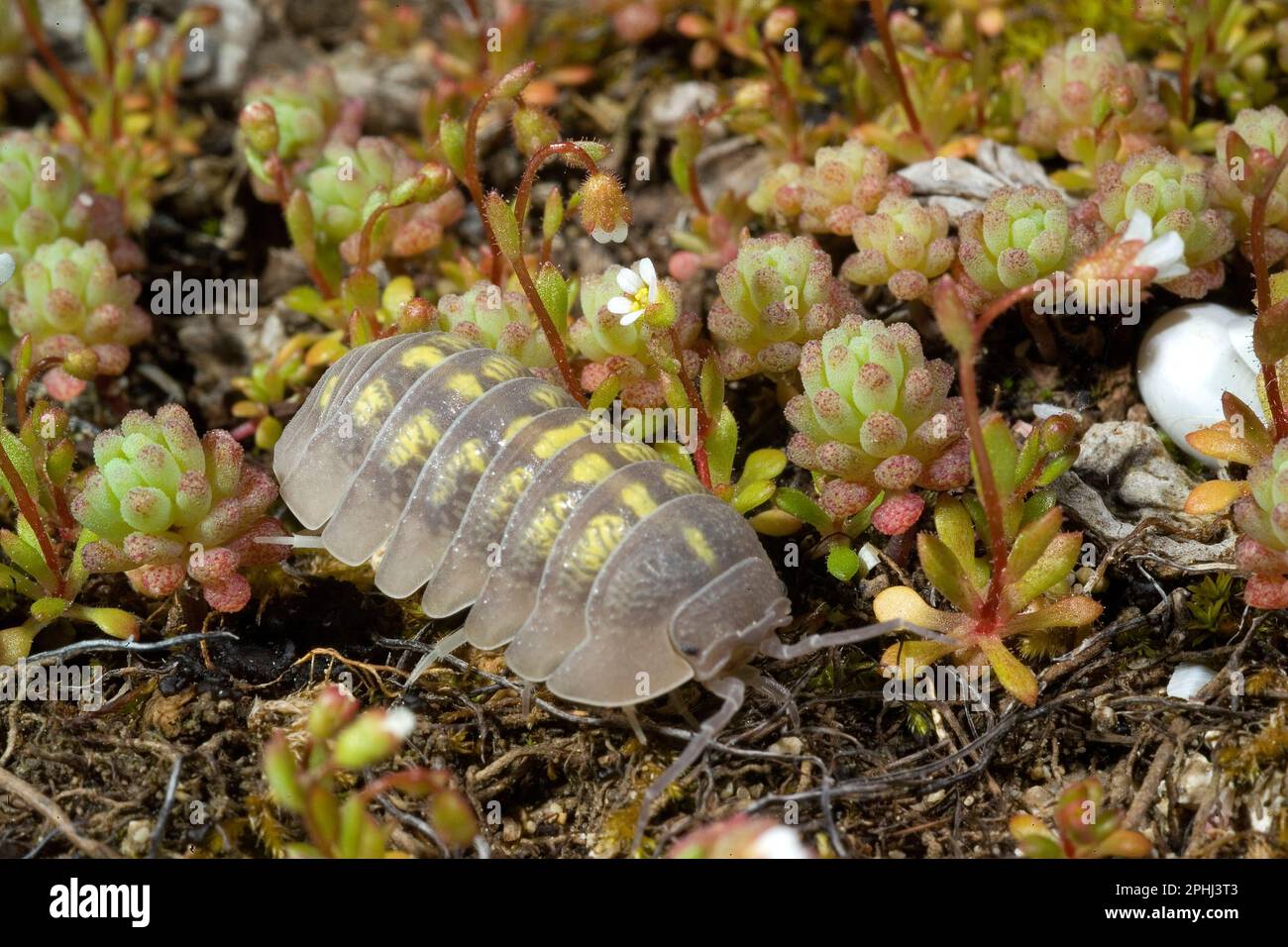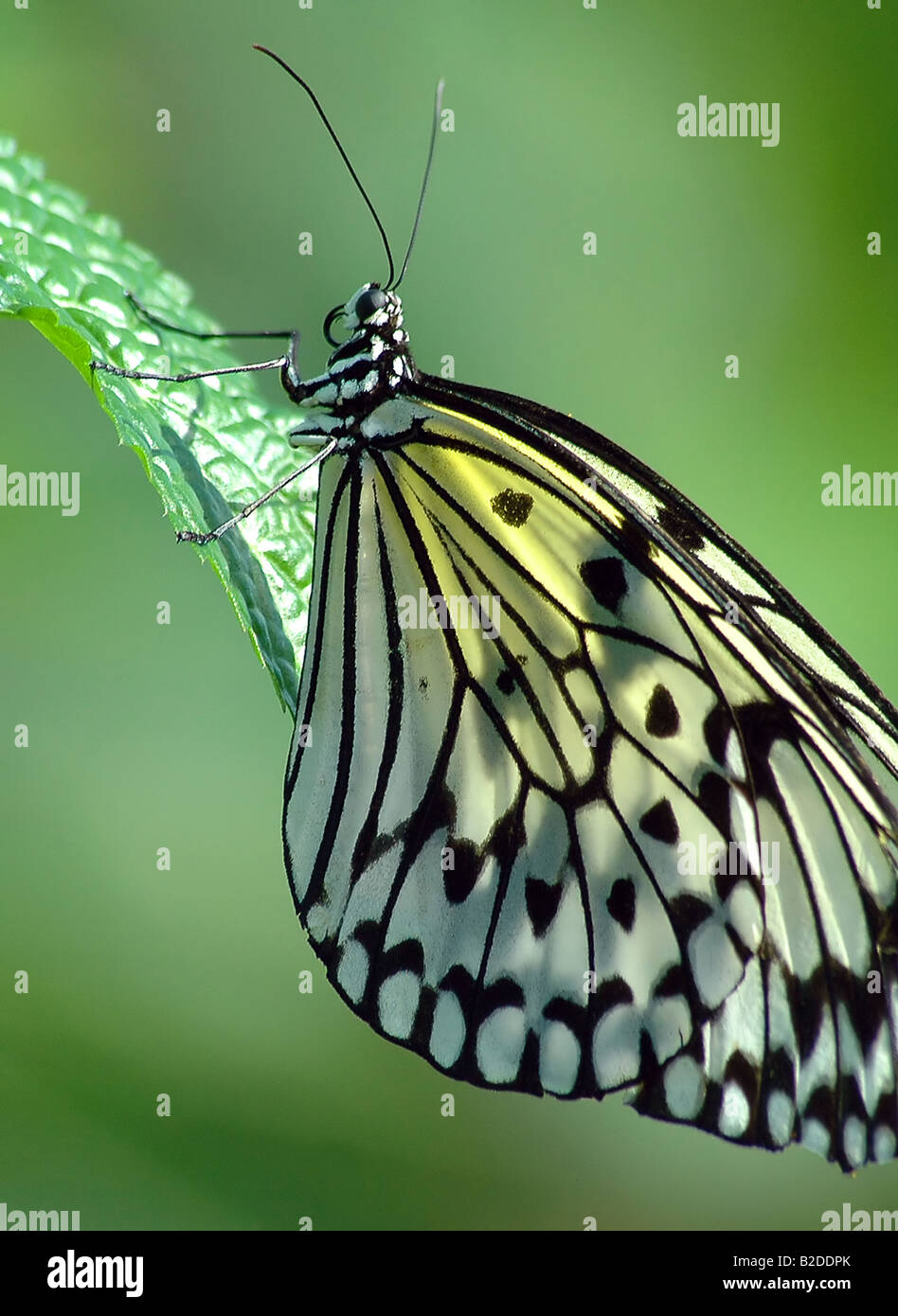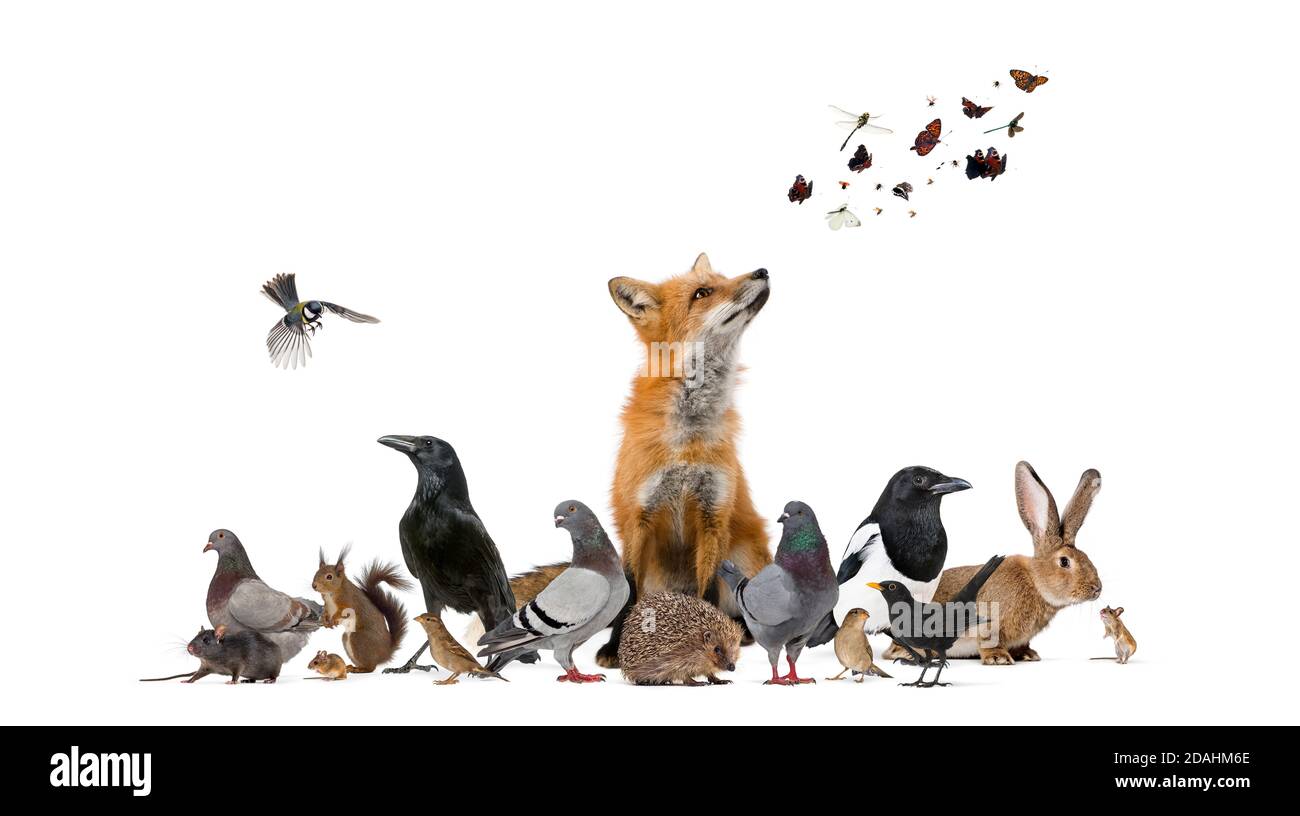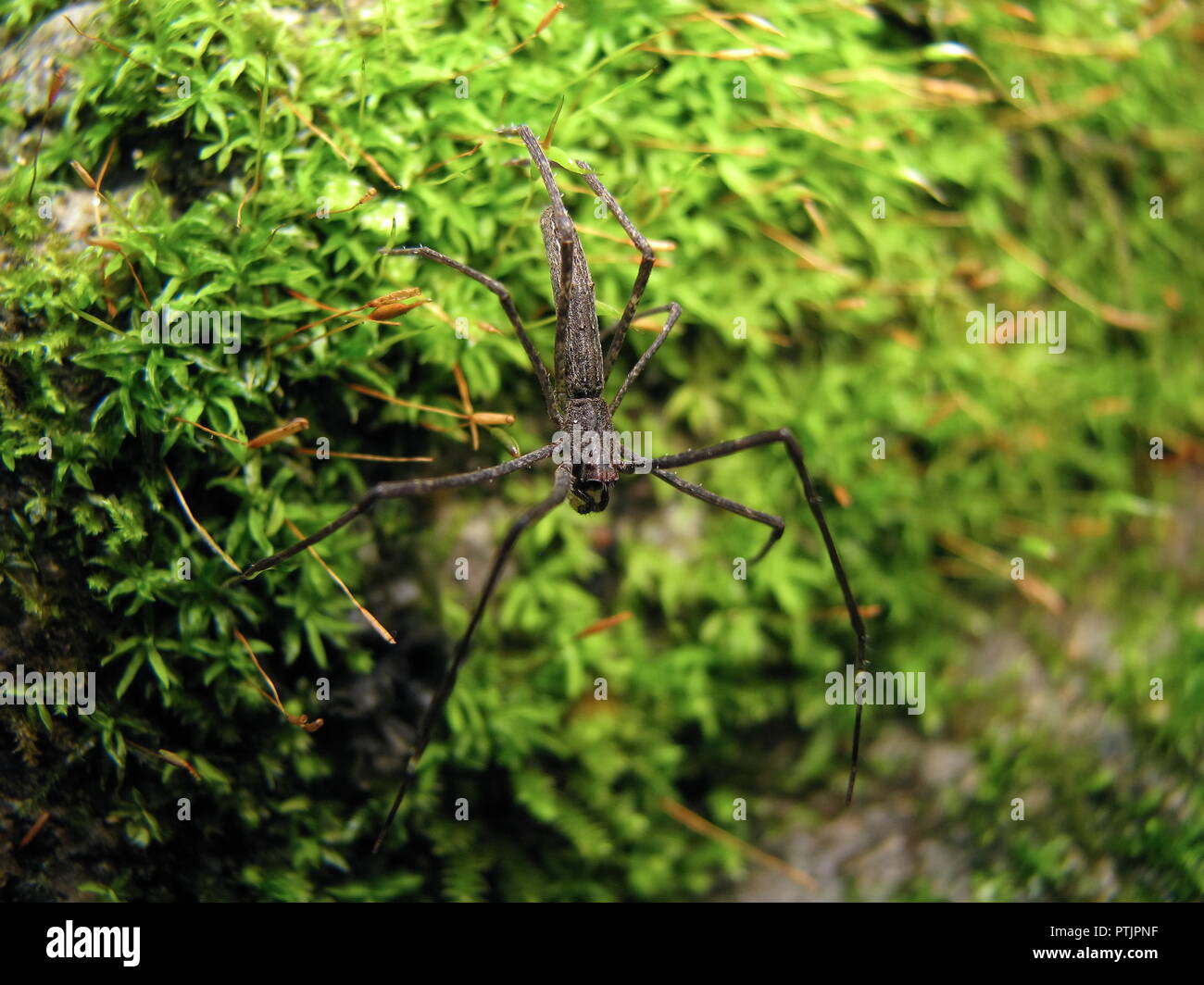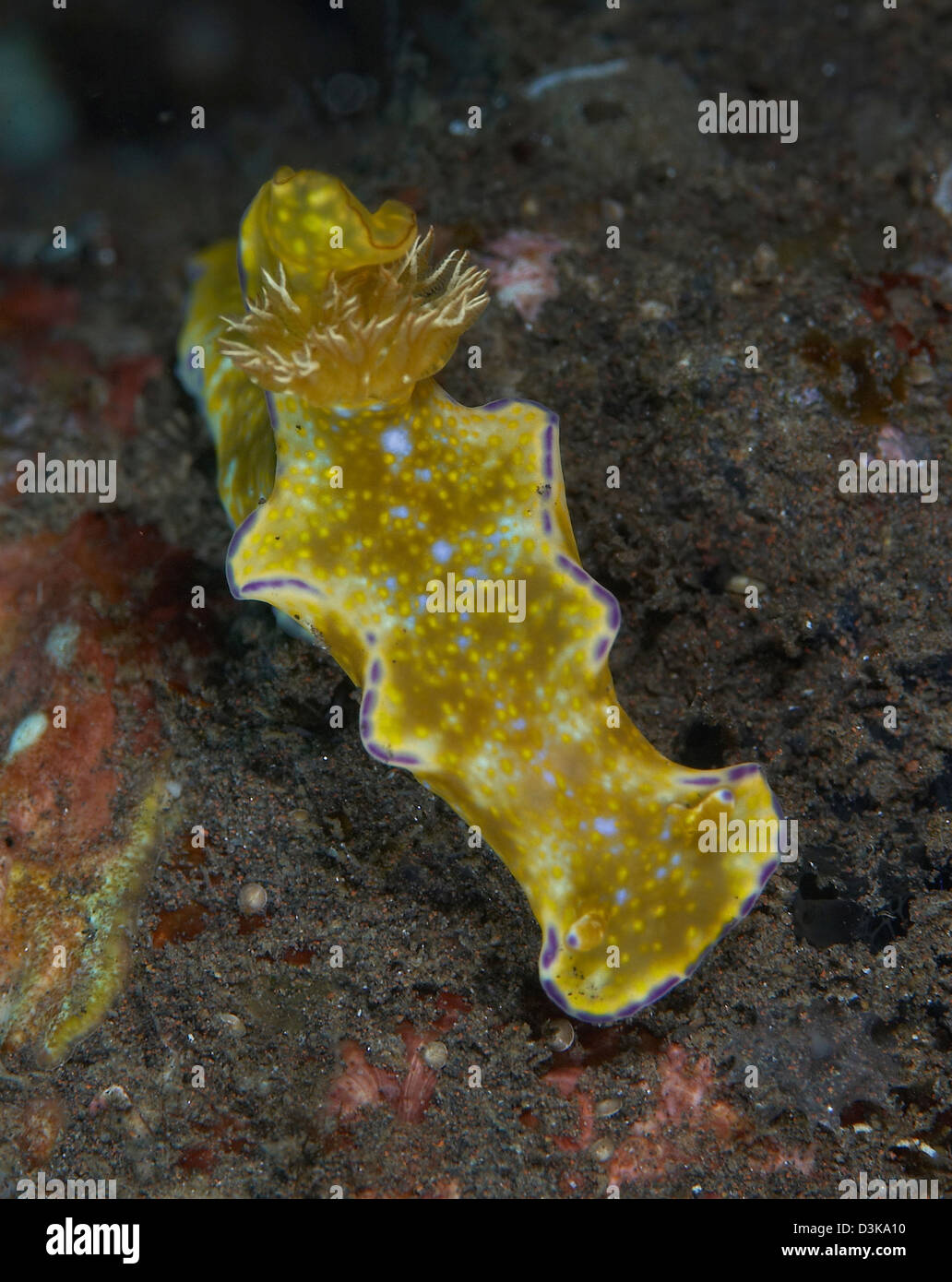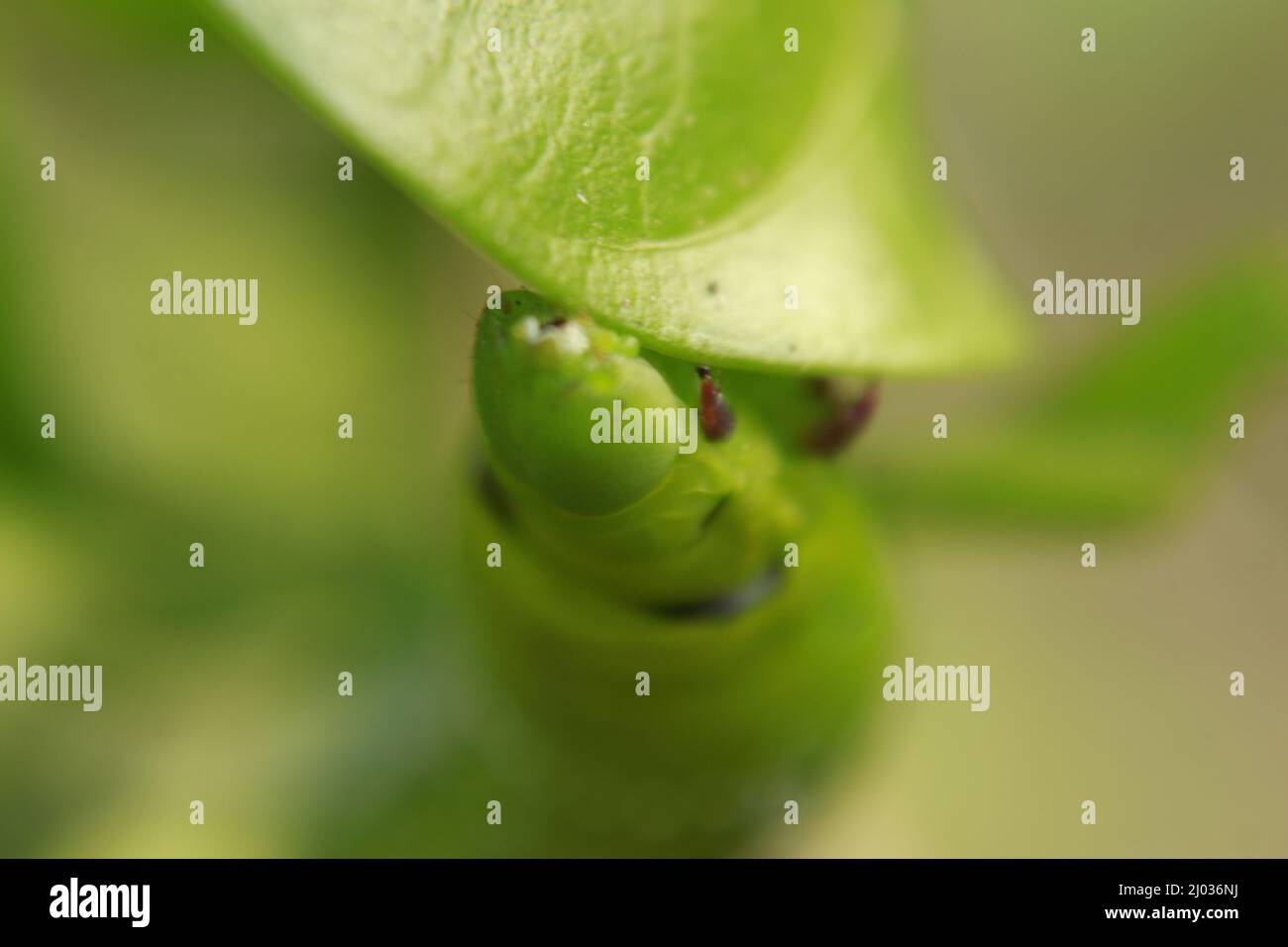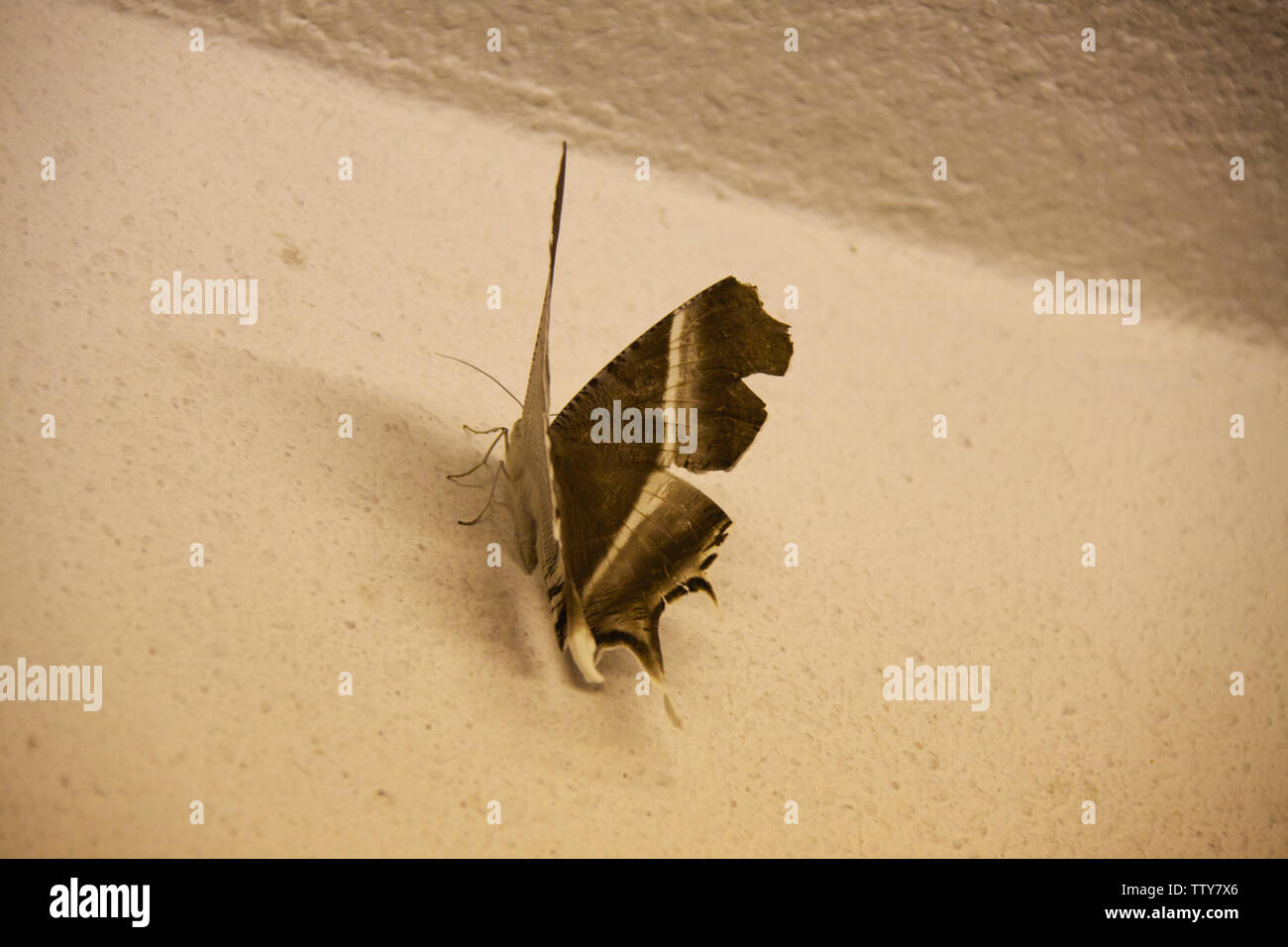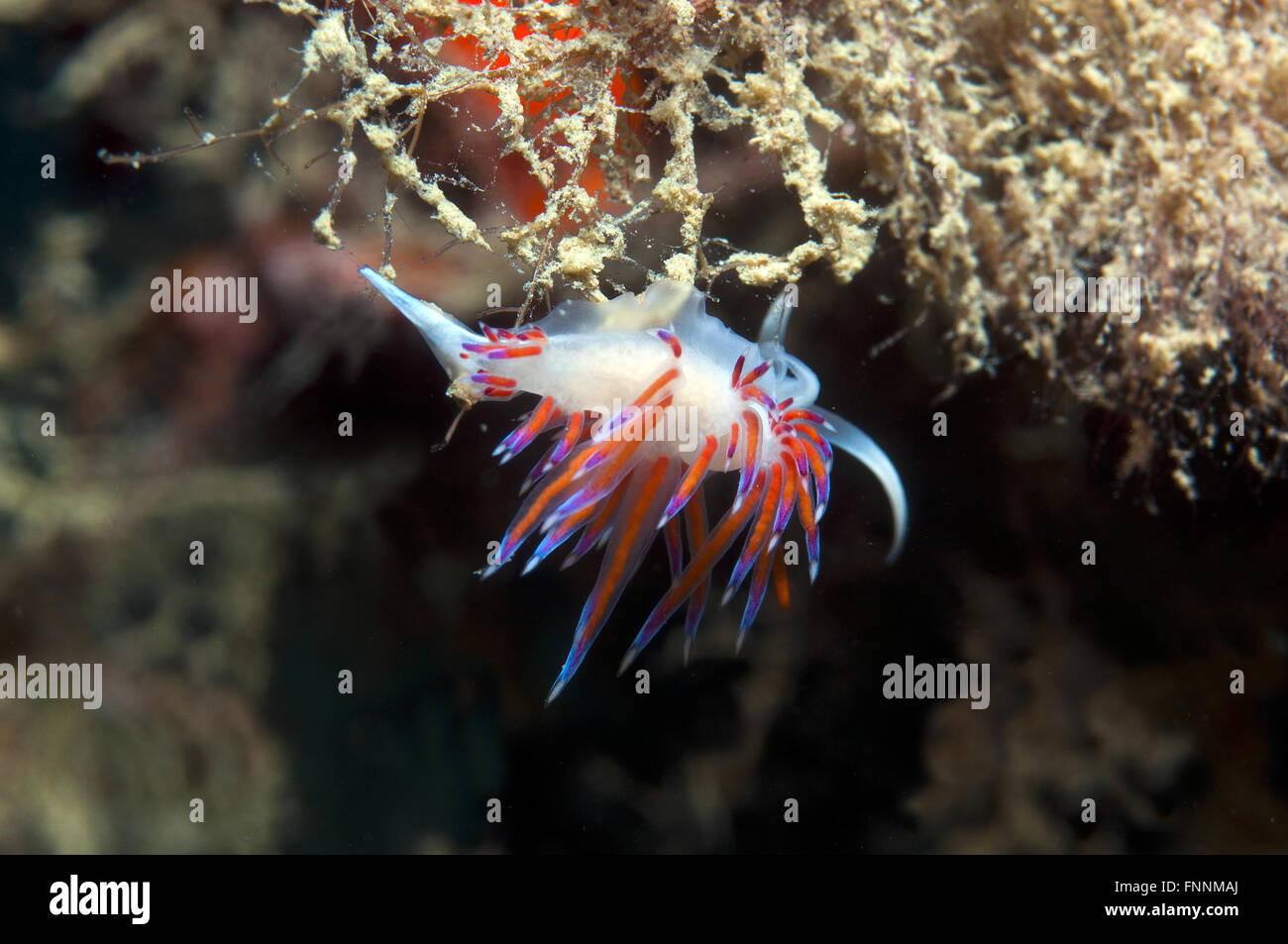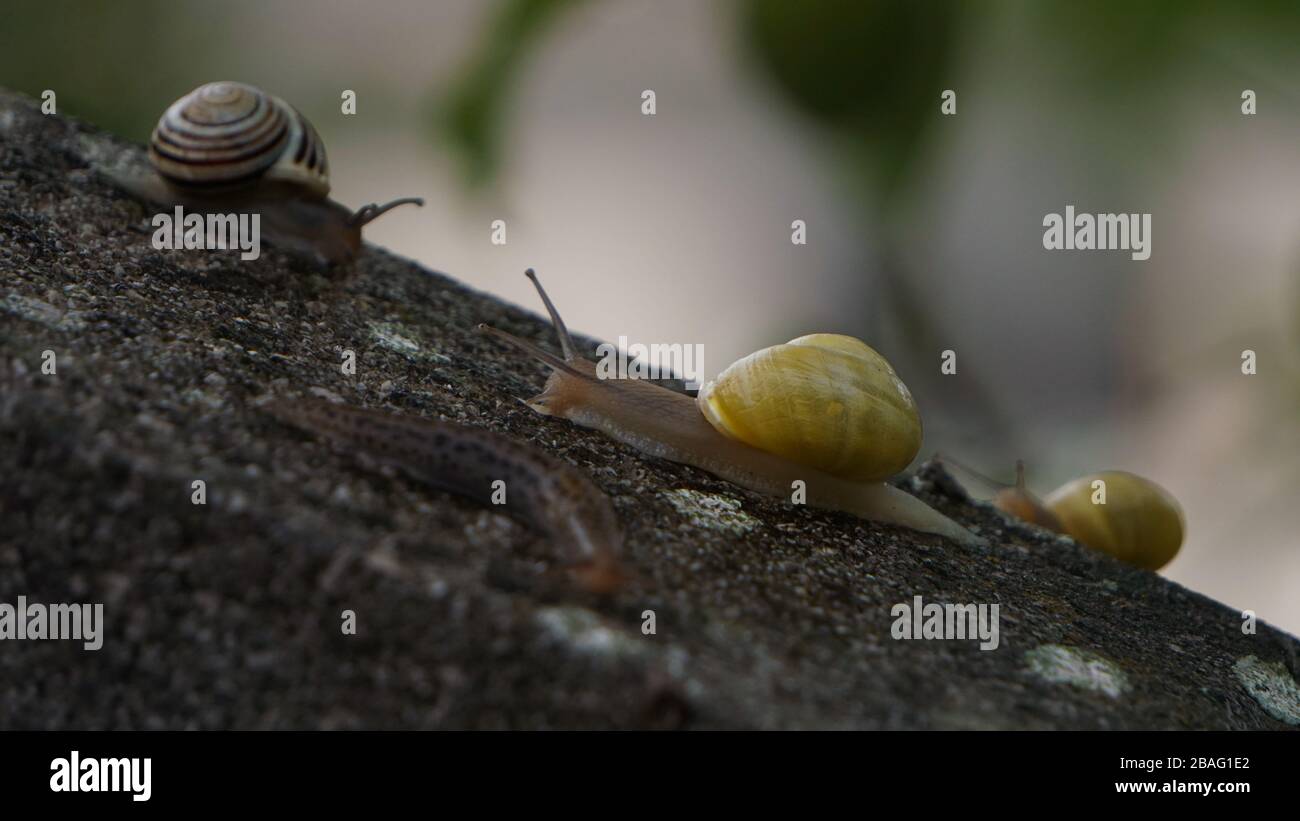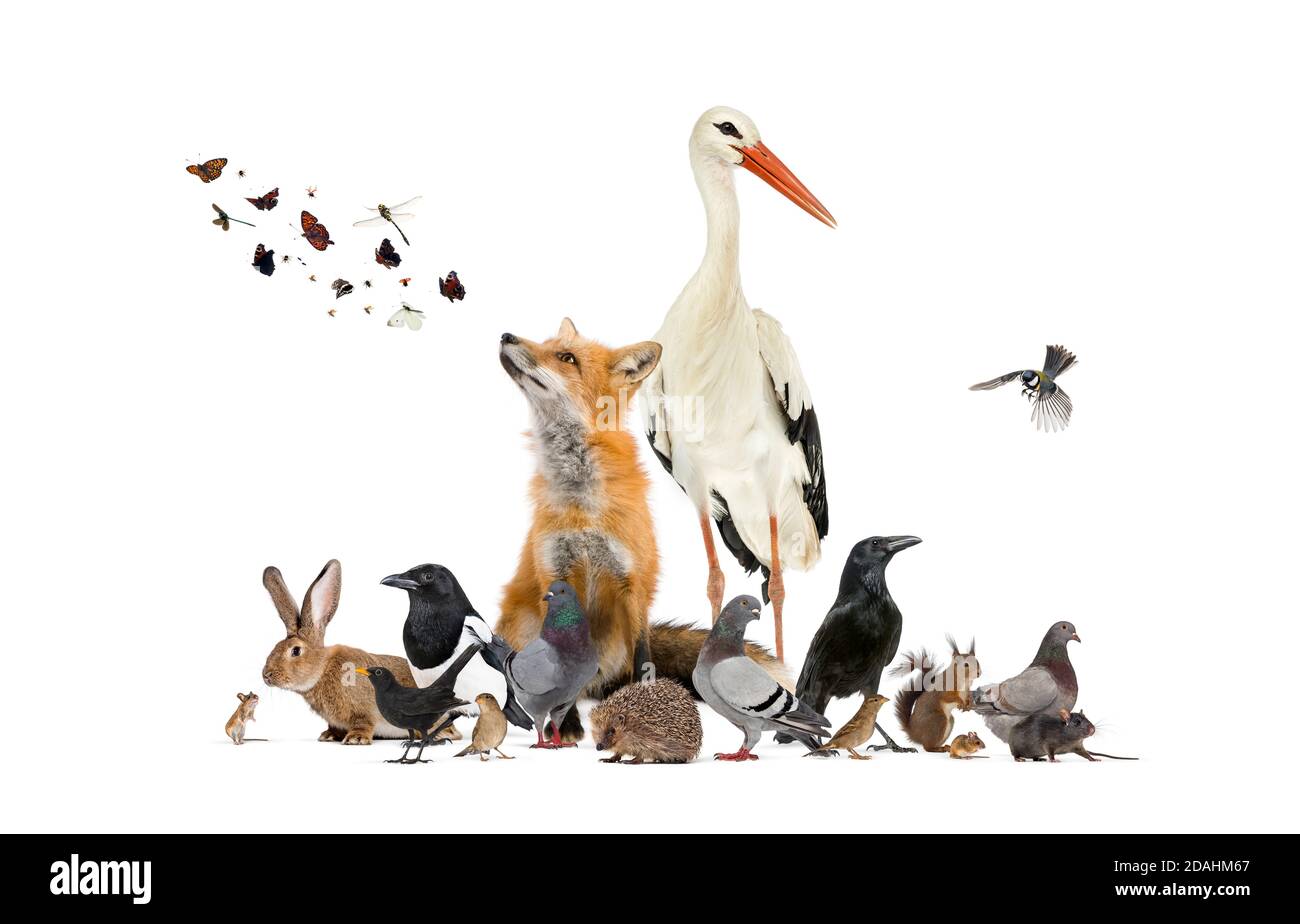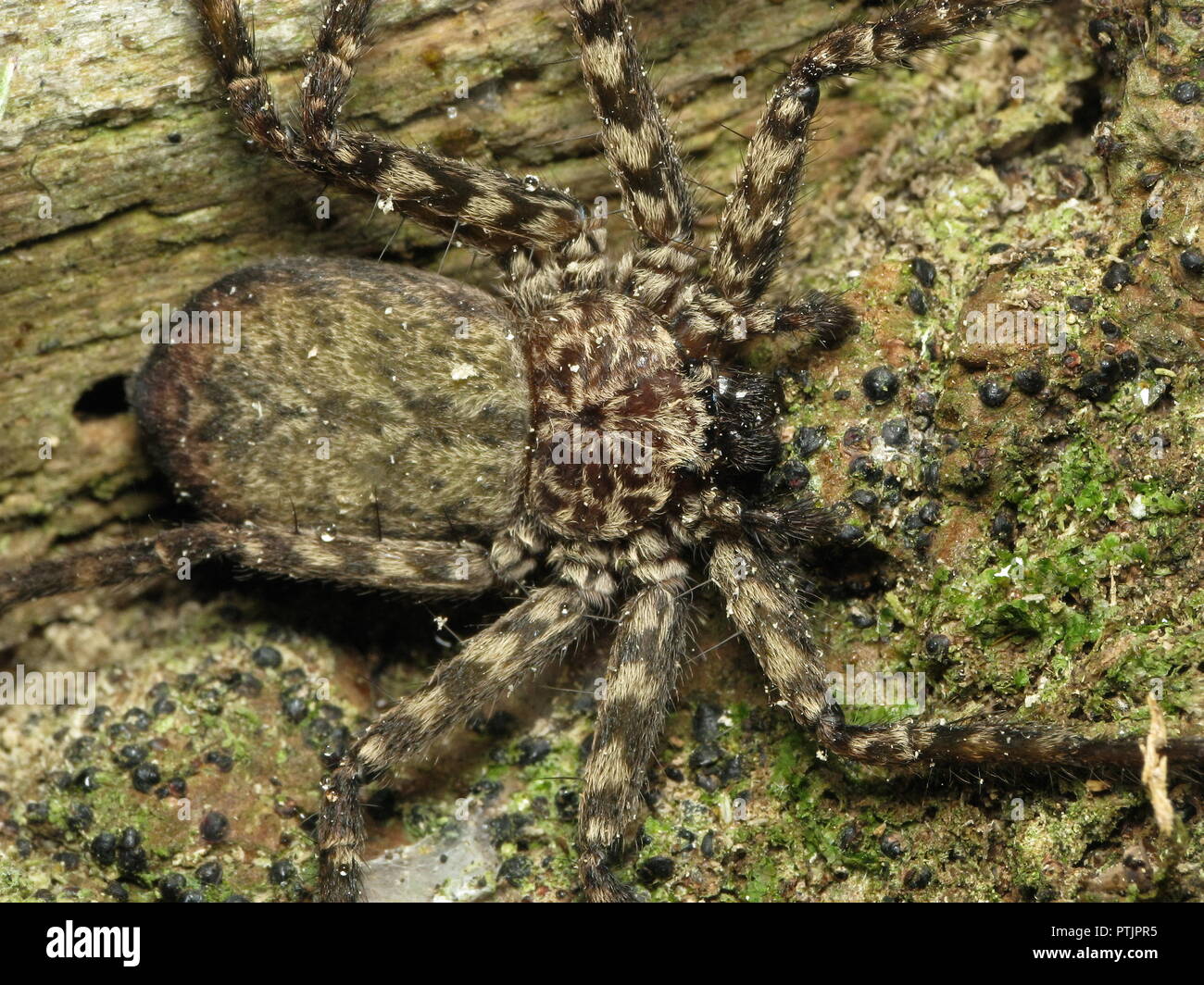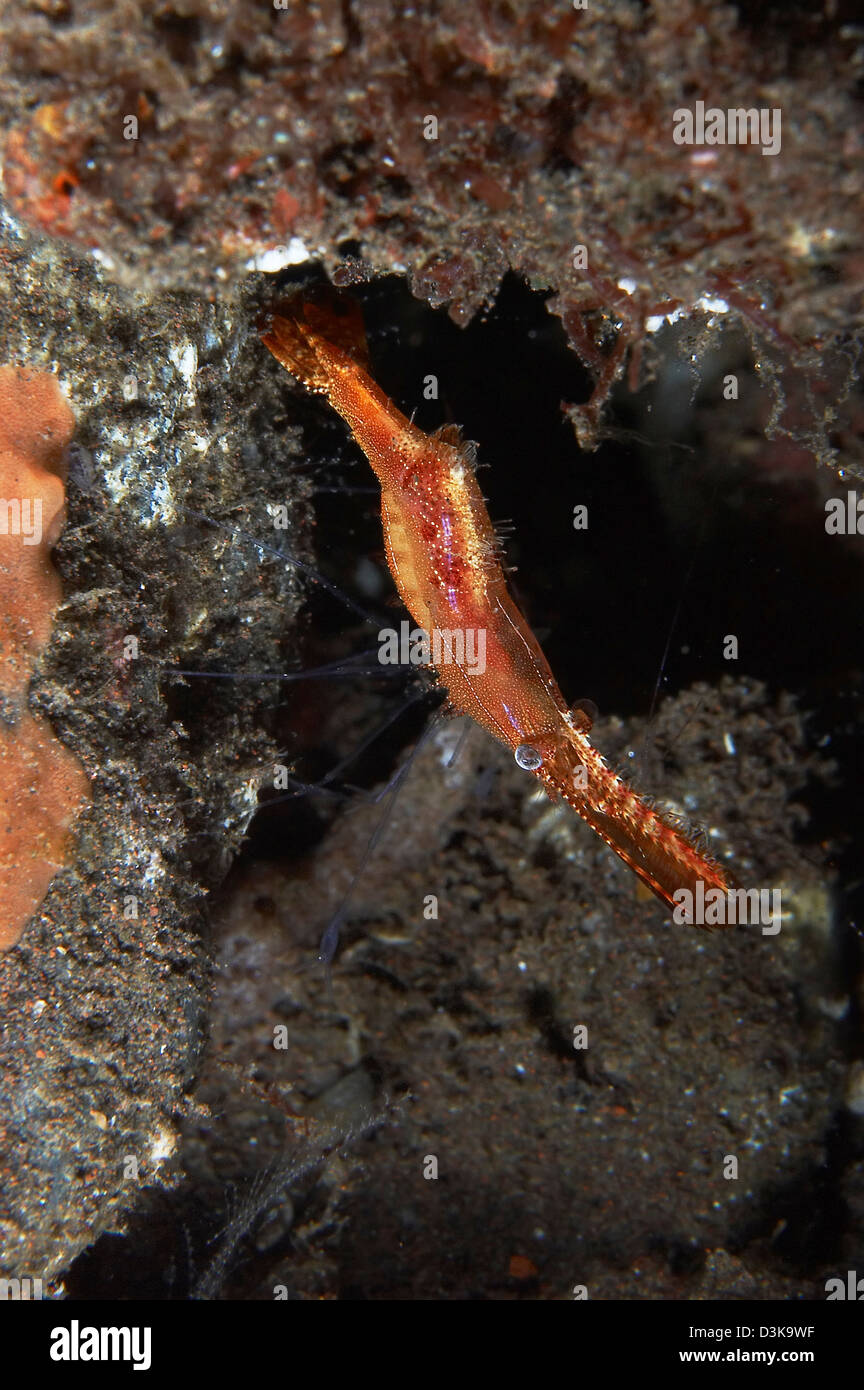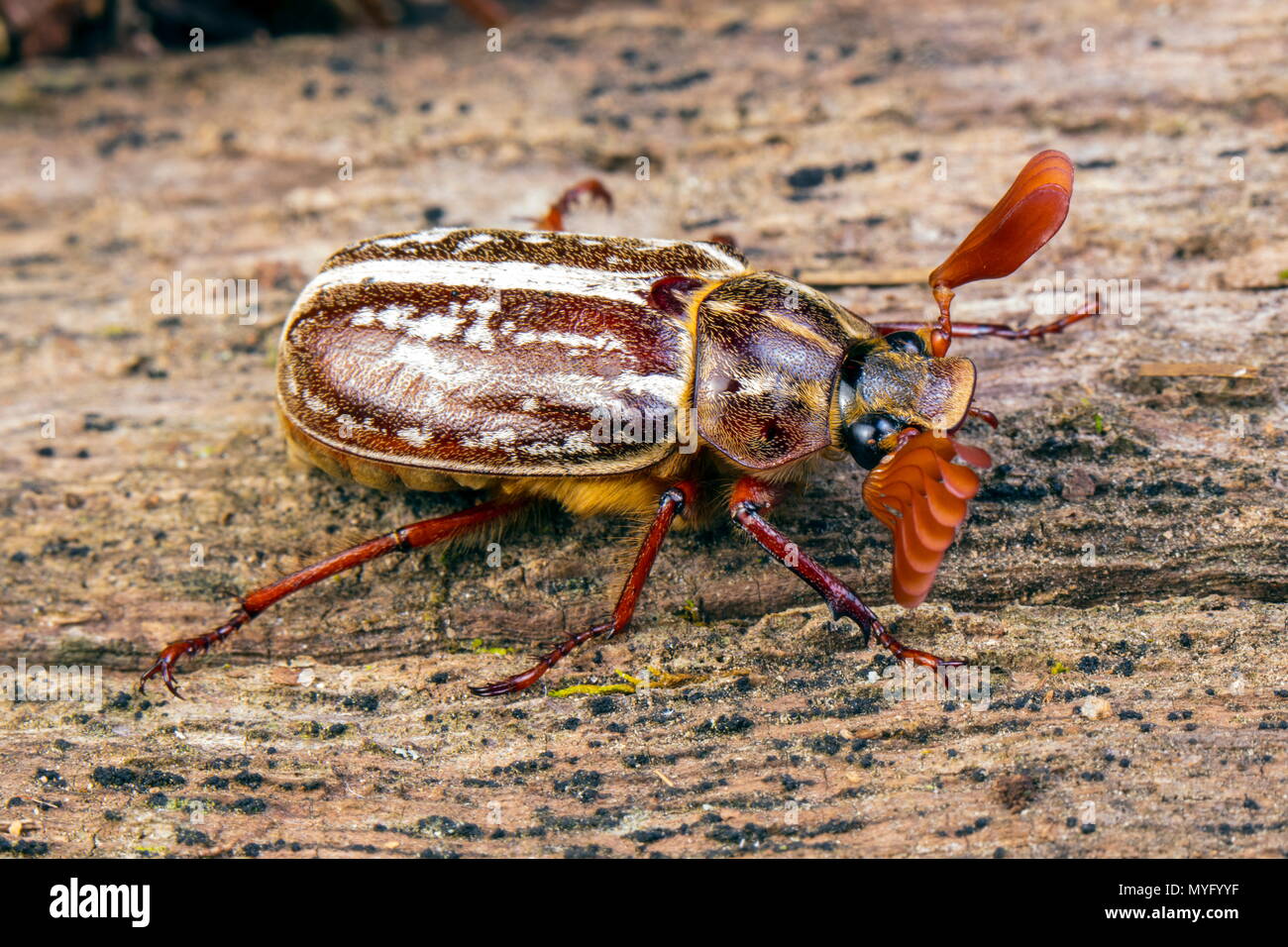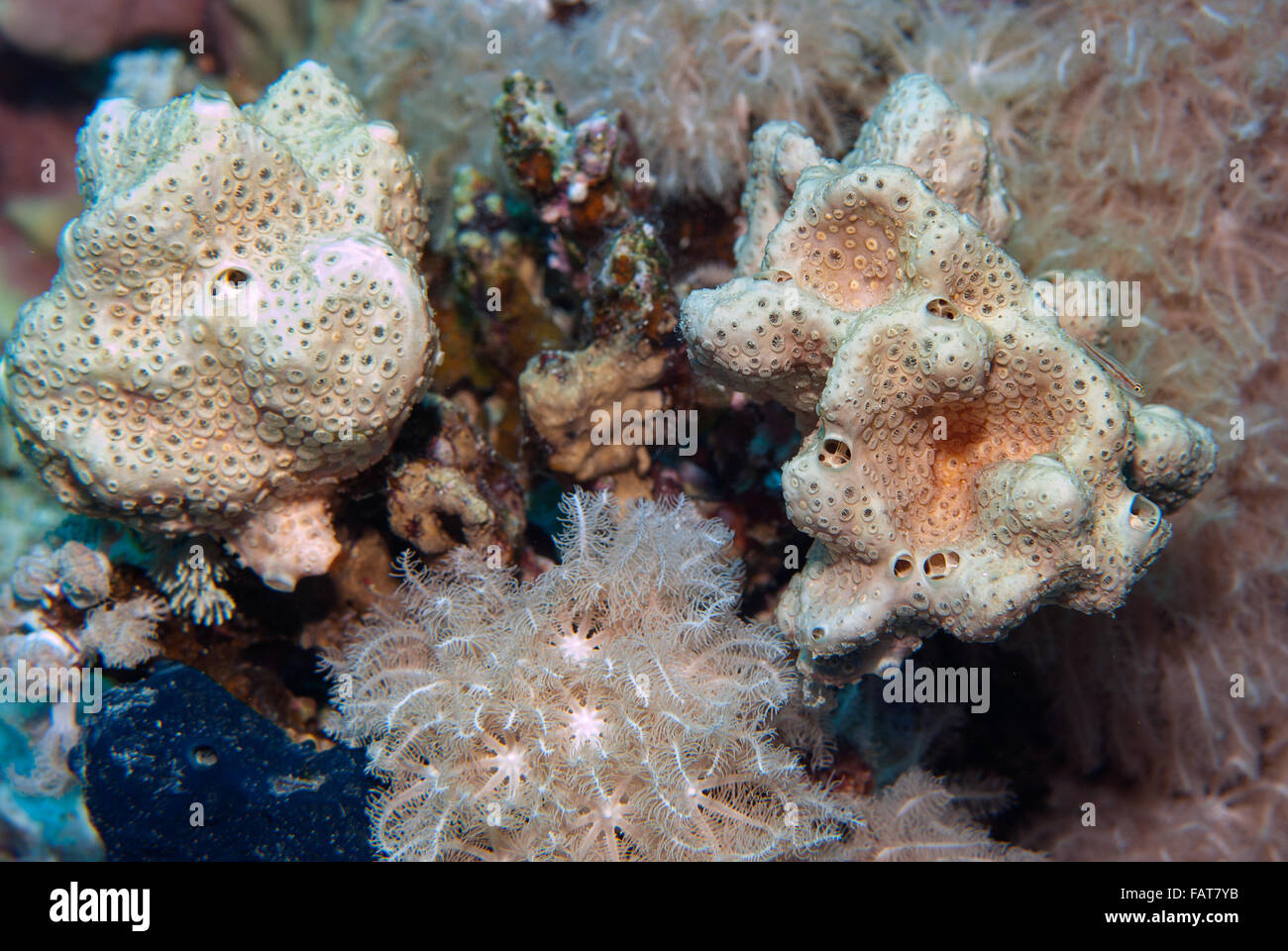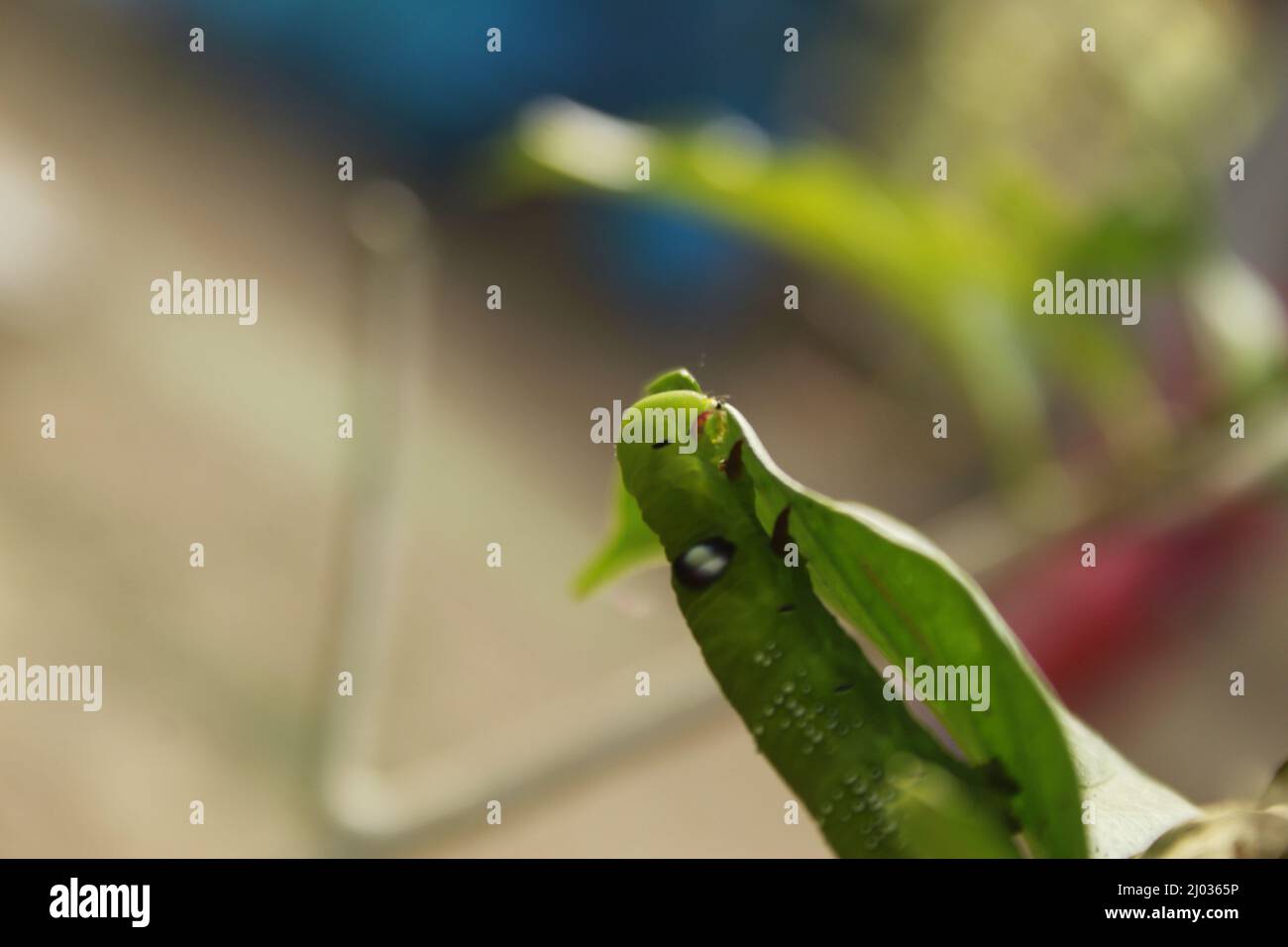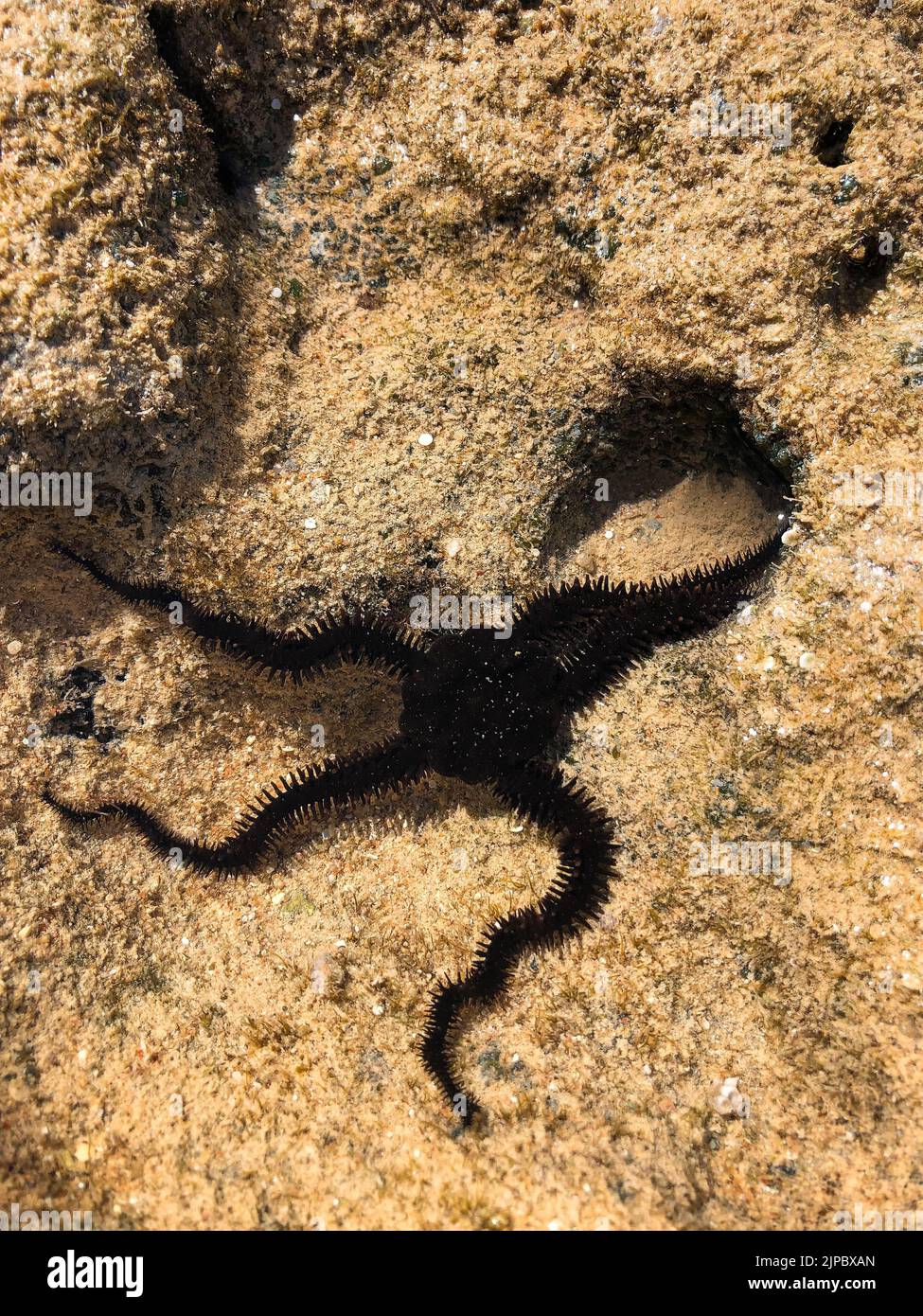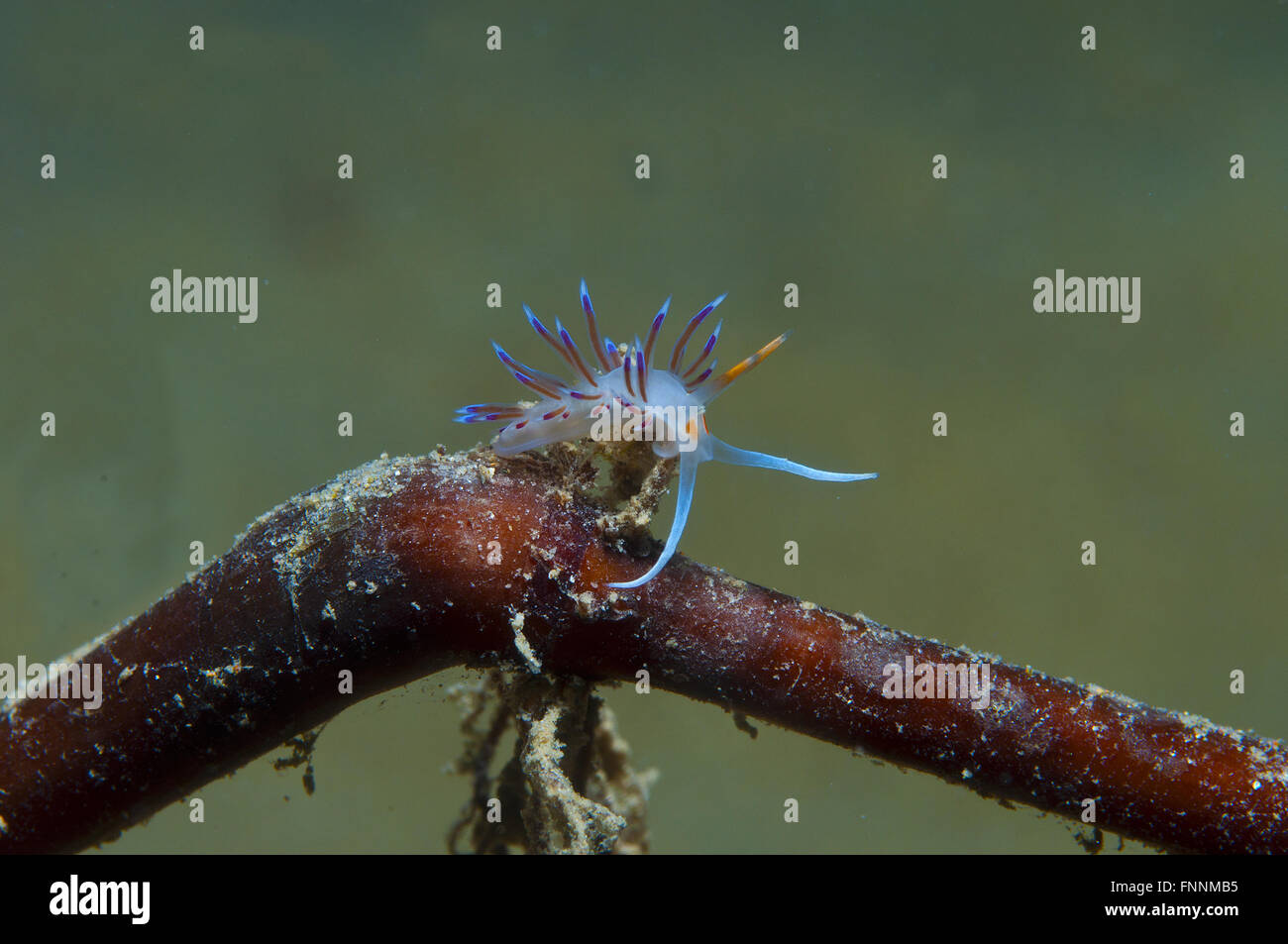Quick filters:
Page 1 of 500
Invertebrate animals Stock Photos and Images
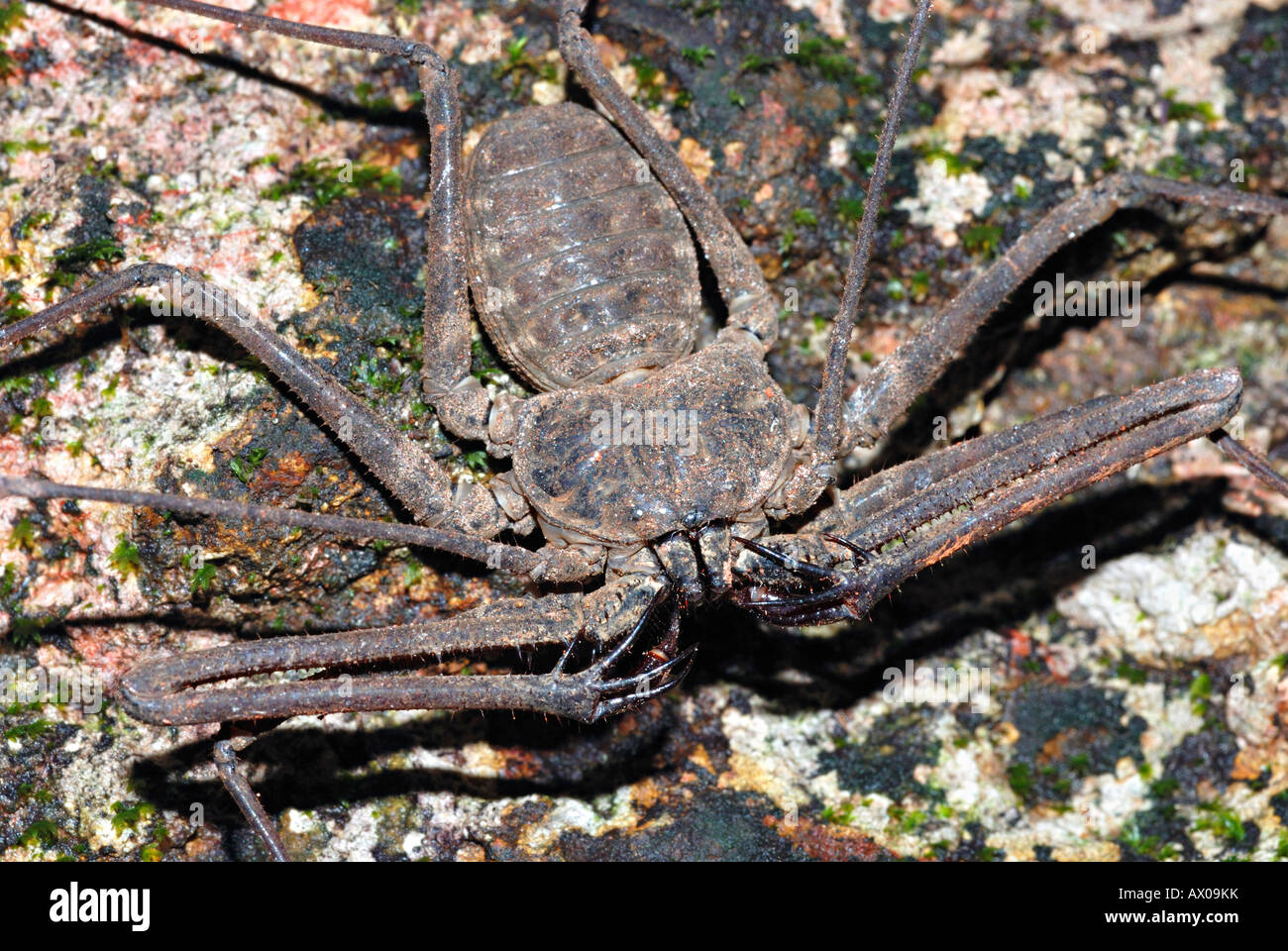
RFAX09KK–Amblypygid - Phrynus, Amblypygi is an order of invertebrate animals belonging to the class Arachnida, in the subphylum Chelicera
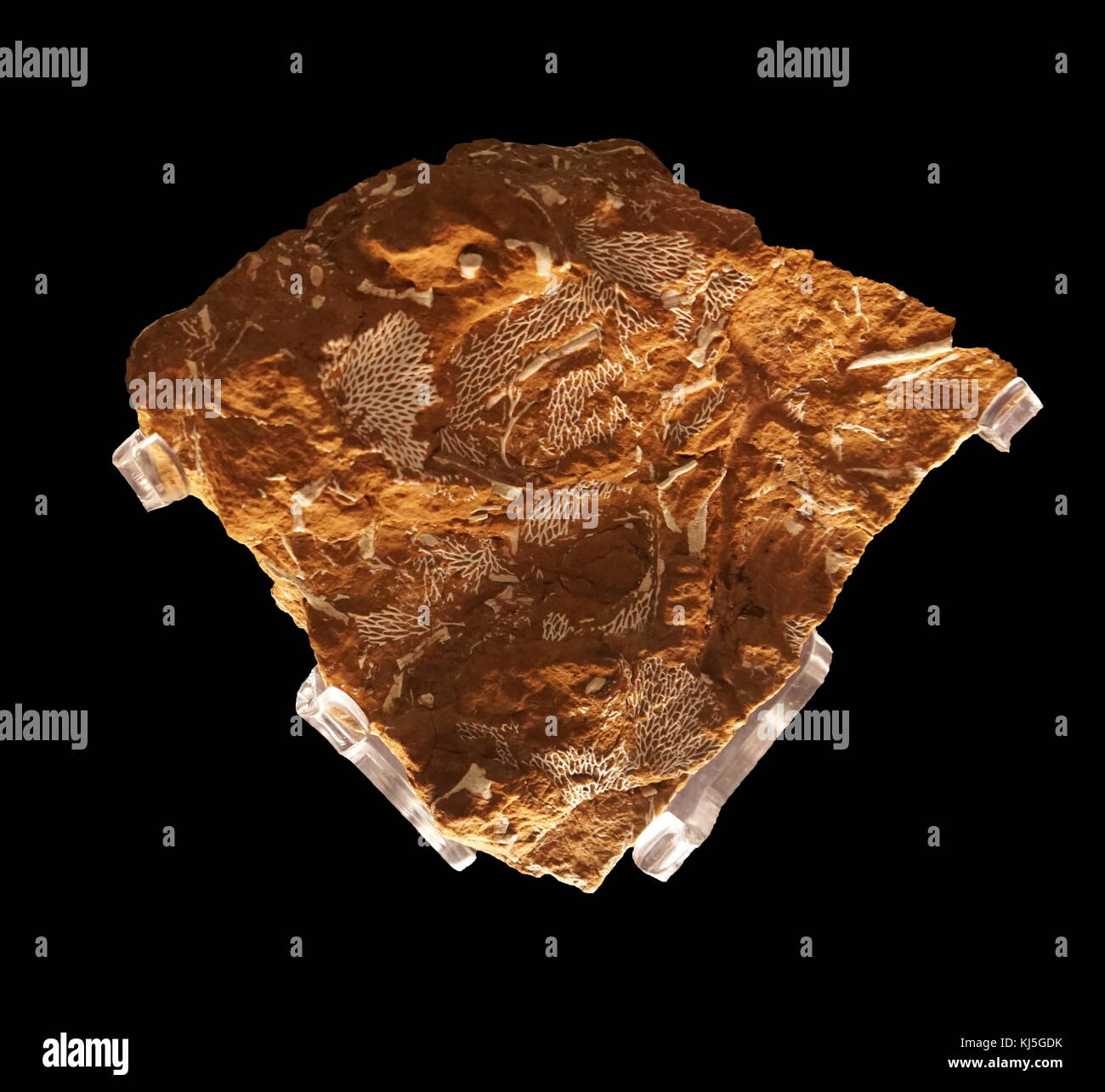
RMKJ5GDK–Chasmatopora Furcata Eichwald Bryozoan also known as the Polyzoa, Ectoprocta, a phylum of aquatic invertebrate animals. 465 million years old; found in Estonia
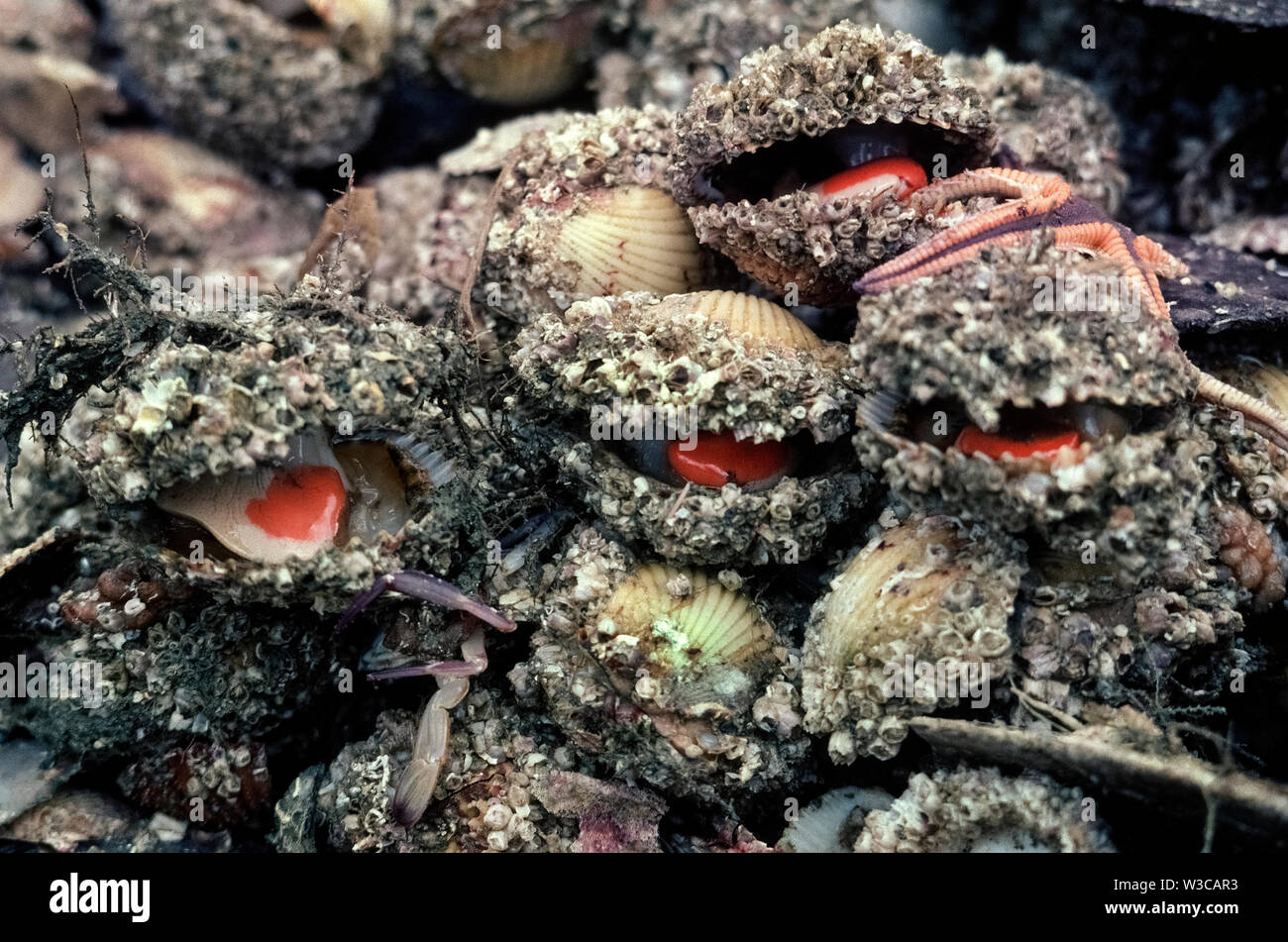
RFW3CAR3–A cluster of sea life dragged up by a fisherman in Florida, USA, shows four shellfish that have popped open to reveal the reddish female reproductive glands of scallops. These invertebrate animals are mollusks that are harvested as a popular seafood. Scallops are bivalves, meaning they have two hinged shells of carbon carbonate that open and close to feed and to move through the water. The opening and closing is controlled by the adductor muscle, which actually is the round, fleshy part of the scallop that we eat. Of the more than 400 species of scallops, two are enjoyed as food in the U.S.
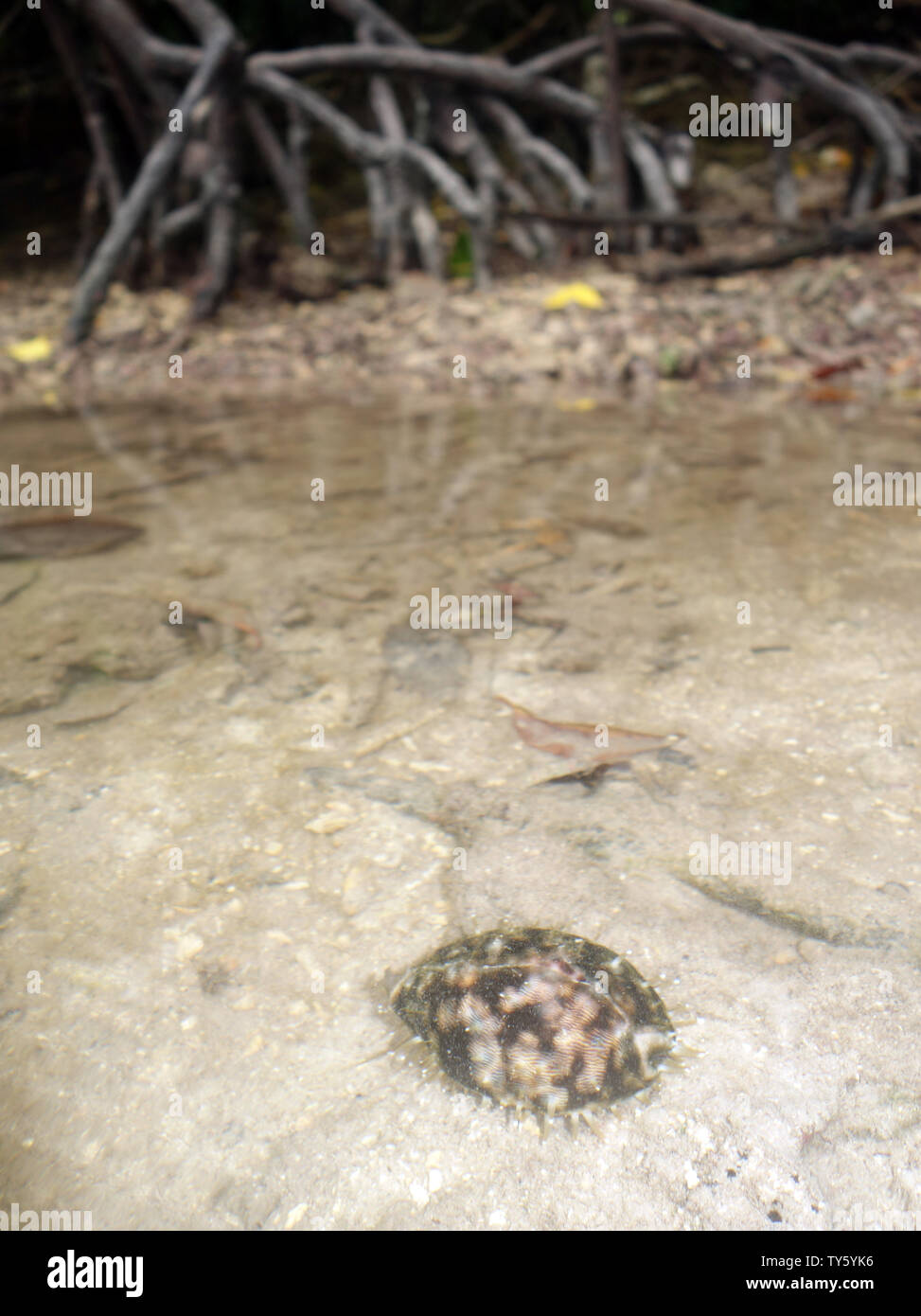
RMTY5YK6–Live tiger cowrie (Cypraea tigris) in estuarine environment amongst mangroves, Malo Island, Espiritu Santo, Vanuatu
RF2AKGRH1–Illustrated Italian lexicon table about mollusks and shellfishes invertebrate animals marine and terrestrial like squids, octopuses, oysters, mussels, conches and snails
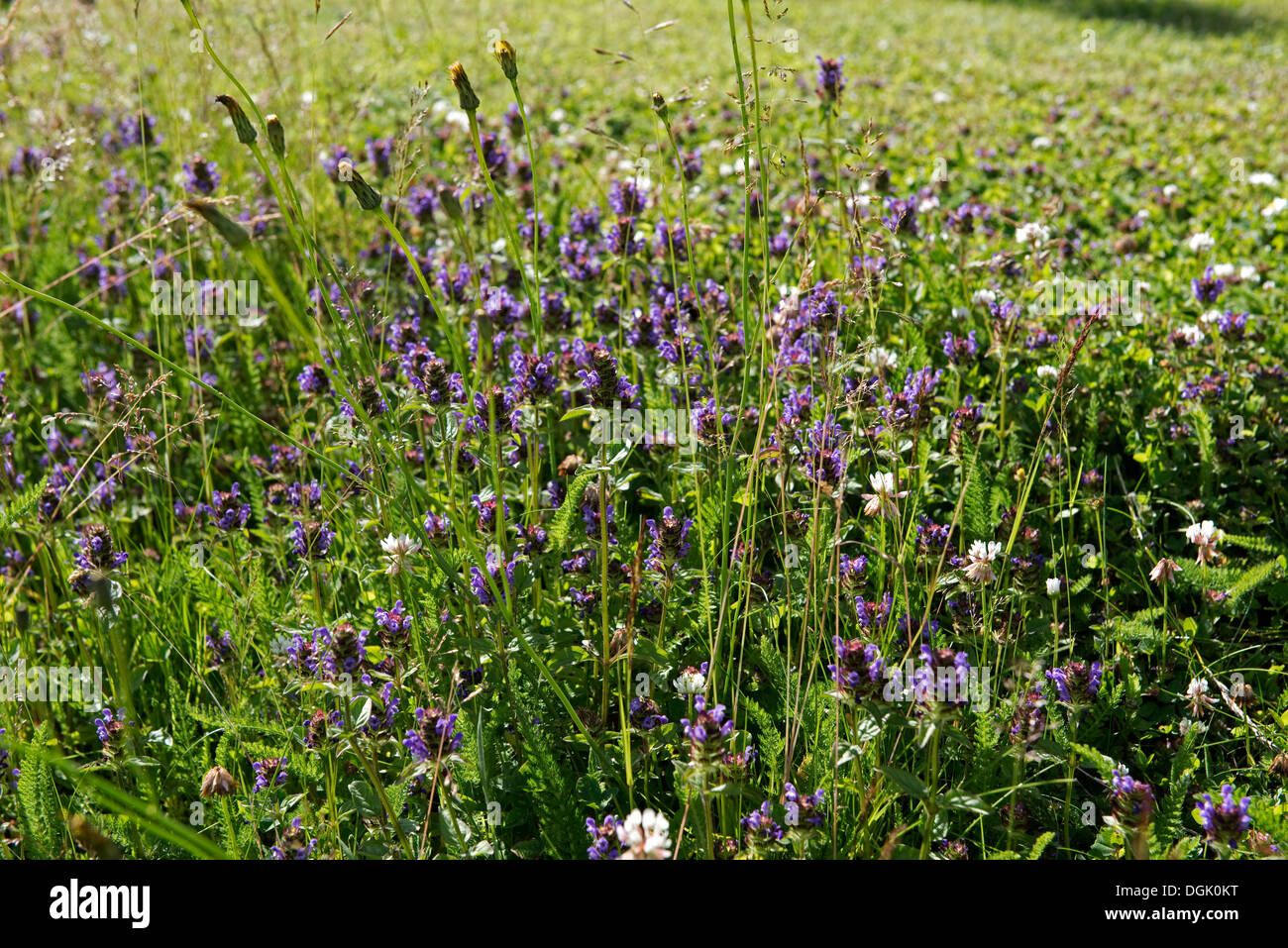
RMDGK0KT–Wild flower bank with self-heal and white clover in flower in a garden to attract invertebrate animals and wildlife
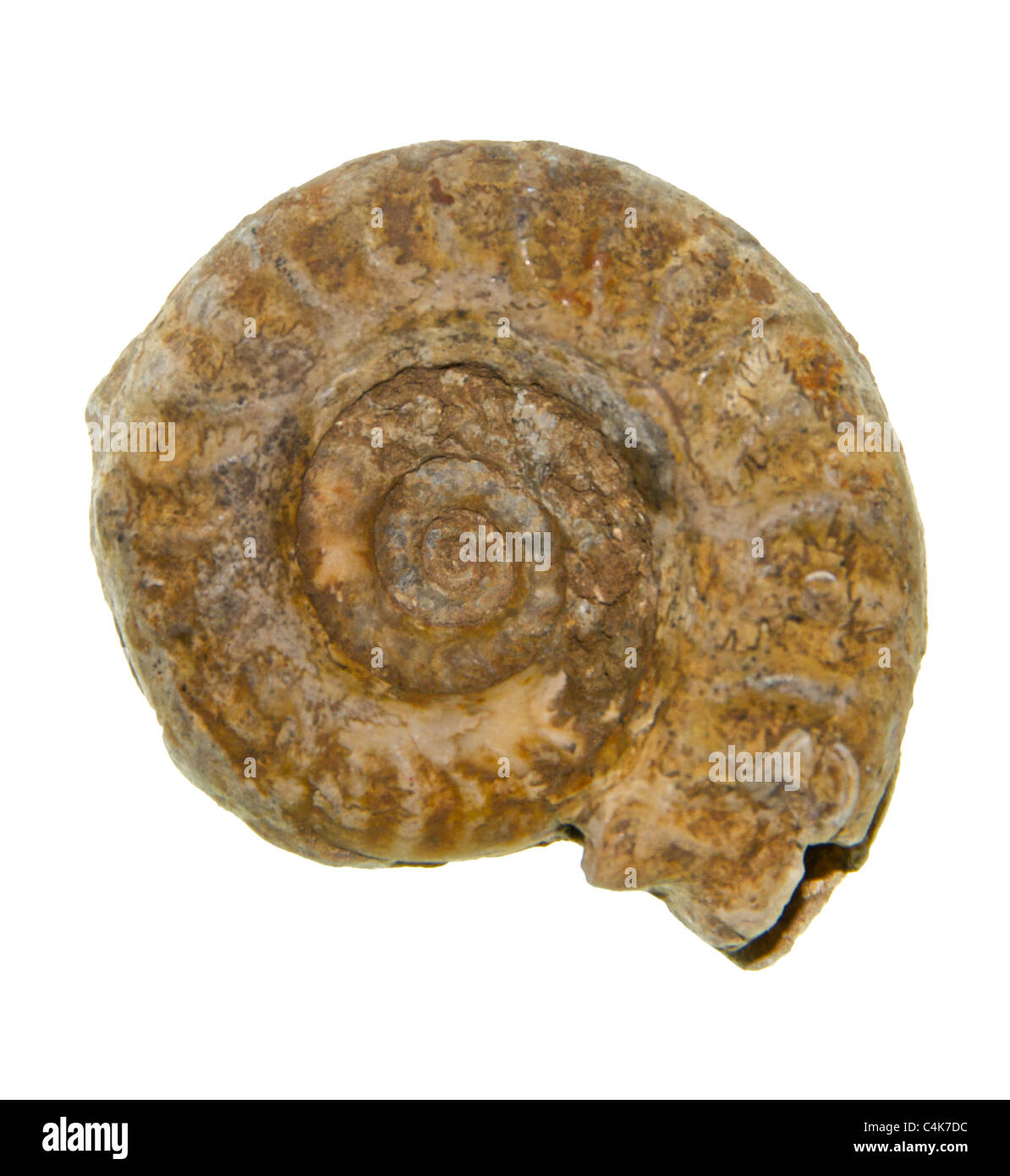
RMC4K7DC–Ammonites (/ˈæmənaɪts/) are an extinct group of marine invertebrate animals in the subclass Ammonoidea
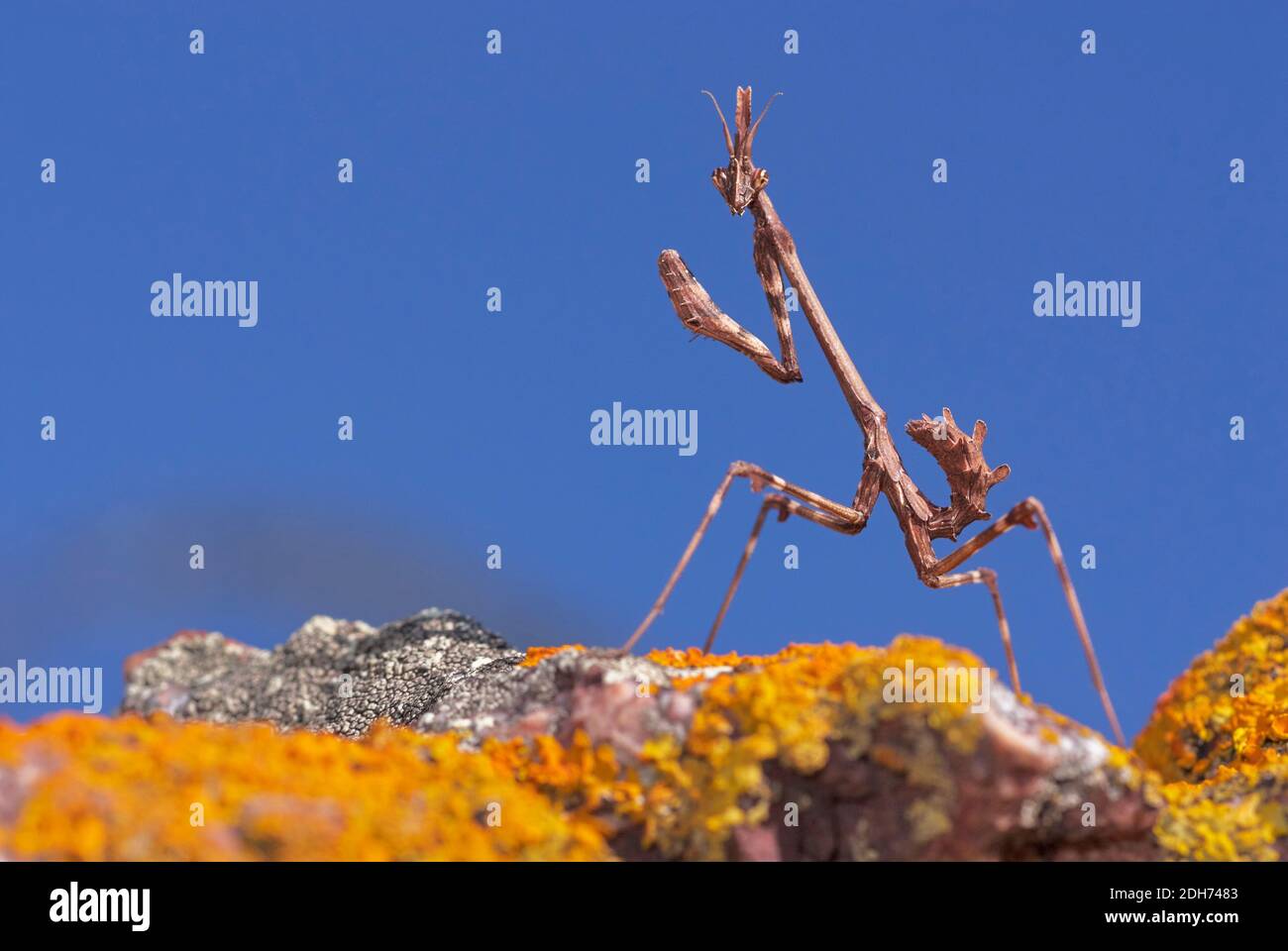
RF2DH7483–stick mantis (Empusa Pennata) on a rock with moss and blue sky in Malaga. Andalusia. Spain
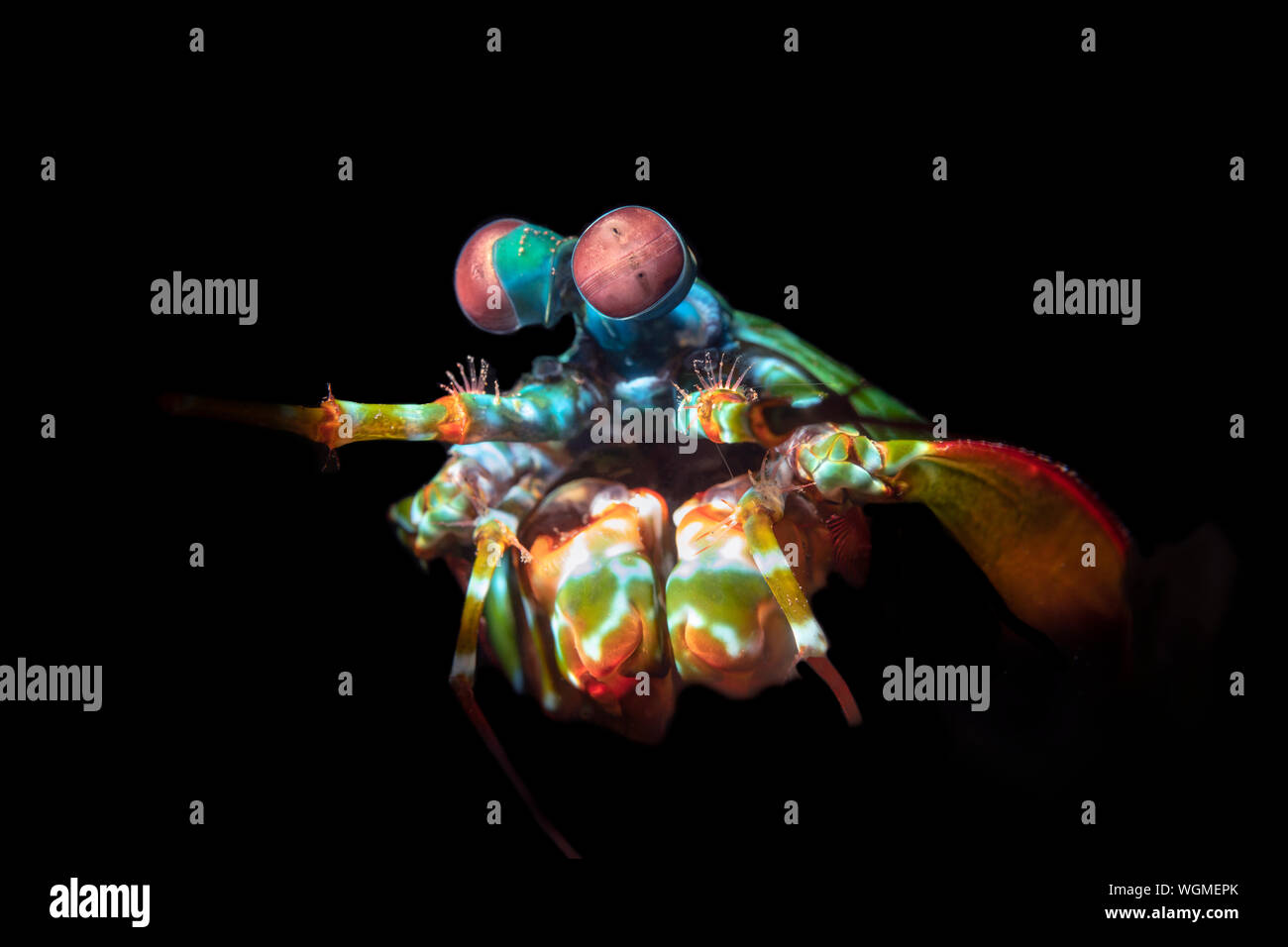
RFWGMEPK–A vibrantly colorful mantis shrimp, lit with a light snoot, peeks out of its burrow. They are thought to have the most complex eyes in the animal kin
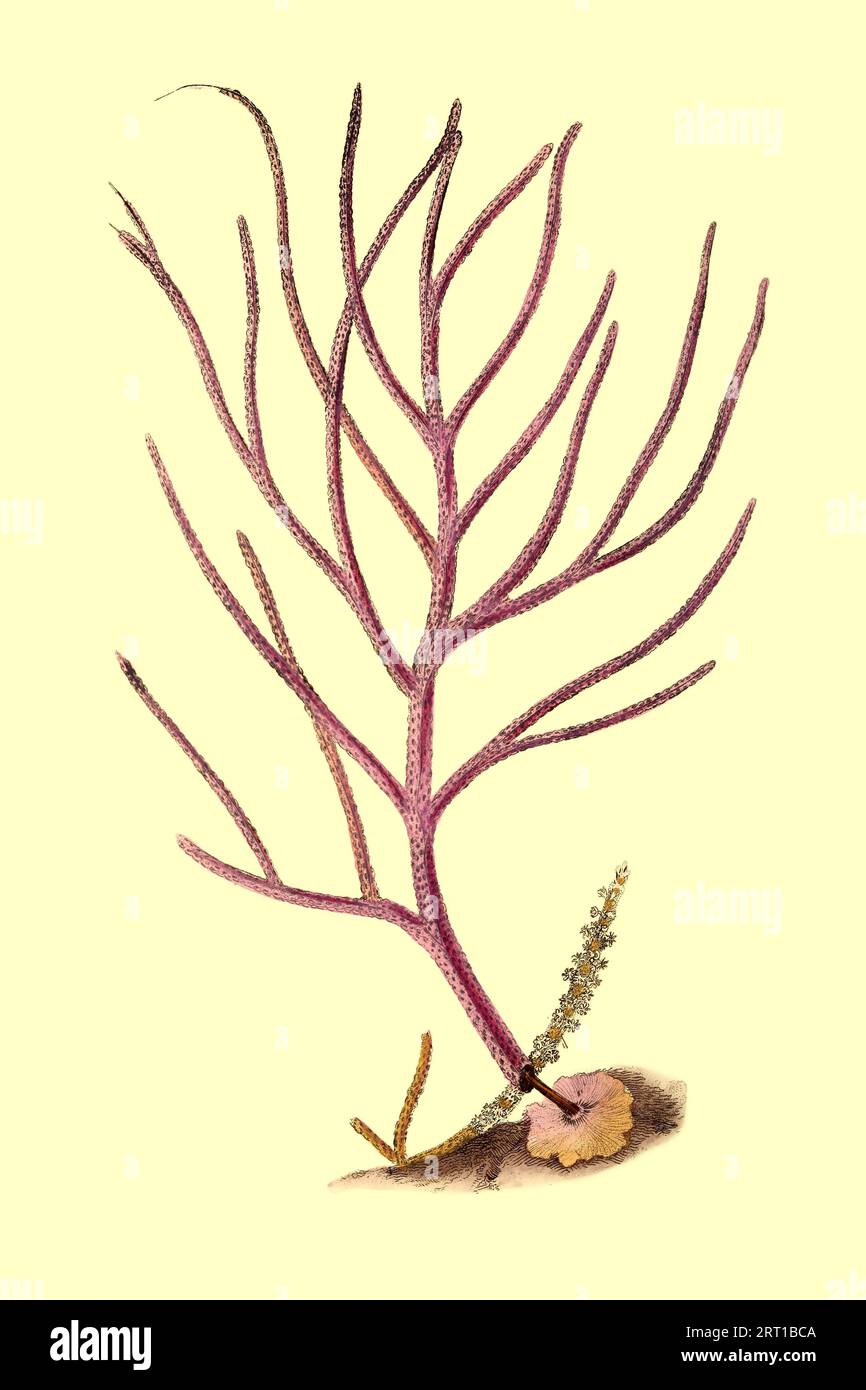
RF2RT1BCA–Gorgonia Ceratophyta, var rubra, Filiform Gorgonia, red variety Alcyonacea are a species of sessile colonial cnidarians that are found throughout the oceans of the world. Coloured Plate from ' The Naturalist's repository, or, Monthly miscellany of exotic natural history by Donovan, E. (Edward), 1768-1837 Volume 4 1826 Consisting of elegantly coloured plates with appropriate scientific and general directions of the most curious, scarce, and beautiful productions of nature that have been recently discovered in various parts of the world the latest improvements in the various department of scienc
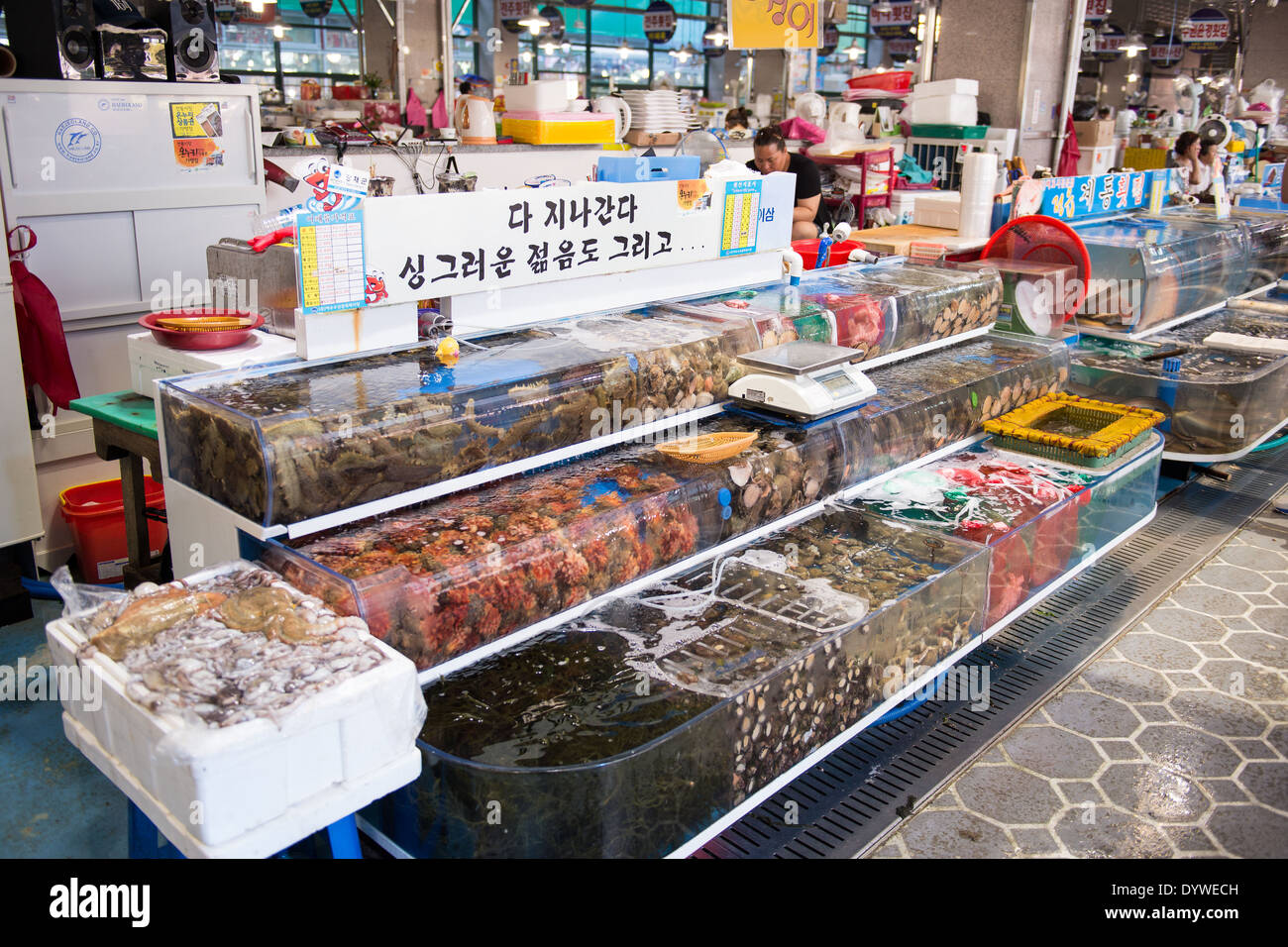
RFDYWECH–Booth inside the big fish market in Yeosu, South Korea with living invertebrate animals such as snails octopus mussles algae and
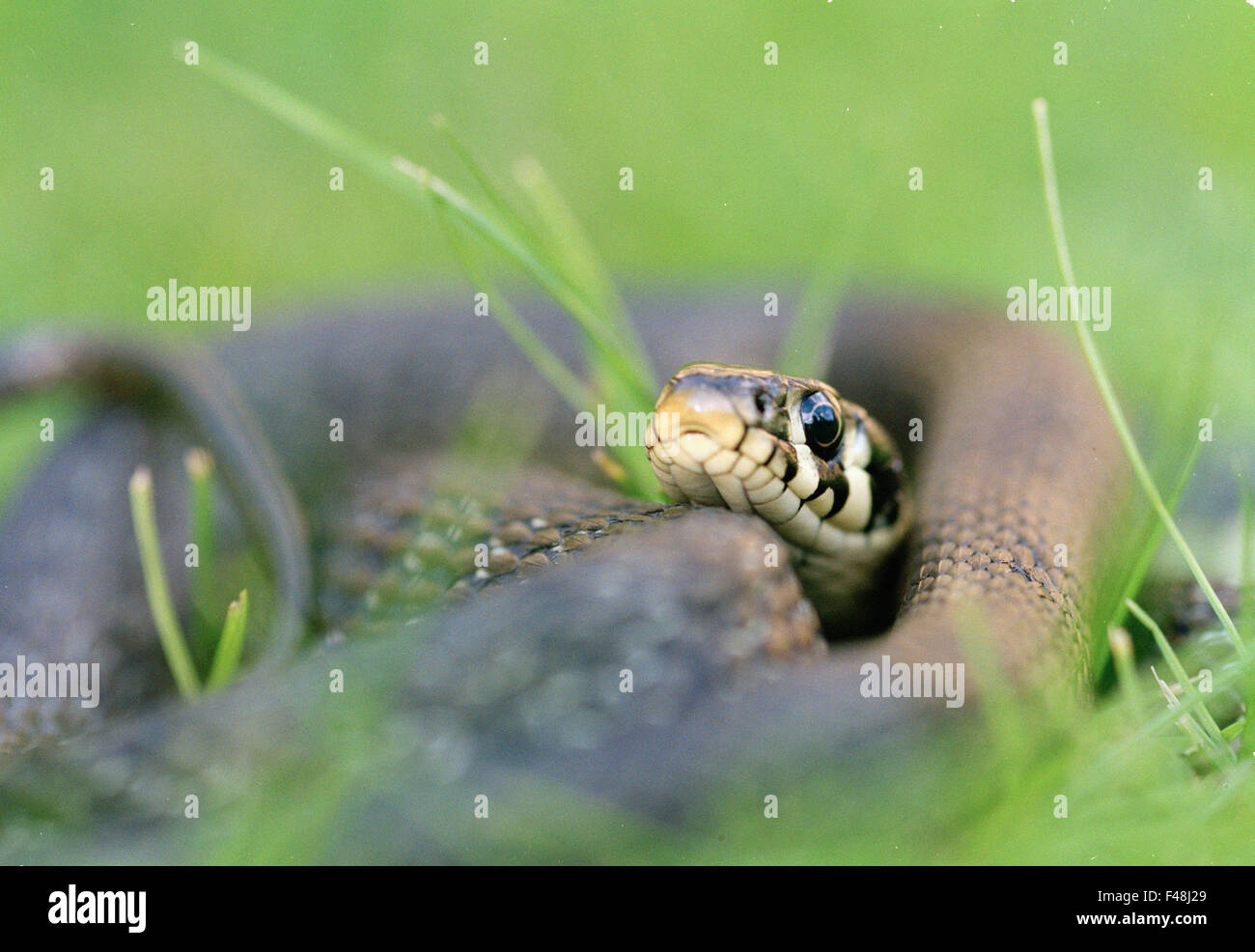
RFF48J29–amphibians black close-up color image day grass grass snake gray Haninge head horizontal invertebrate animals lying outdoors
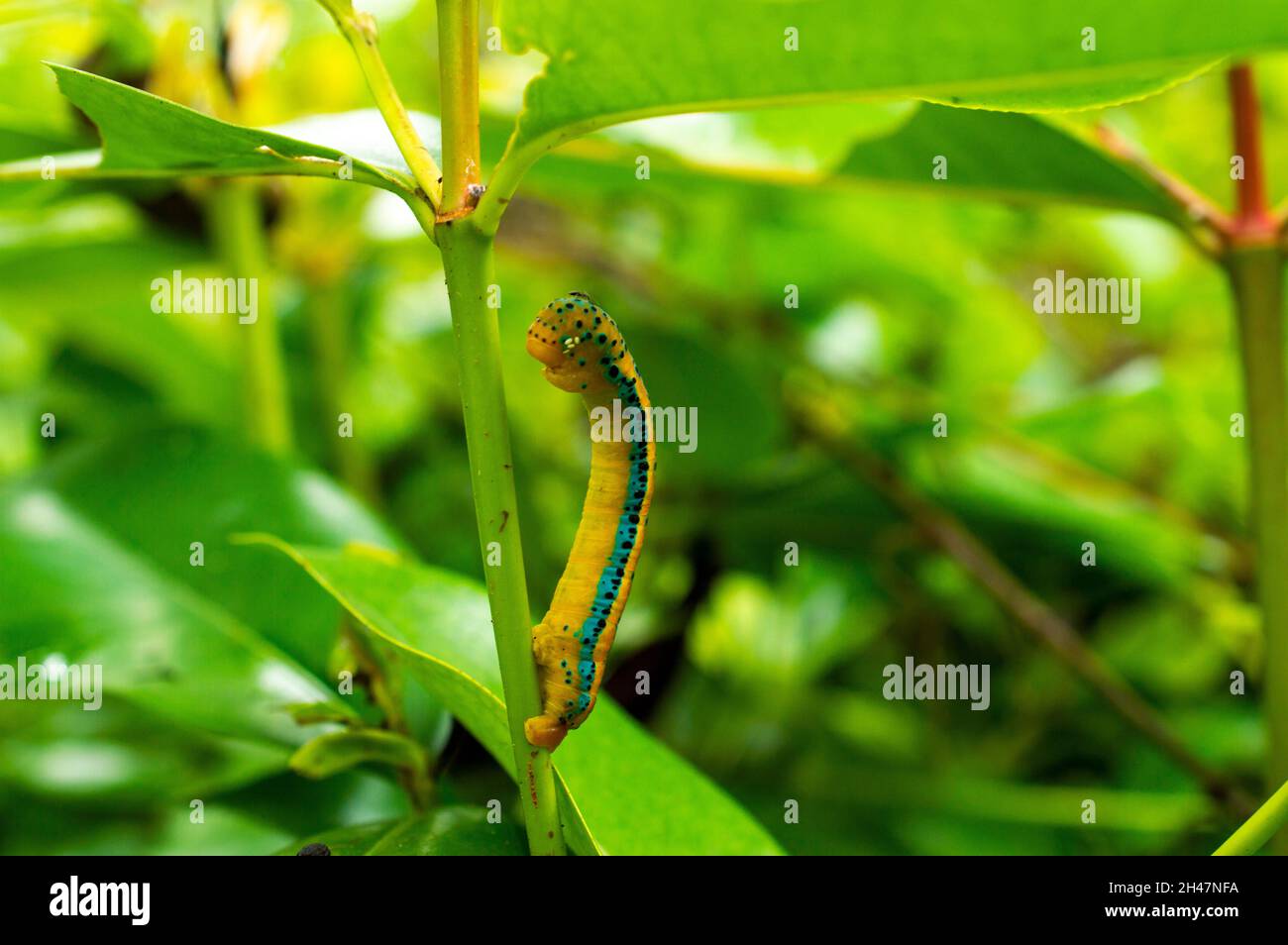
RF2H47NFA–Caterpillars are the larval stage of butterflies and moths. Most of them are herbivorous and agricultural pest. They have worm like bodies

RM2CBY237–Elephant Ear Sponge, Ianthella basta, Ianthellidae, Anilao, Philippines, Indo-pacific Ocean, Asia
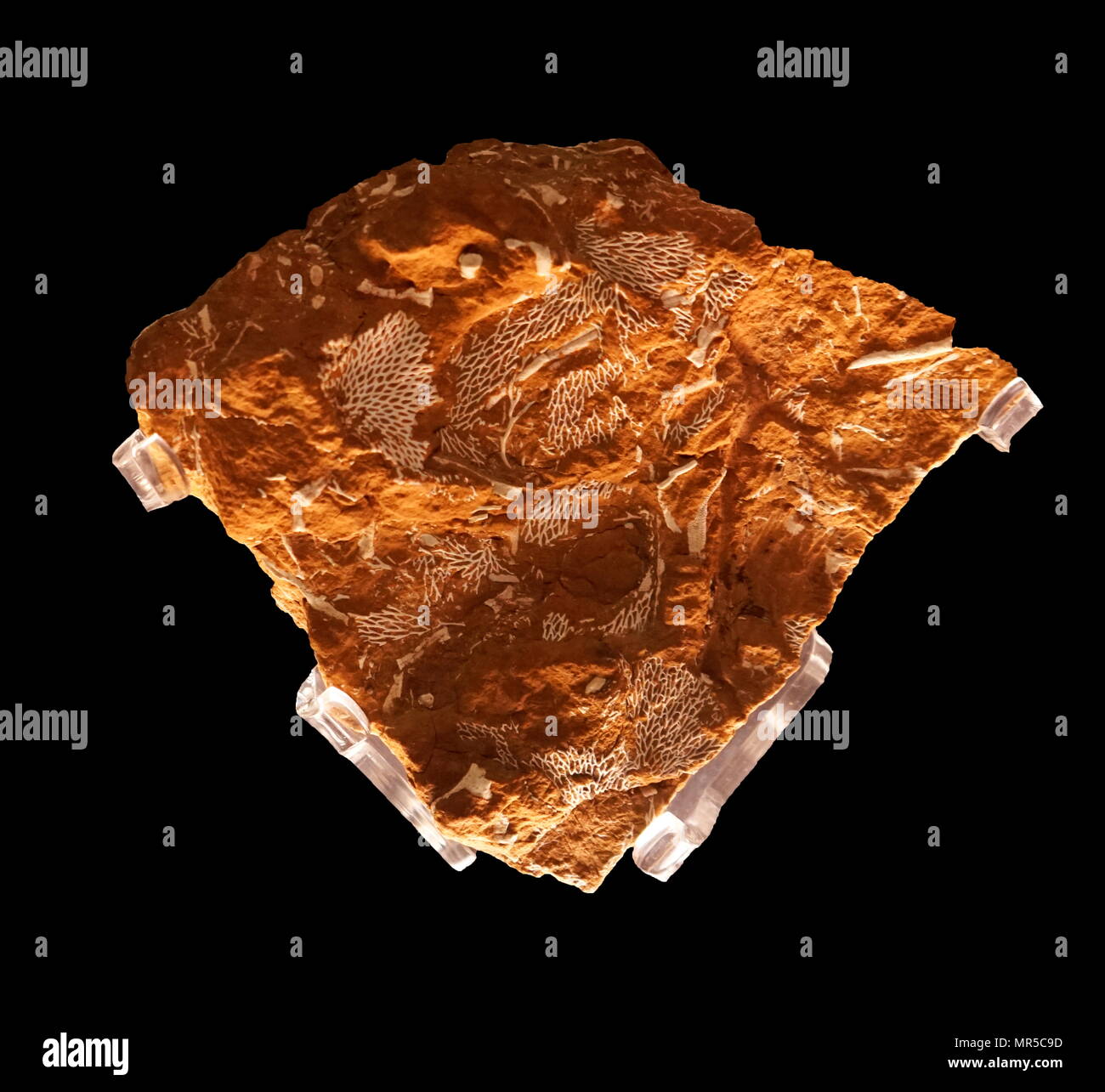
RMMR5C9D–Photograph of a Chasmatopora Furcata Eichwald Bryozoan also known as the Polyzoa, Ectoprocta, a phylum of aquatic invertebrate animals. 465 million years old; found in Estonia. Dated 21st Century
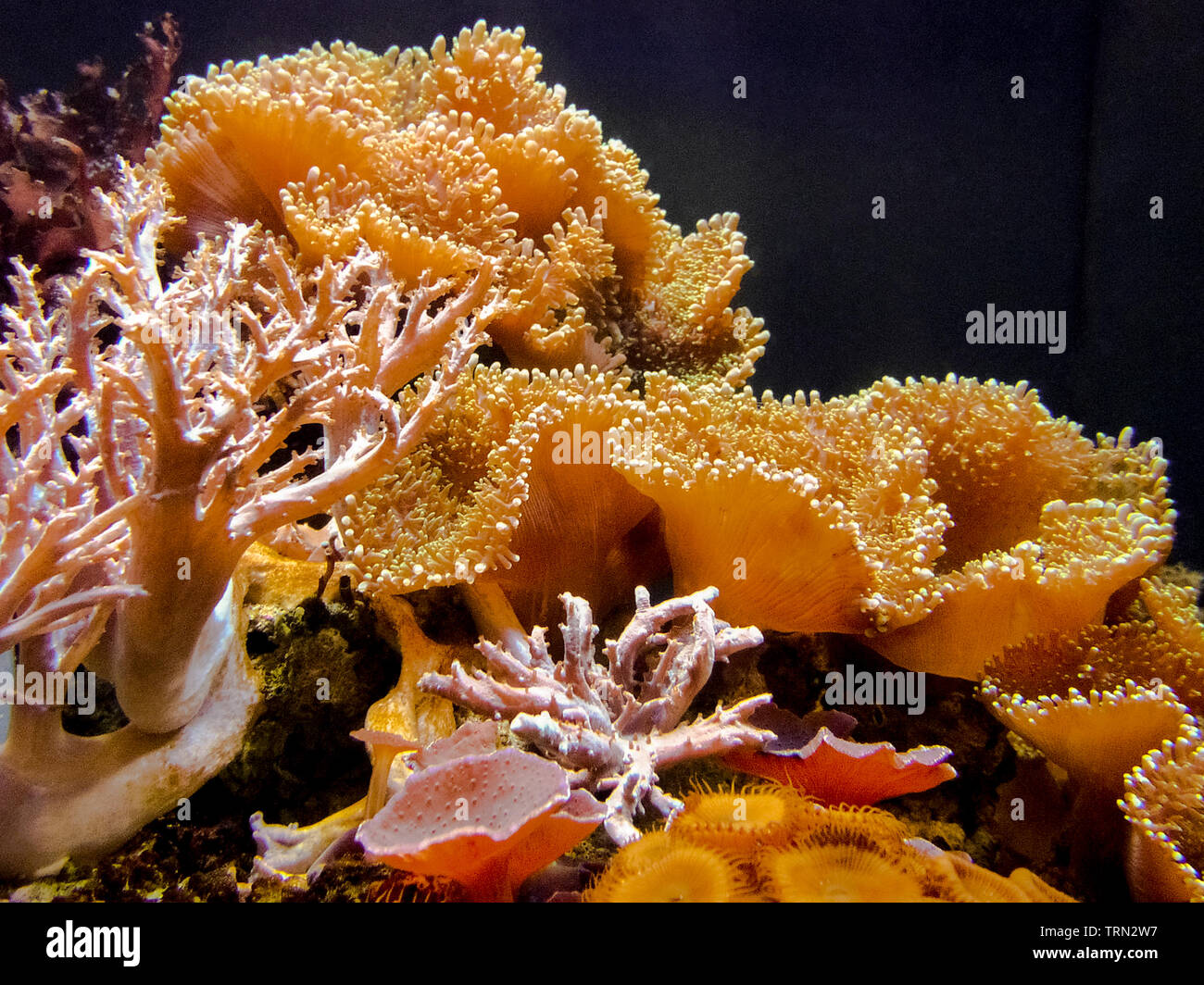
RFTRN2W7–Sea corals living underwater can be easily seen through the glass sides of an aquarium at the Mote Marine Laboratory, a popular tourist attraction in Sarasota, Florida, USA. Corals are soft-bodied organisms, called polyps, that grow over many years on a skeleton of hard, protective limestone to form coral reefs that support many types of marine life. These invertebrate animals are often found in shallow tropical waters where sunlight photosynthesizes algae hosted by the polyps and provides nutrients to the coral. Global warming and pollution are ongoing threats to coral reefs around the world.
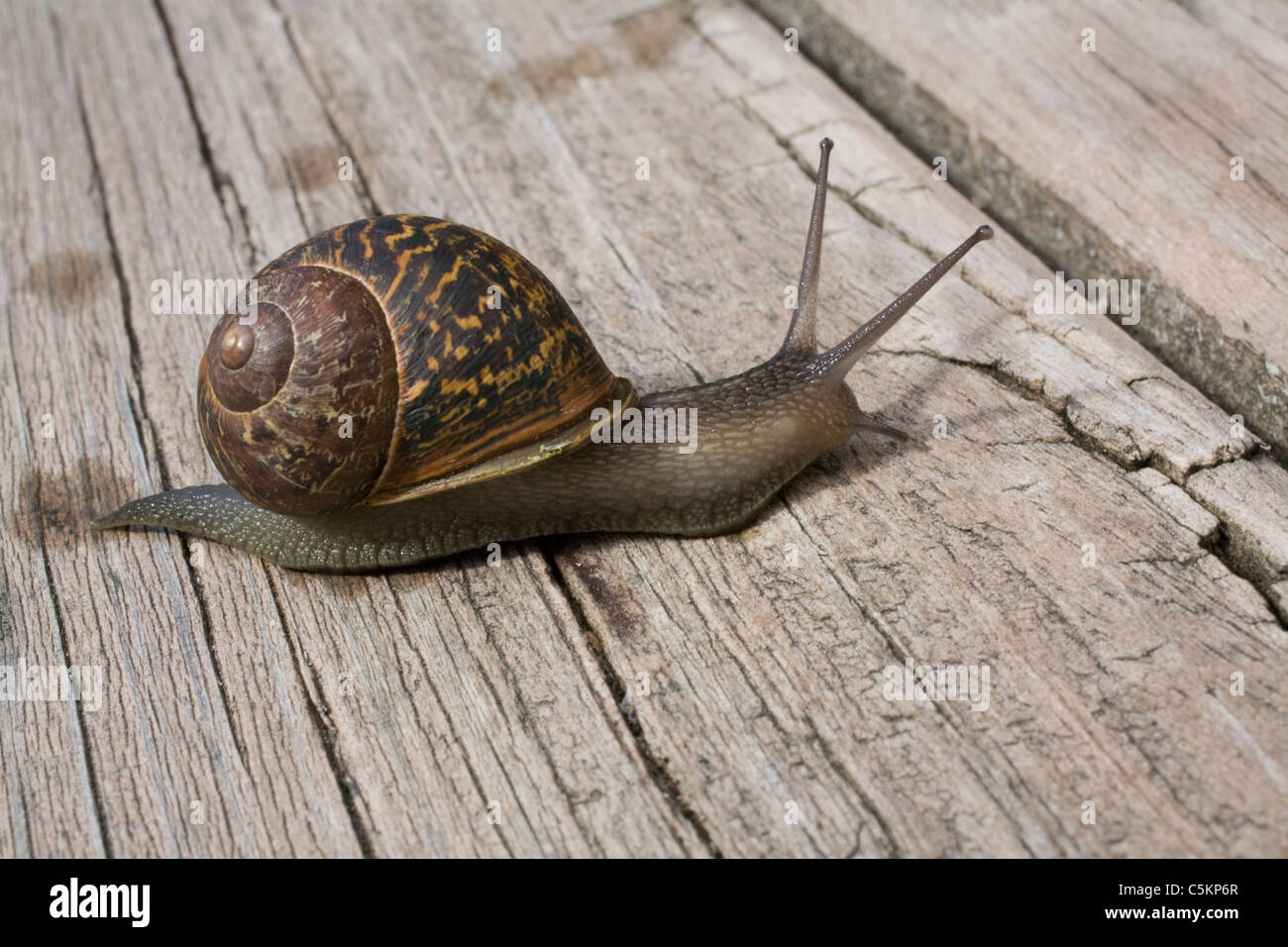
RMC5KP6R–mollusc, invertebrate, animal, animals, snail, snail's pace, slow progress, shell, spiral, trail, crossing, brown, move,
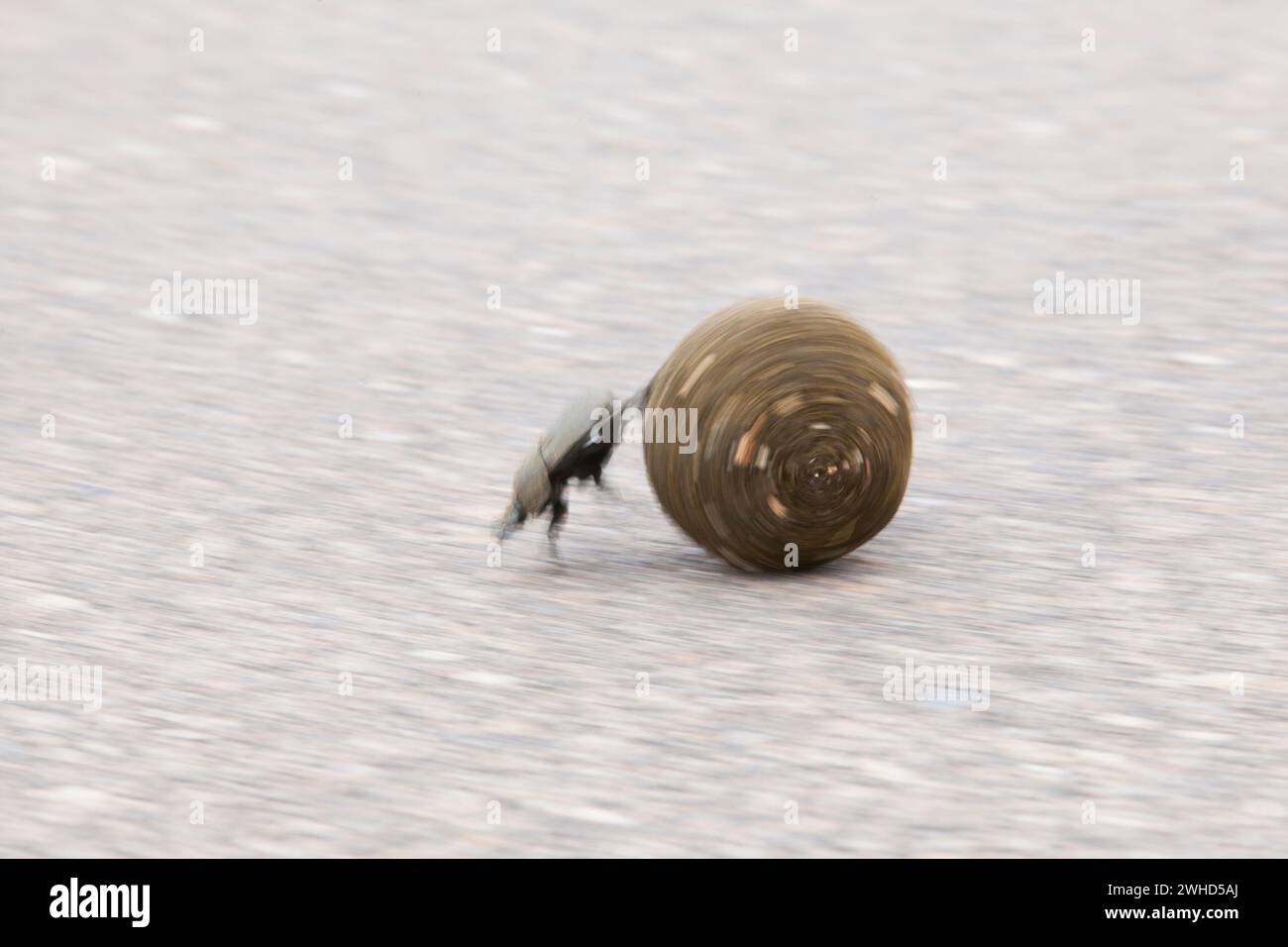
RM2WHD5AJ–Africa, Dung Beetle, Invertebrate, Kruger National Park, South Africa, Limpopo Province, South Africa, daytime, National Park, nature, no people, safari, tourism, blurred motion, animals in the wild, bush, action, rolling
RF2AKGRFA–Illustrated Italian lexicon table about Arthropods invertebrate animals with segmented body like insects, arachnids, myriapods and crustaceans
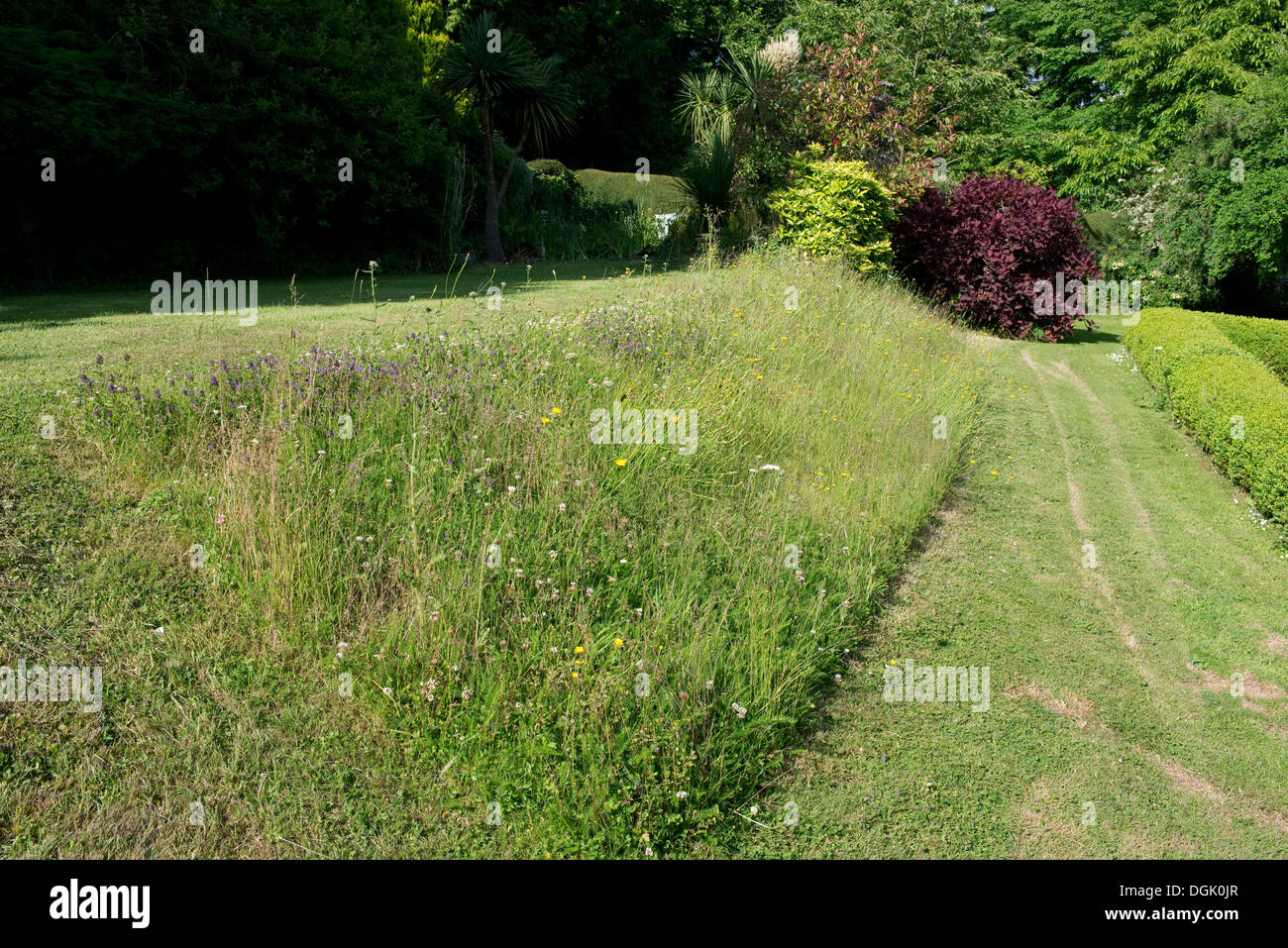
RMDGK0JR–Wild flower bank with self-heal and white clover in flower in a garden to attract invertebrate animals and wildlife
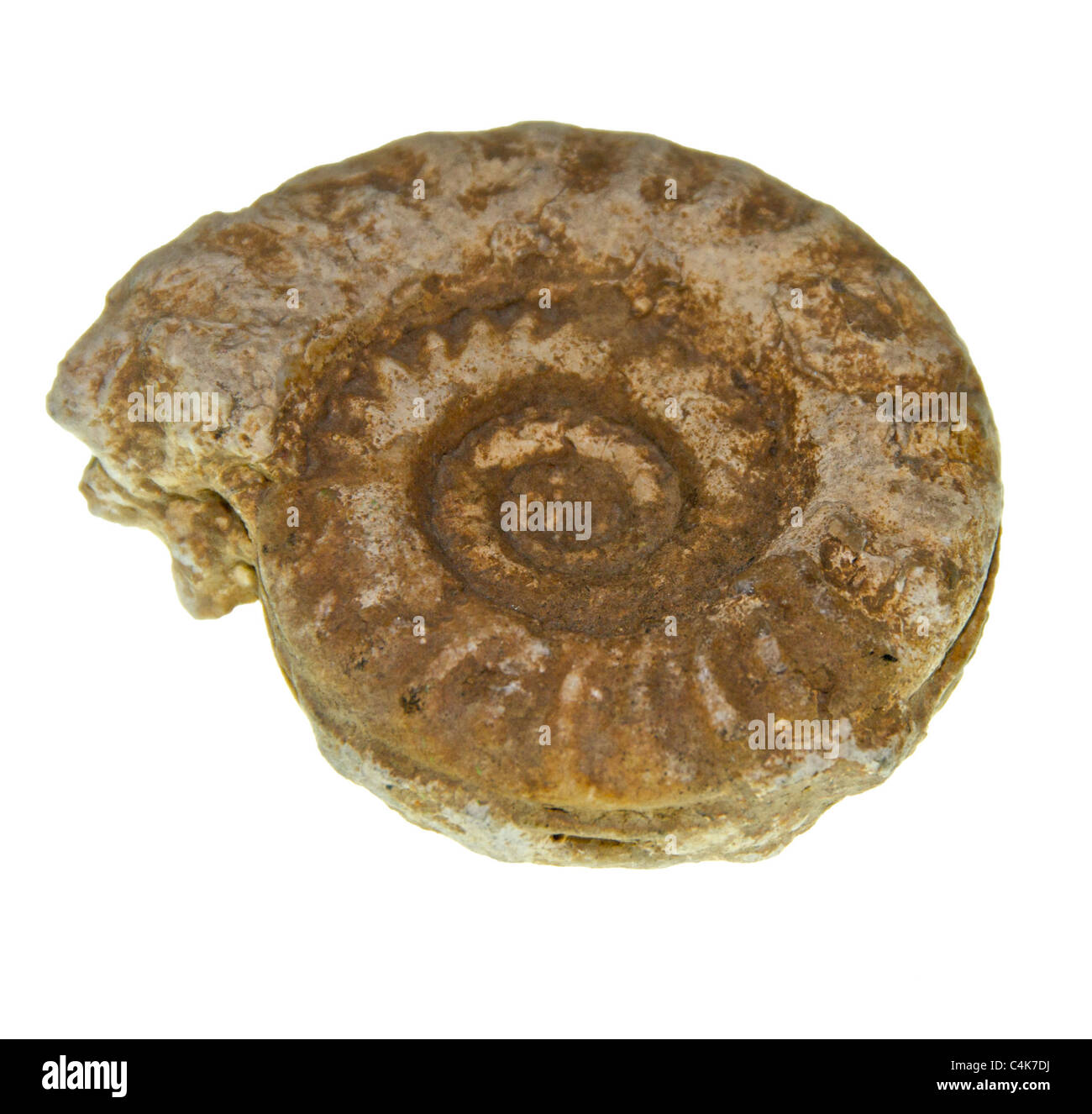
RMC4K7DJ–Ammonites (/ˈæmənaɪts/) are an extinct group of marine invertebrate animals in the subclass Ammonoidea
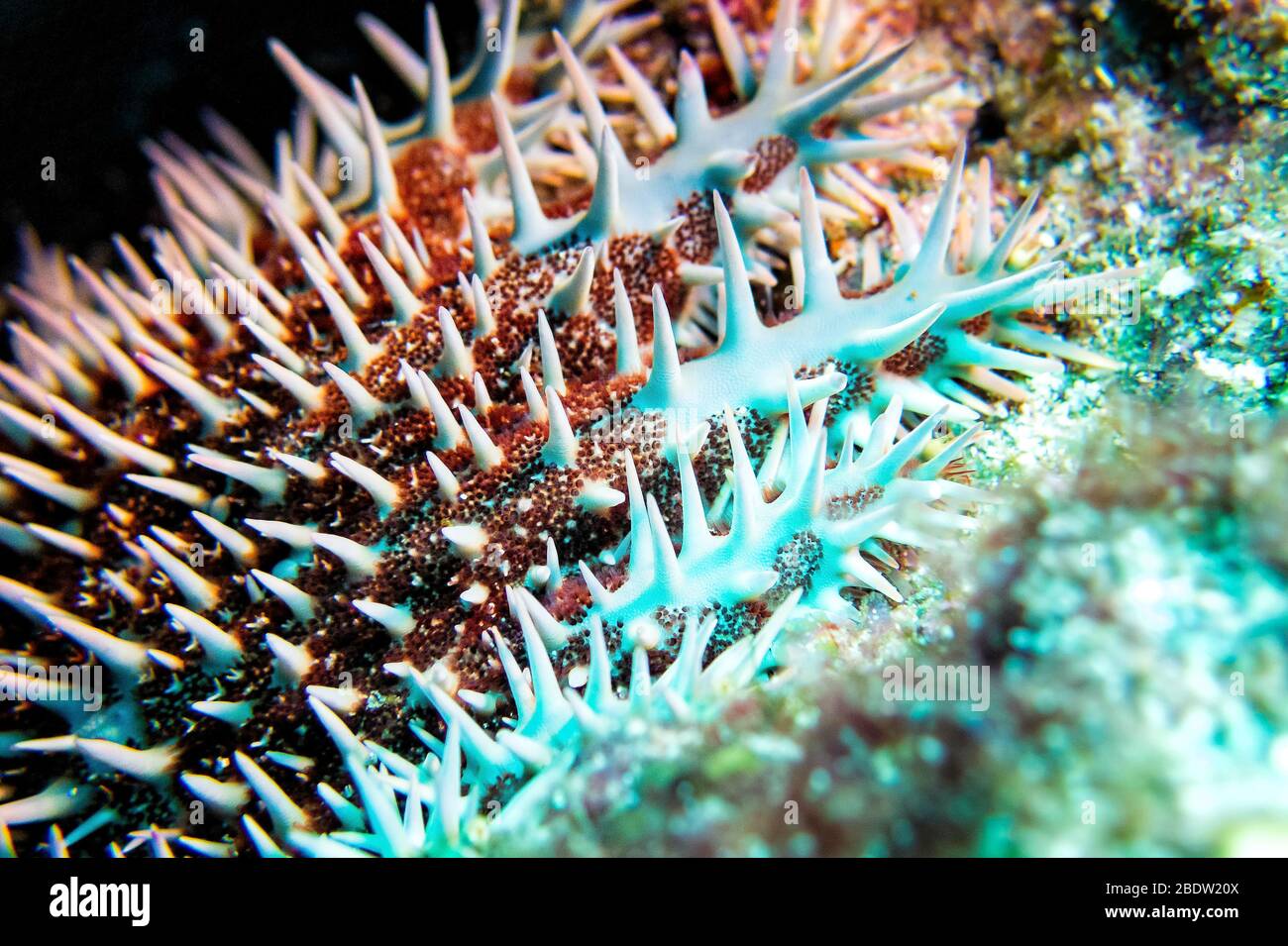
RM2BDW20X–Panamic crown-of-thorns sea star, Sea of Cortez, Pacific Ocean, Mexico, North America, color
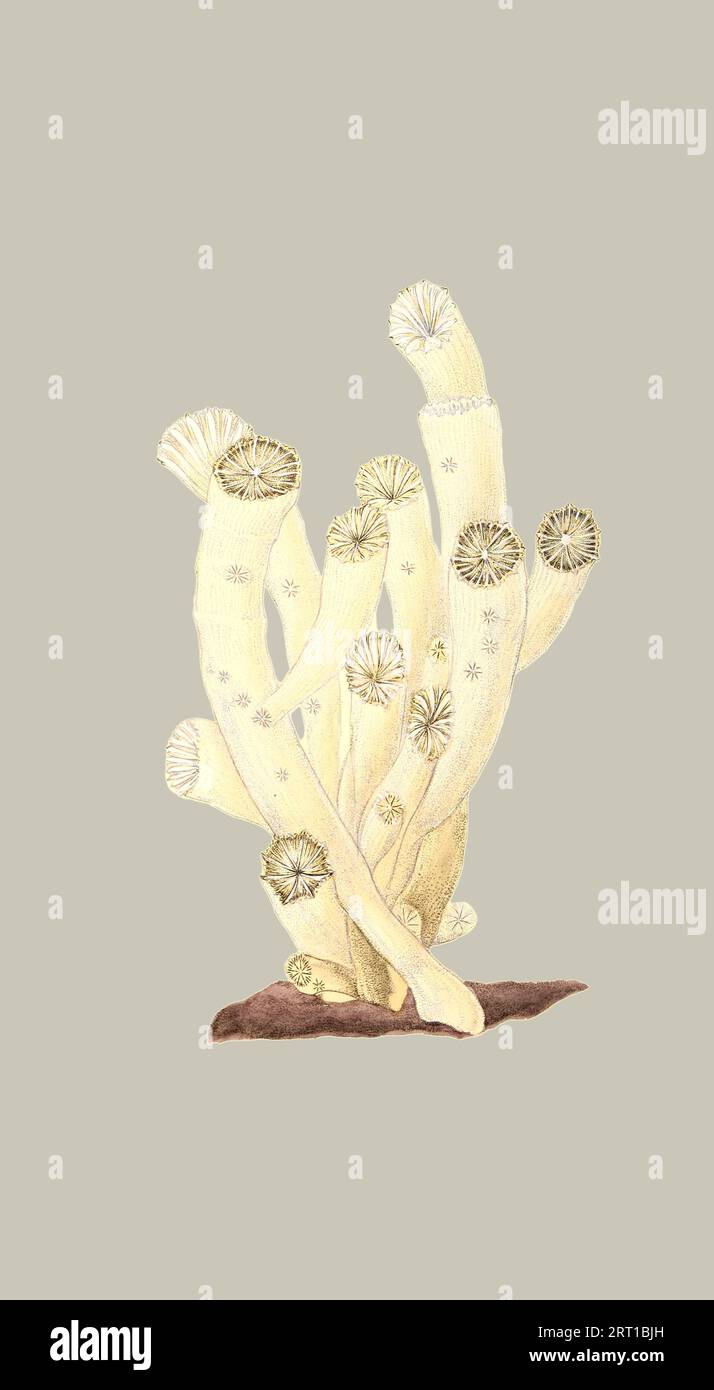
RF2RT1BJH–Madrepora anthophyllites Madrepora (Spanish, 'mother of pores') is a genus of stony corals, often found forming reefs or islands in tropical locations. Coloured Plate from ' The Naturalist's repository, or, Monthly miscellany of exotic natural history by Donovan, E. (Edward), 1768-1837 Volume 4 1826 Consisting of elegantly coloured plates with appropriate scientific and general directions of the most curious, scarce, and beautiful productions of nature that have been recently discovered in various parts of the world the latest improvements in the various department of science most important di
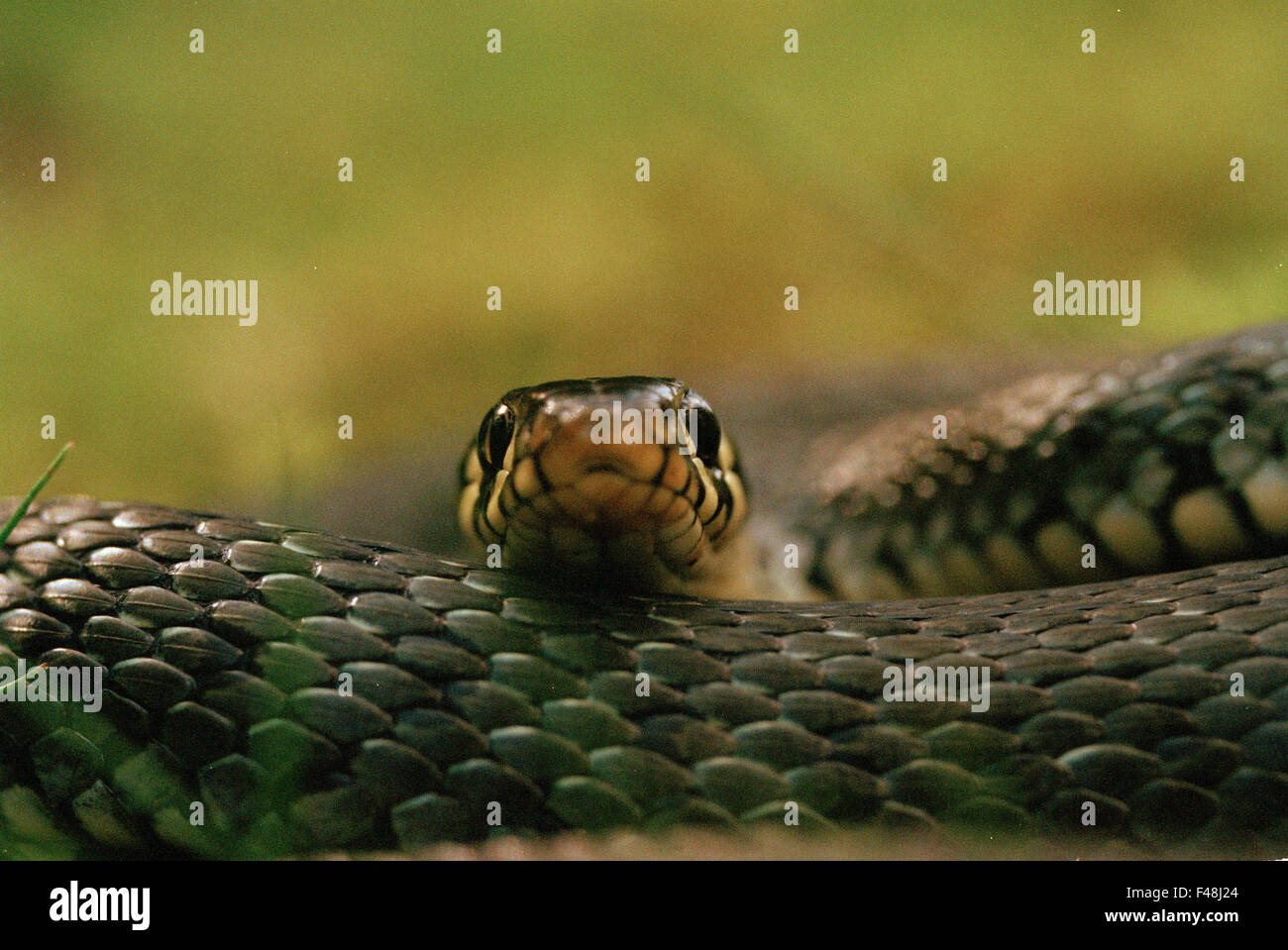
RFF48J24–amphibians black close-up color image day grass snake gray Haninge head horizontal invertebrate animals look looking at camera

RF2H47N2A–Caterpillars are the larval stage of butterflies and moths. Most of them are herbivorous and agricultural pest. They have worm like bodies
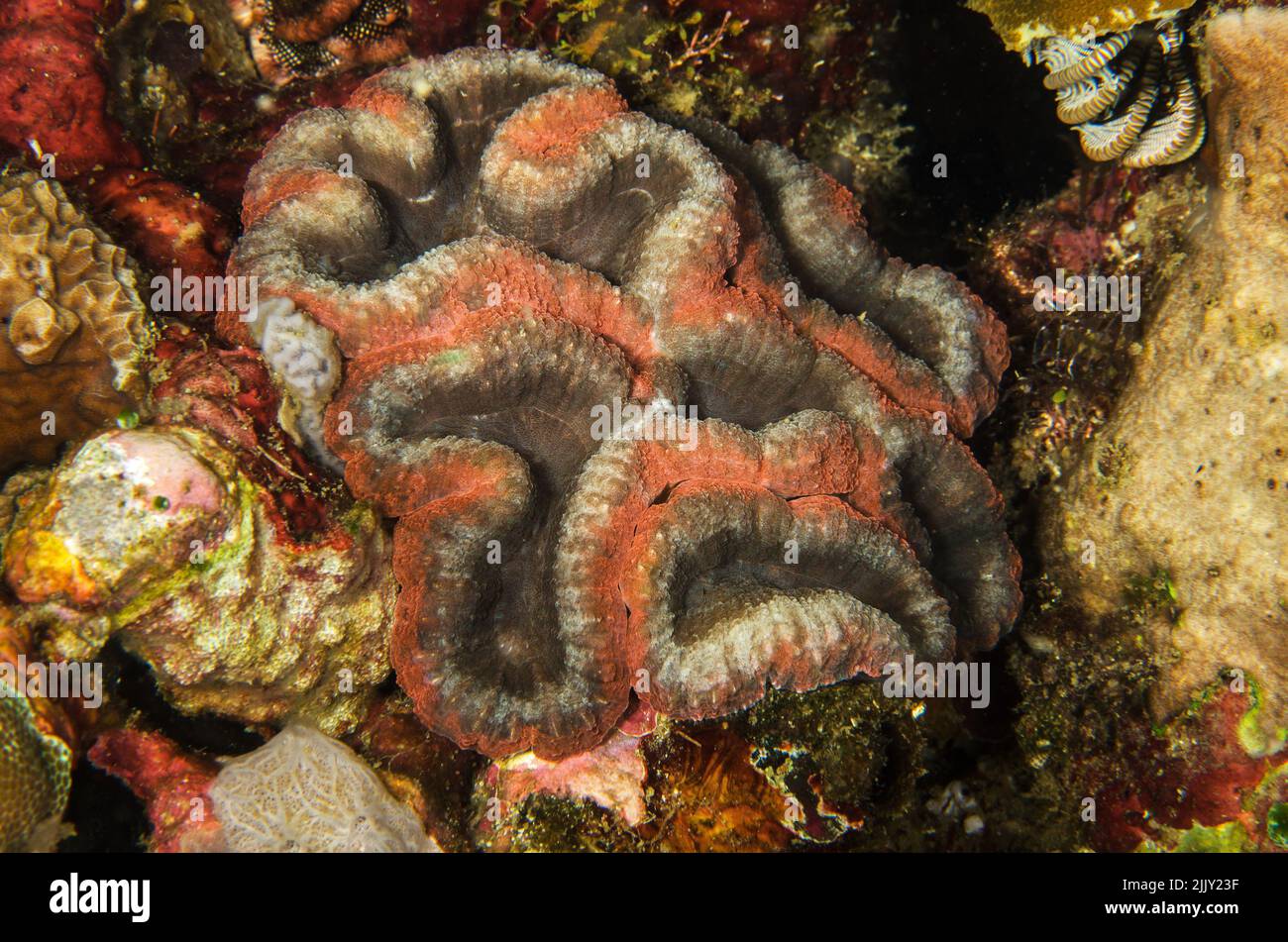
RM2JJY23F–Stony coral, Lobophyllia hemprichii, Mussidae, Anilao, Batangas, Philippines, Indo-pacific Ocean, Asia
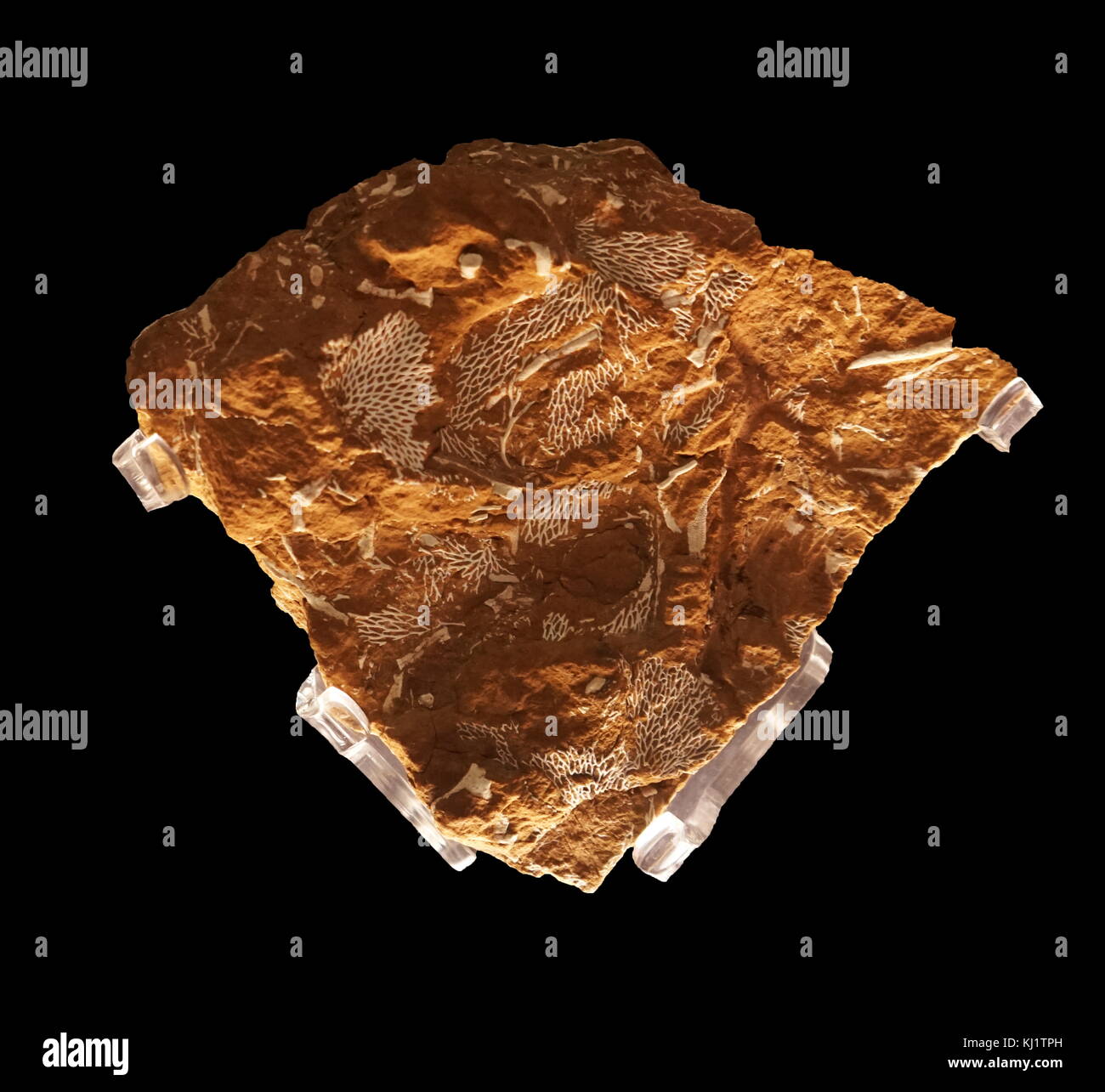
RMKJ1TPH–A sample of Bryozoa, a phylum of aquatic invertebrate animals that are filter feeders that sieve food particles out of the water. Dated 10th Century BC
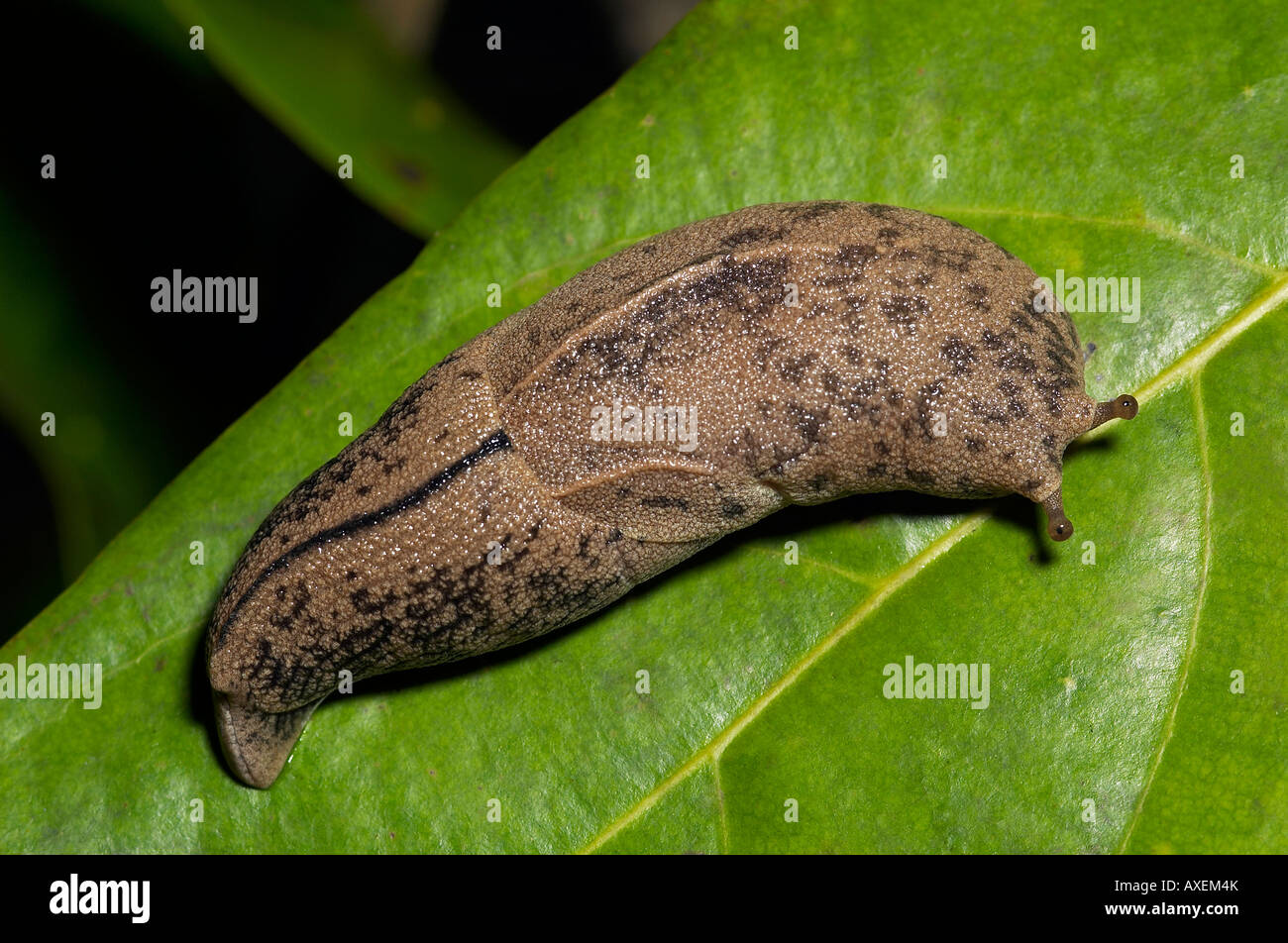
RFAXEM4K–MOLLUSC, SLUG. Slug on leaf. Note stalked eyes. Photographed at night in Agumbe, Karnataka, INDIA.
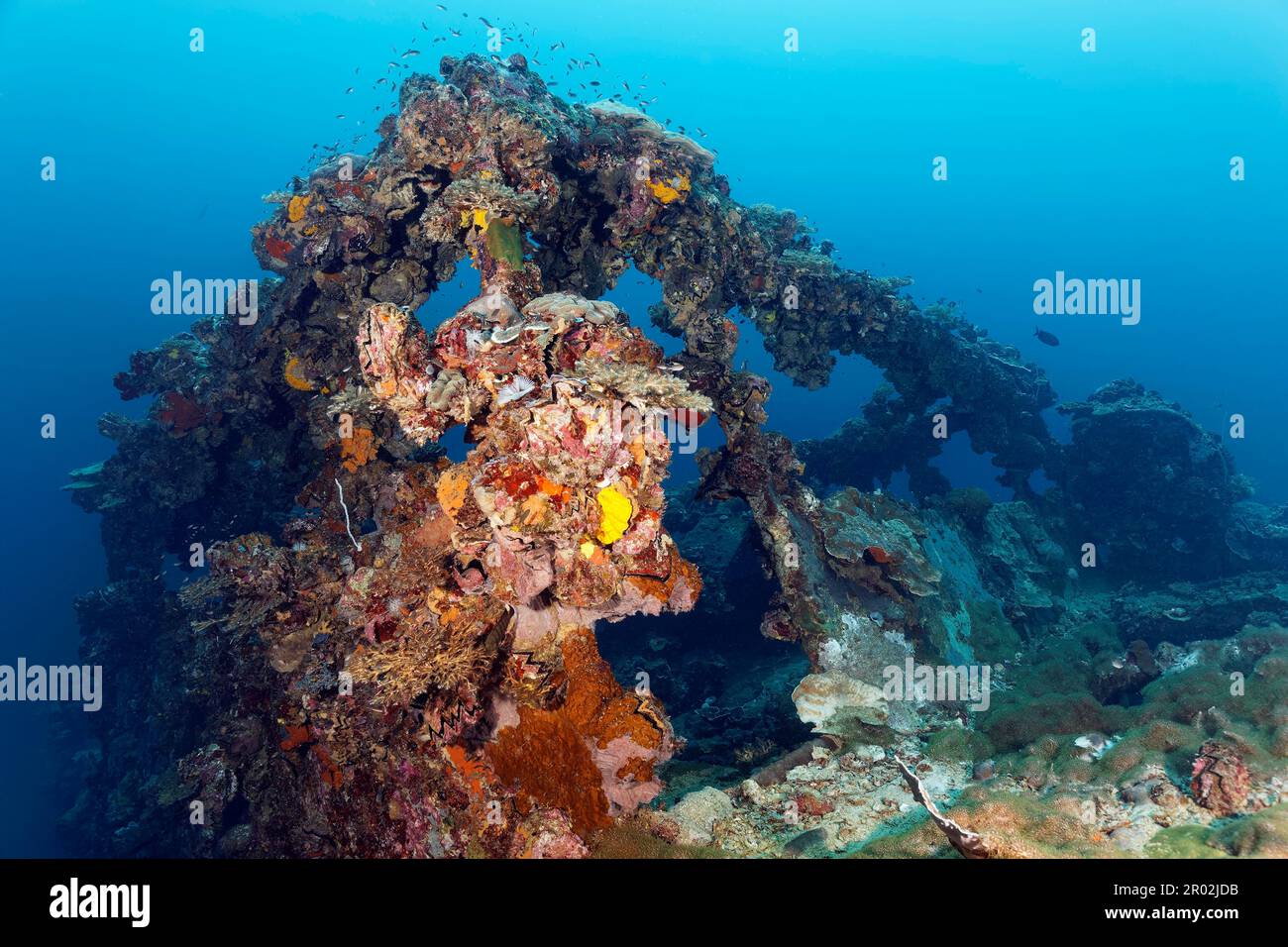
RM2R02JDB–Superstructure, Kyokuzan Maru, underwater, wreck, thick vegetation, invertebrate (Evertebrata) animals, invertebrate, Japanese supply ship
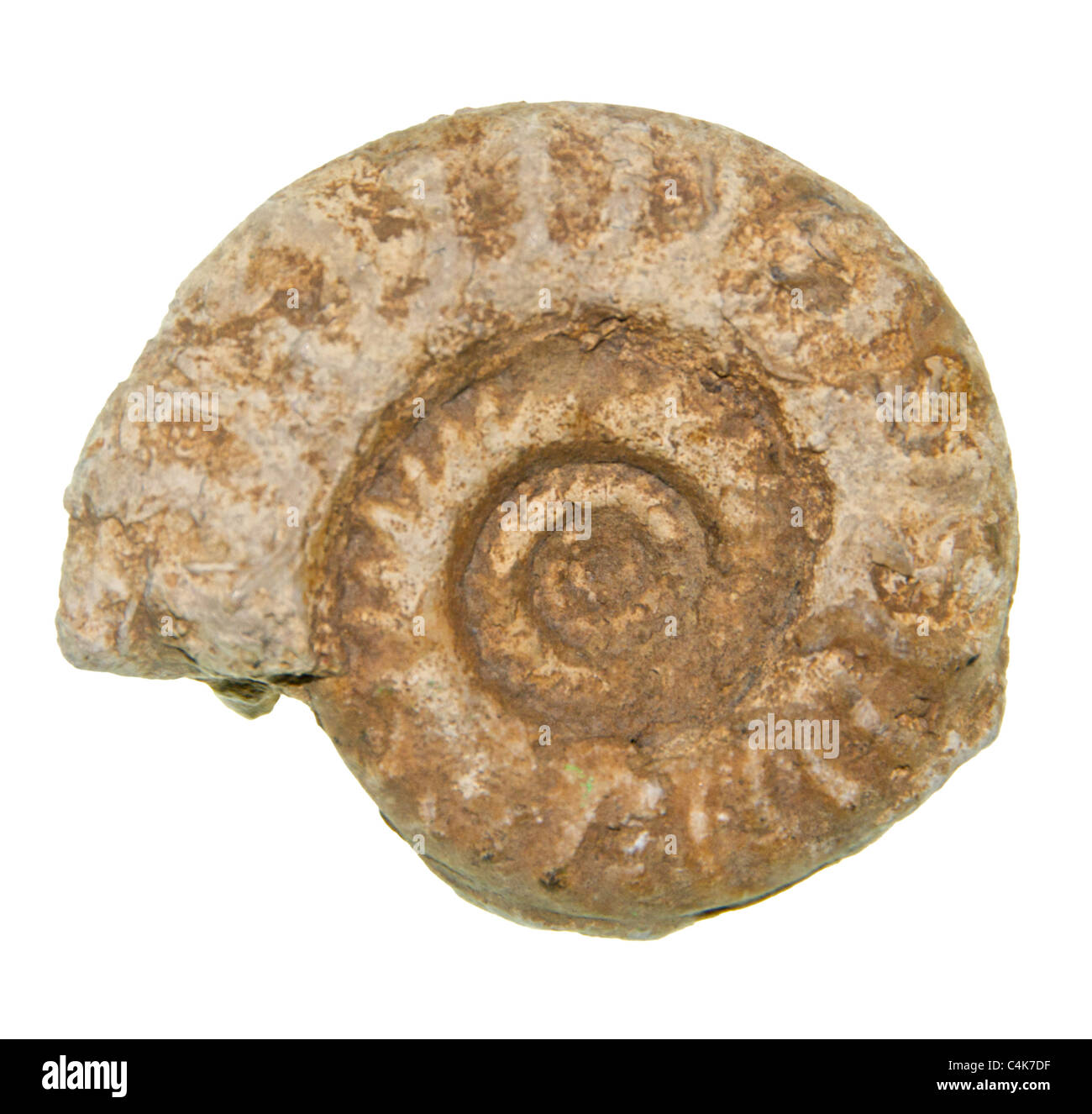
RFC4K7DF–Ammonites (/ˈæmənaɪts/) are an extinct group of marine invertebrate animals in the subclass Ammonoidea
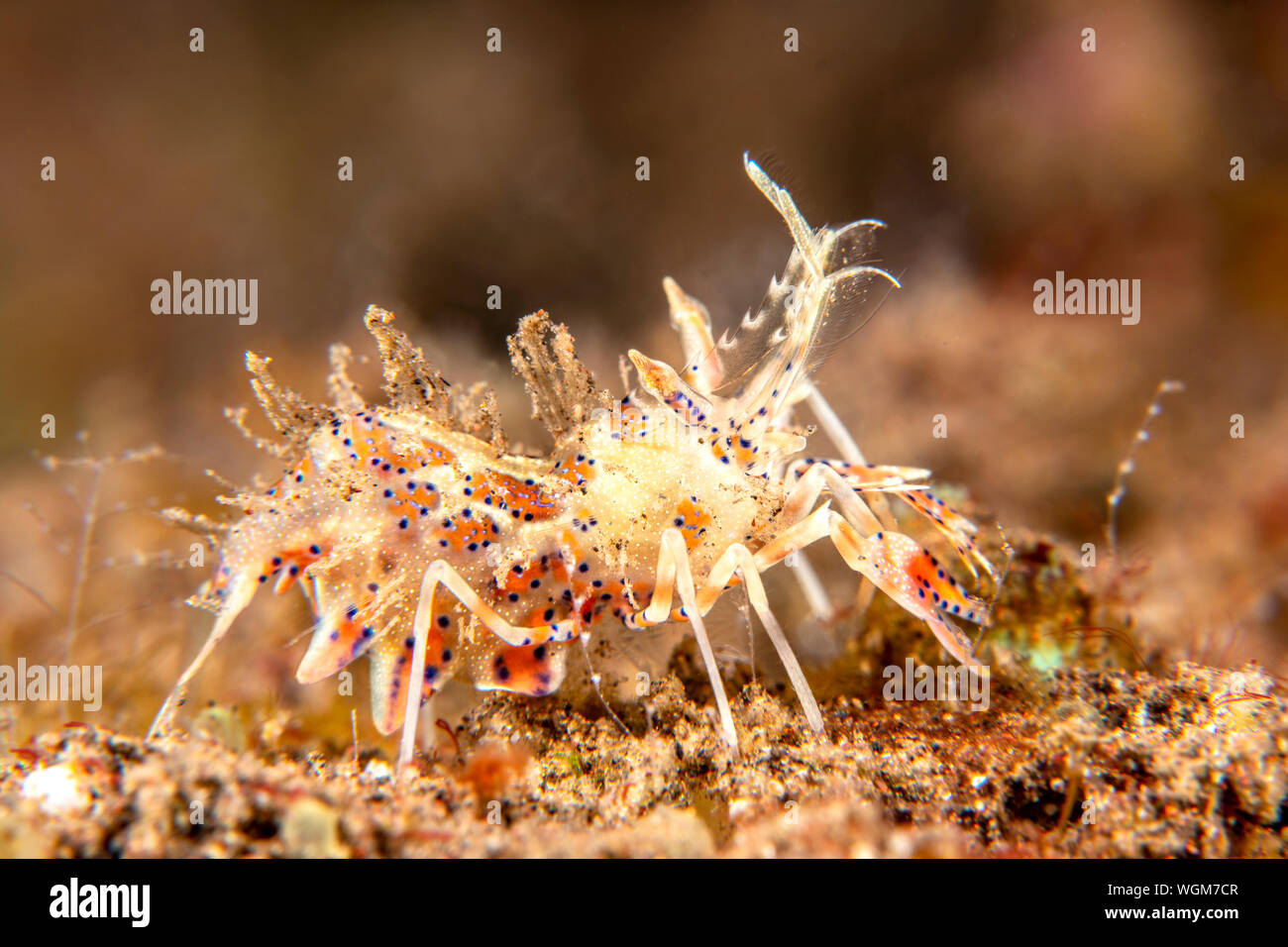
RFWGM7CR–An invertebrate tiger shrimp from Tulamben, Indonesia walks across a reef ledge in search of food.
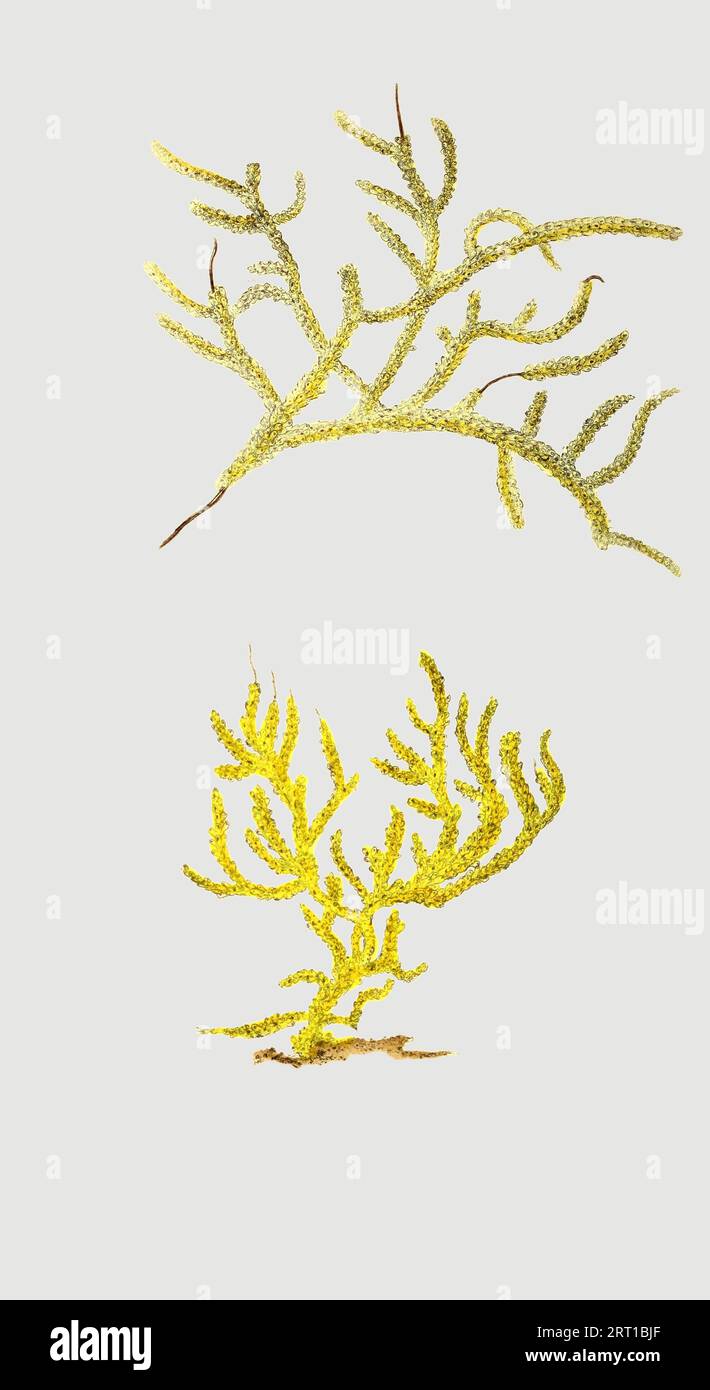
RF2RT1BJF–Muriceopsis sulphurea here as Gorgonia sulphurea, Sulphur-coloured Gorgonia Coloured Plate from ' The Naturalist's repository, or, Monthly miscellany of exotic natural history by Donovan, E. (Edward), 1768-1837 Volume 4 1826 Consisting of elegantly coloured plates with appropriate scientific and general directions of the most curious, scarce, and beautiful productions of nature that have been recently discovered in various parts of the world the latest improvements in the various department of science most important discoveries of quadrupeds, birds, fishes,insects, shells, marine productions,
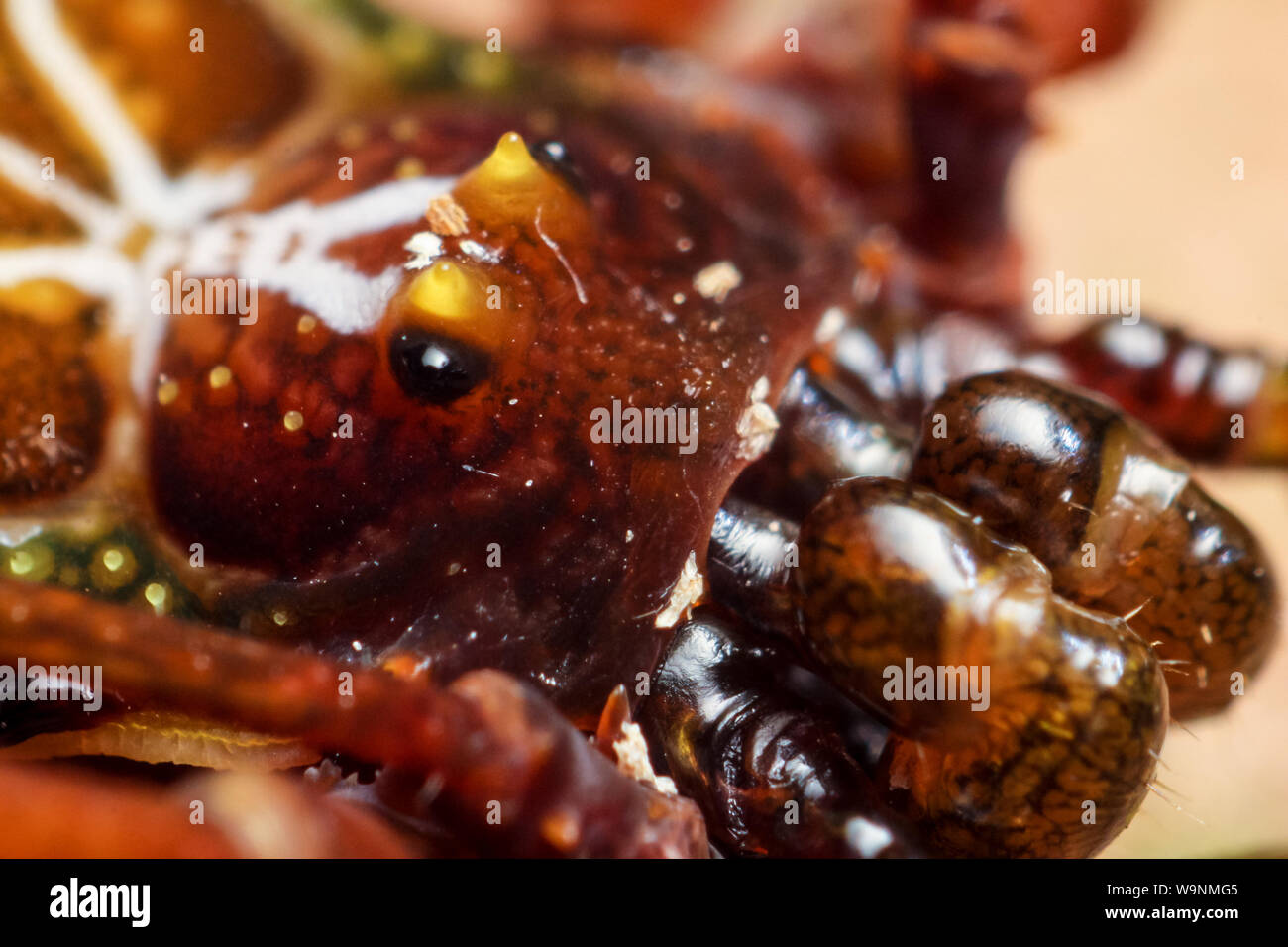
RMW9NMG5–Brazilian harvestman (daddy long legs) with ornate patterns (Gonyleptidae, Mitobatinae), shows the arachnid eyes in detail
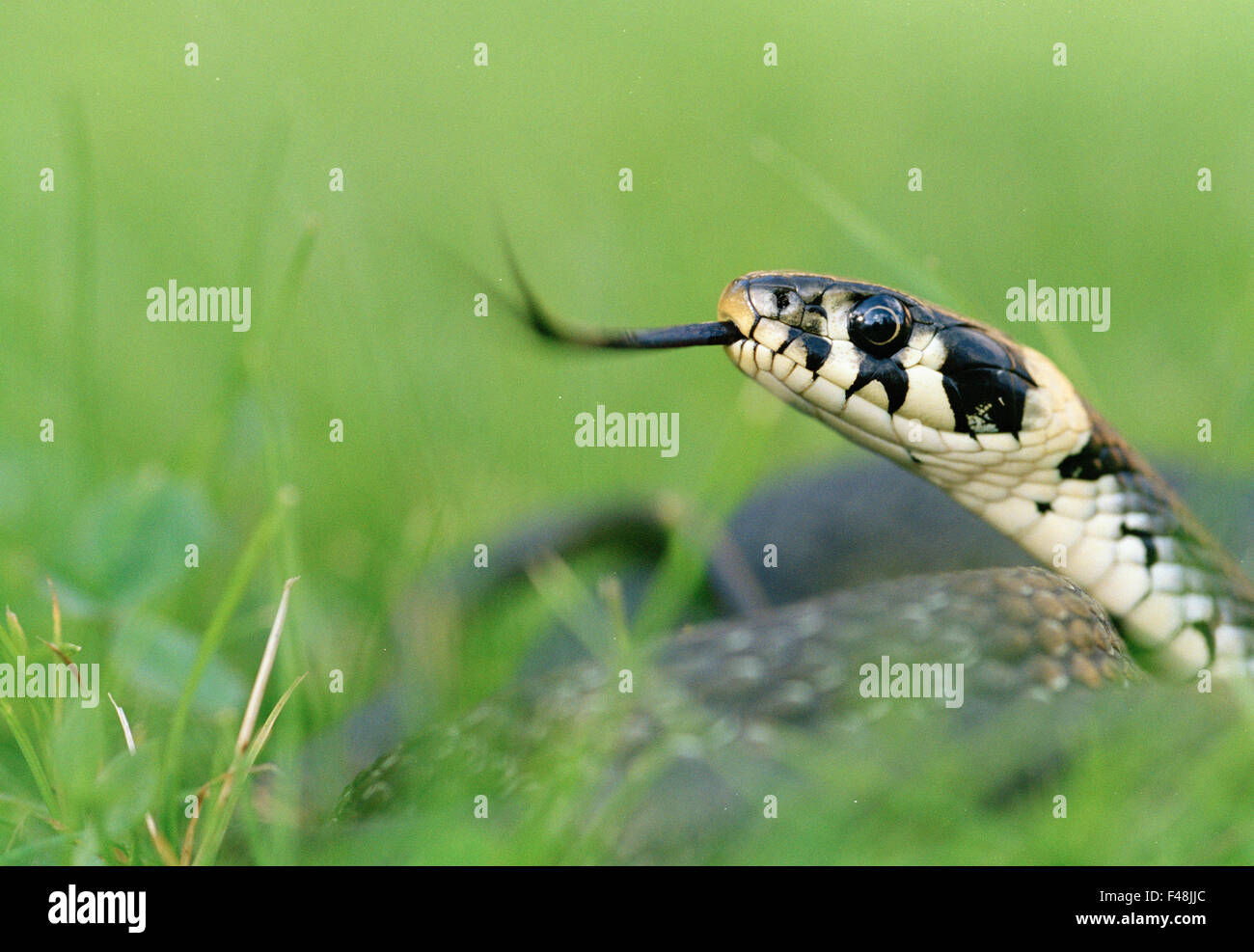
RFF48JJC–amphibians black close-up color image day eye grass snake gray Haninge head horizontal insect invertebrate animals movement
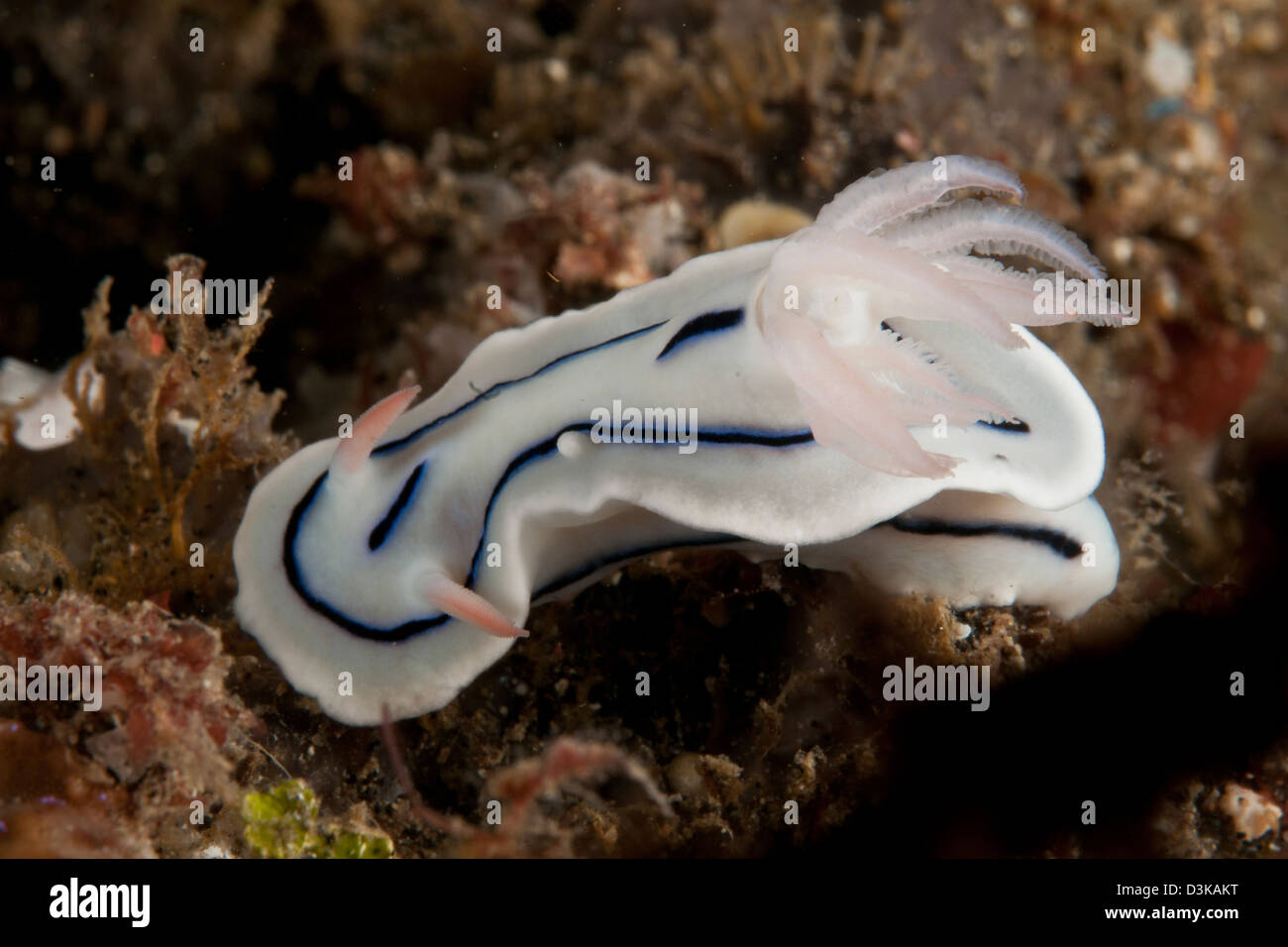
RFD3KAKT–White, black and pink Loch's Chromodoris (Chromodoris lochi) nudibranch, Lembeh Strait, North Sulawesi, Indonesia.
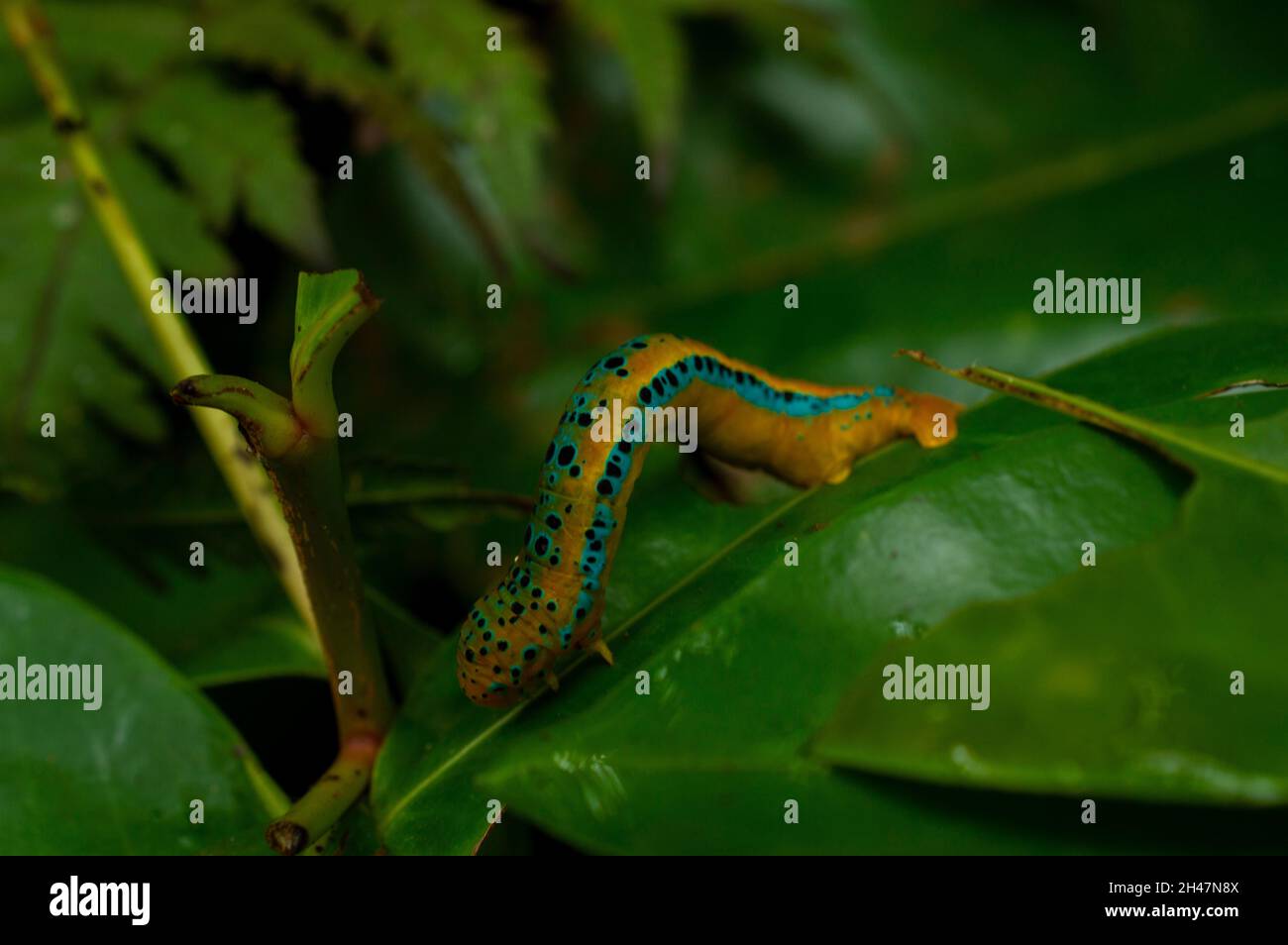
RF2H47N8X–Caterpillars are the larval stage of butterflies and moths. Most of them are herbivorous and agricultural pest. They have worm like bodies
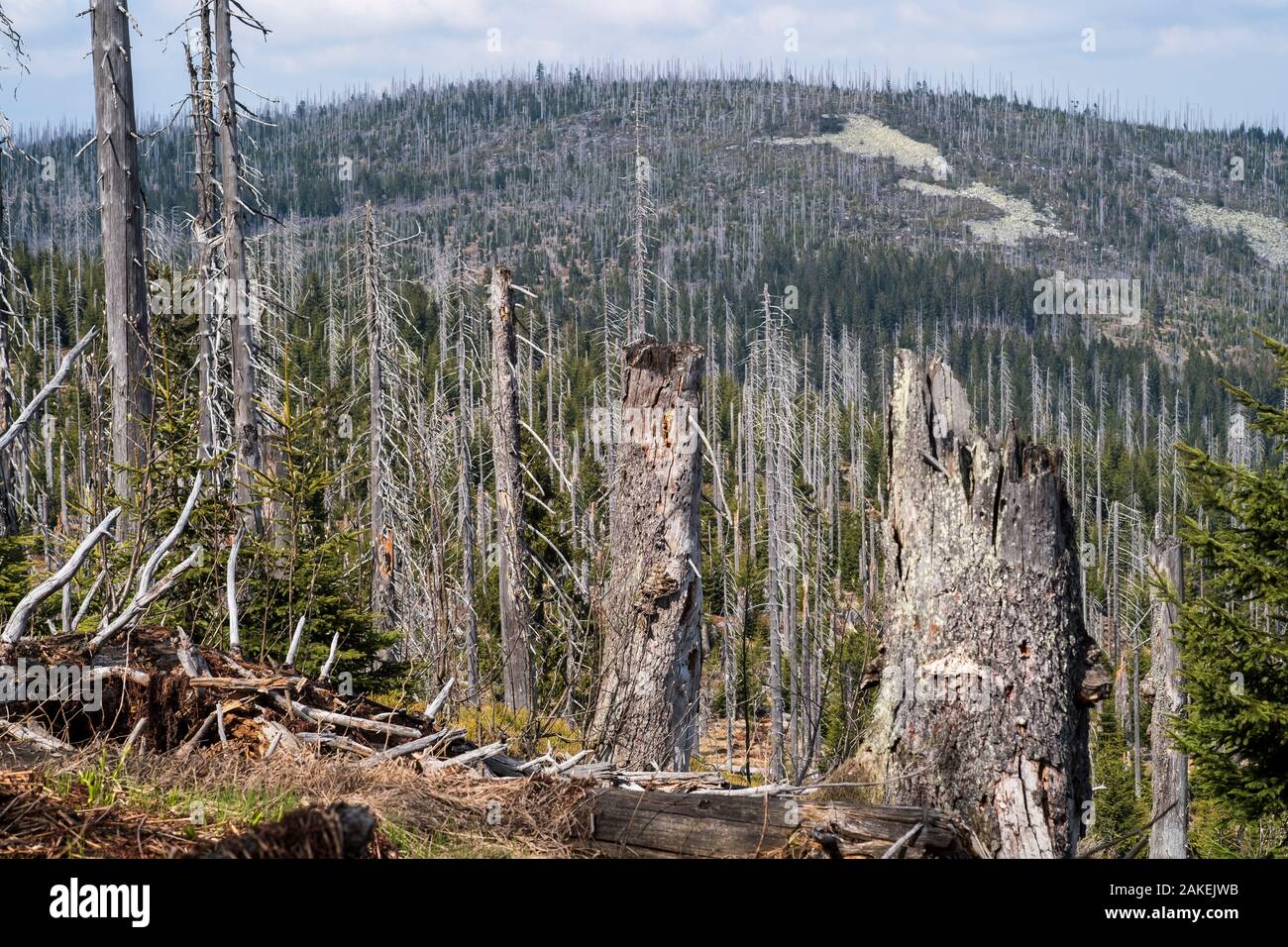
RM2AKEJWB–Dead forest hit by bark beetles, Lusen mountain, Bavarian Forest National Park, Germany, May.
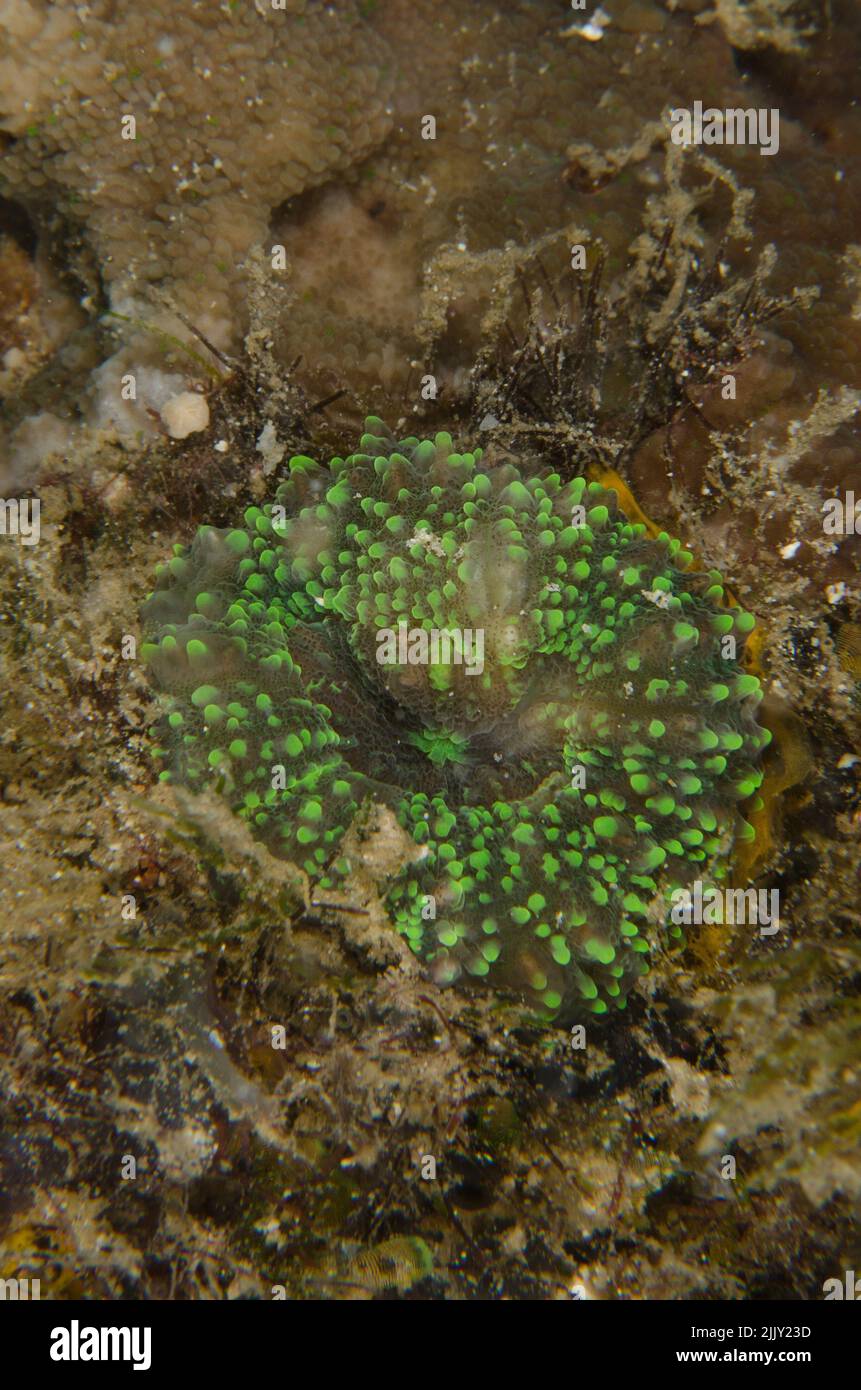
RM2JJY23D–Stony coral, Lobophyllia pachysepta, Mussidae, Anilao, Batangas, Philippines, Indo-pacific Ocean, Asia
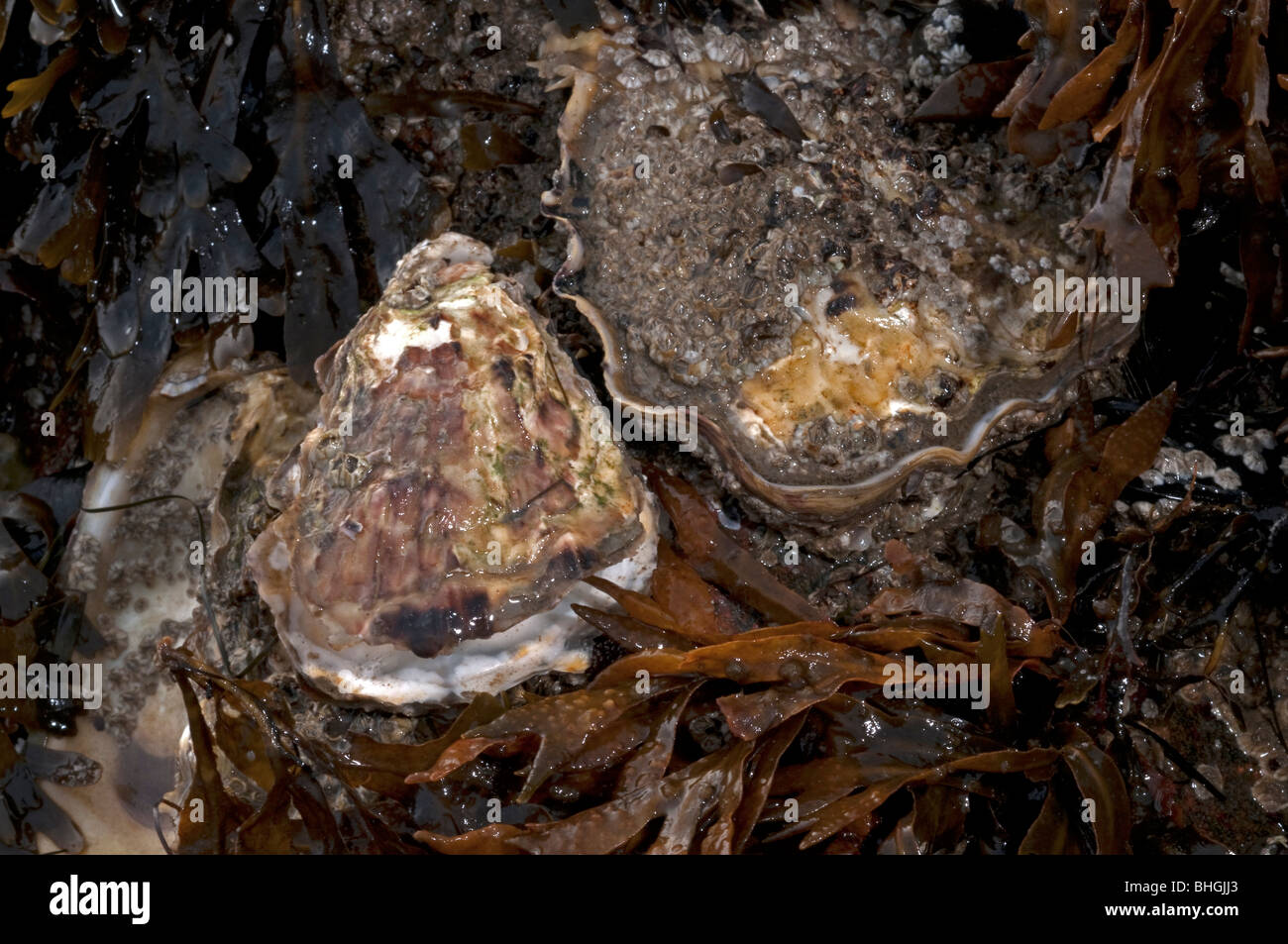
RMBHGJJ3–Common Oyster, Flat Oyster, European Flat Oyster (Ostrea edulis), living animals attached to wooden posts.
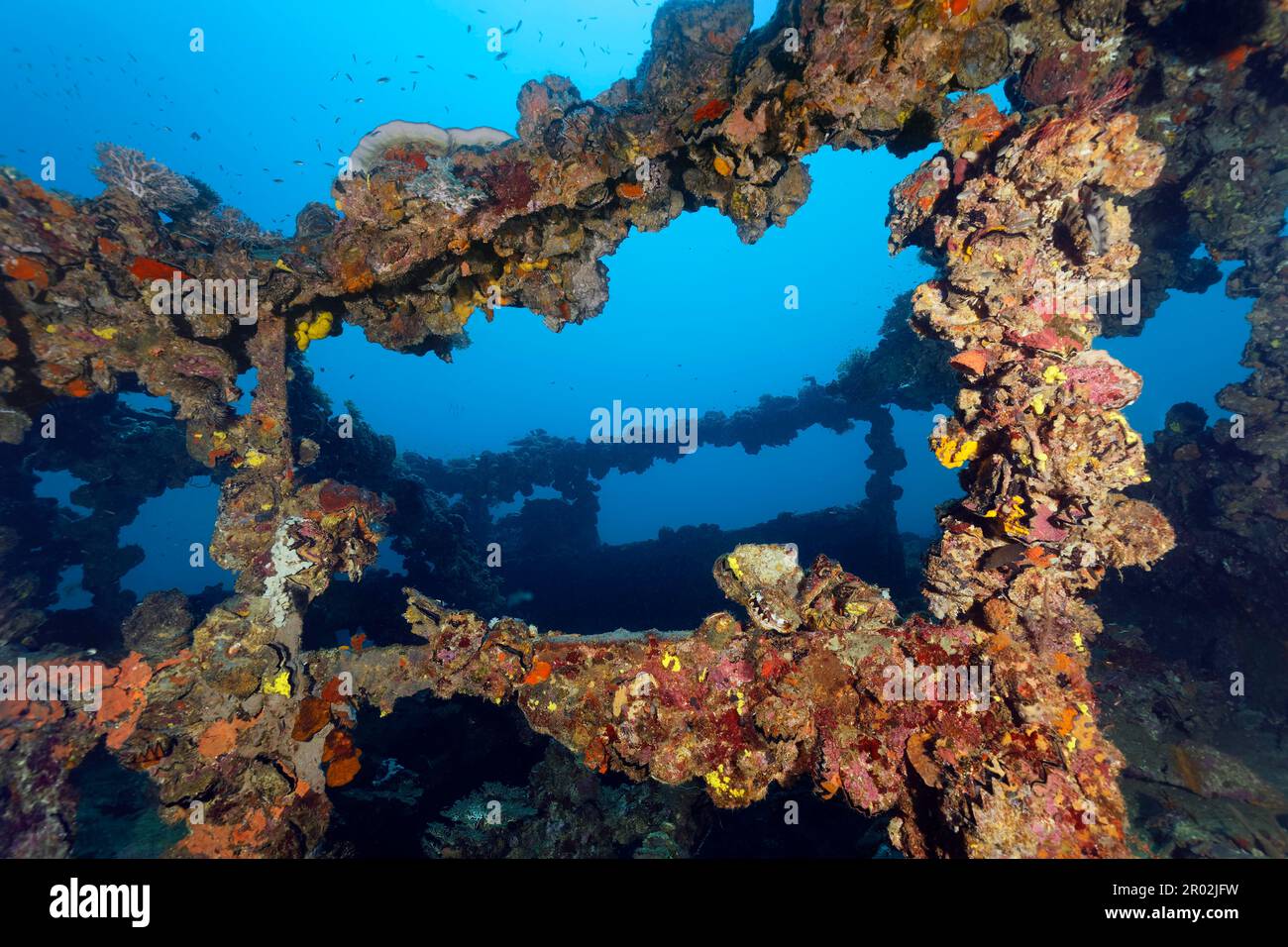
RM2R02JFW–Superstructure, Kyokuzan Maru, underwater, wreck, thick vegetation, invertebrate (Evertebrata) animals, invertebrate, Japanese supply ship
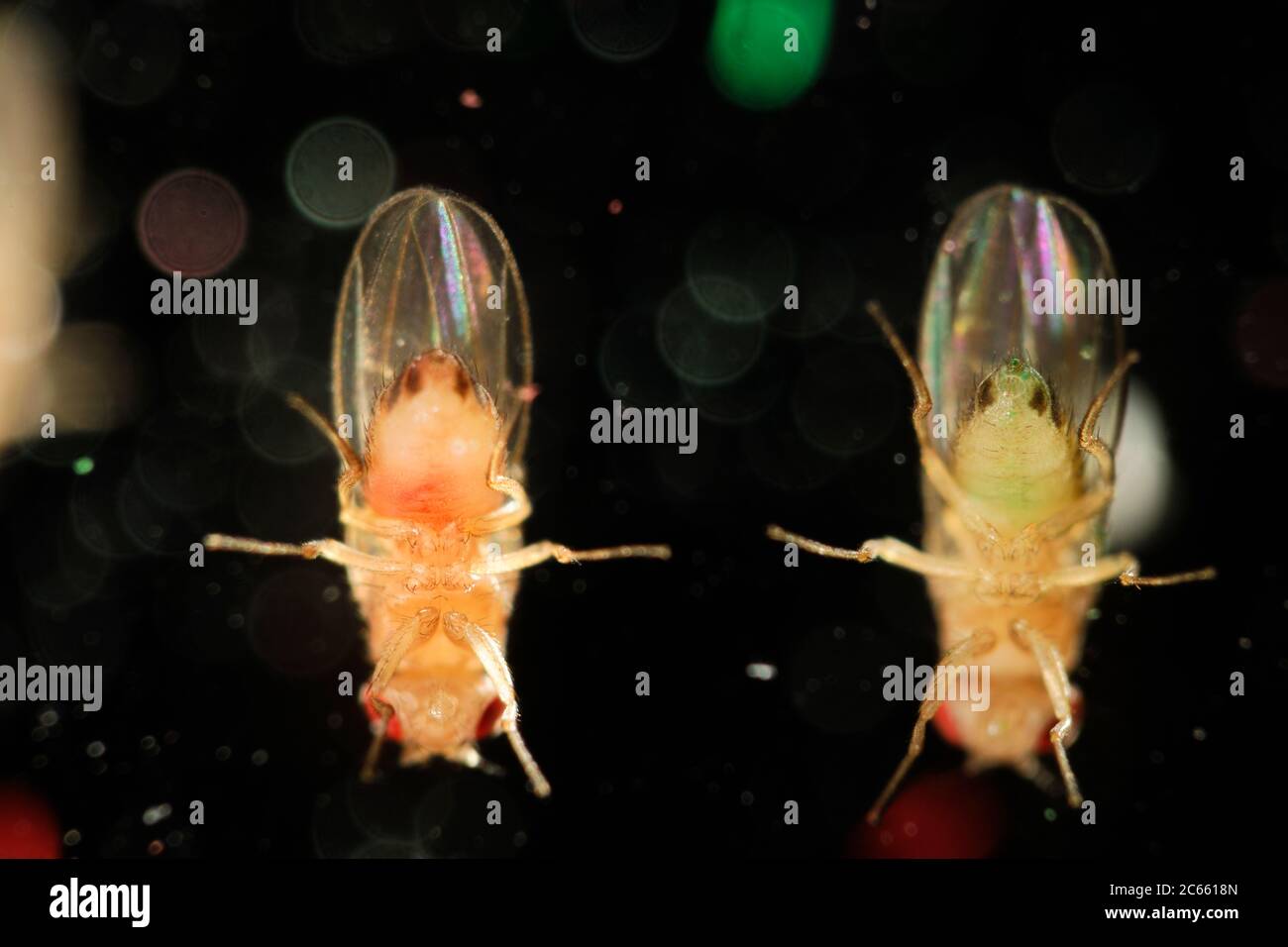
RM2C6618N–Wild type Fruit Fly (Drosophila melanogaster) in a lab culture. Animals were fed with green and red food
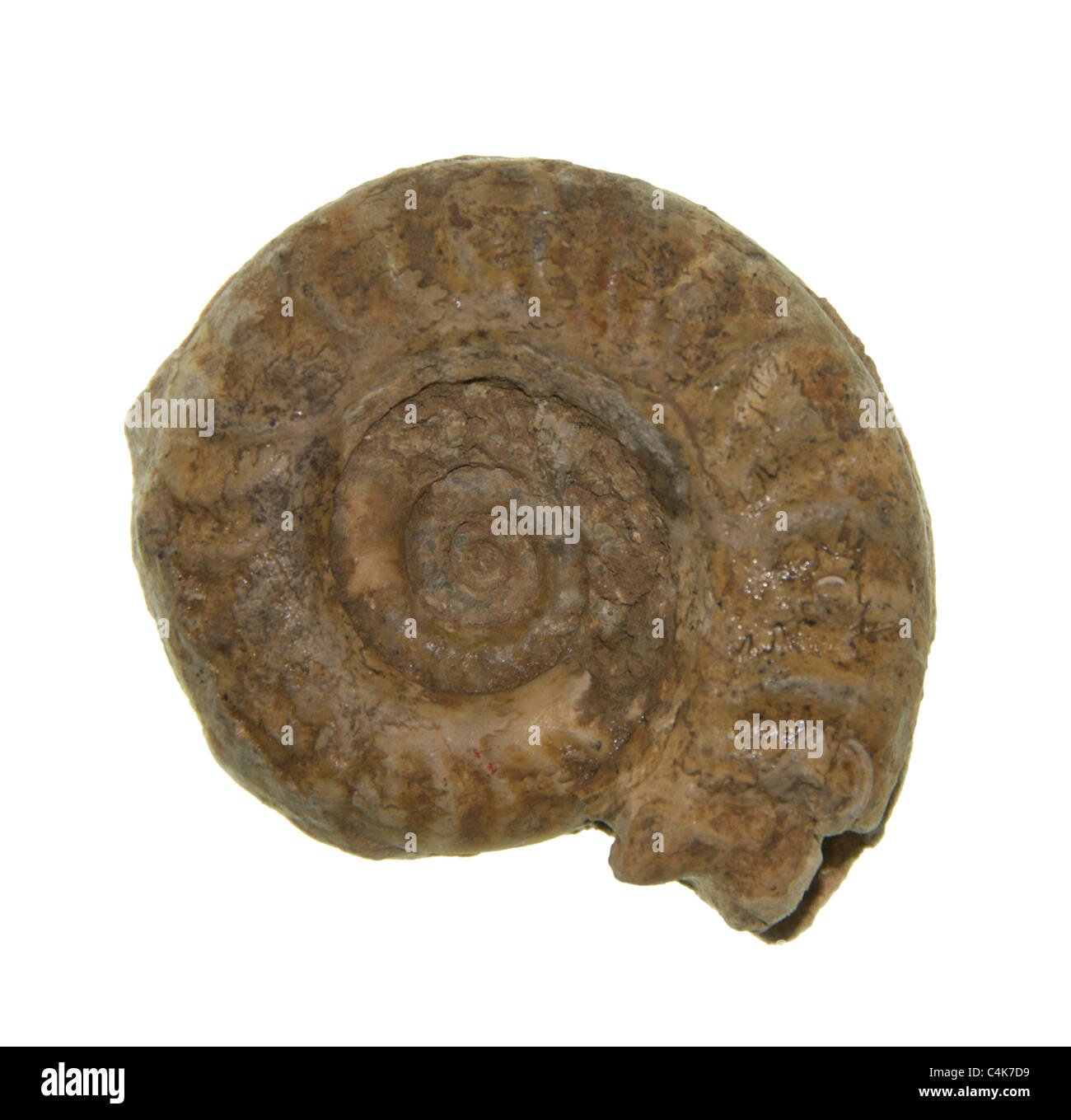
RFC4K7D9–Ammonites (/ˈæmənaɪts/) are an extinct group of marine invertebrate animals in the subclass Ammonoidea
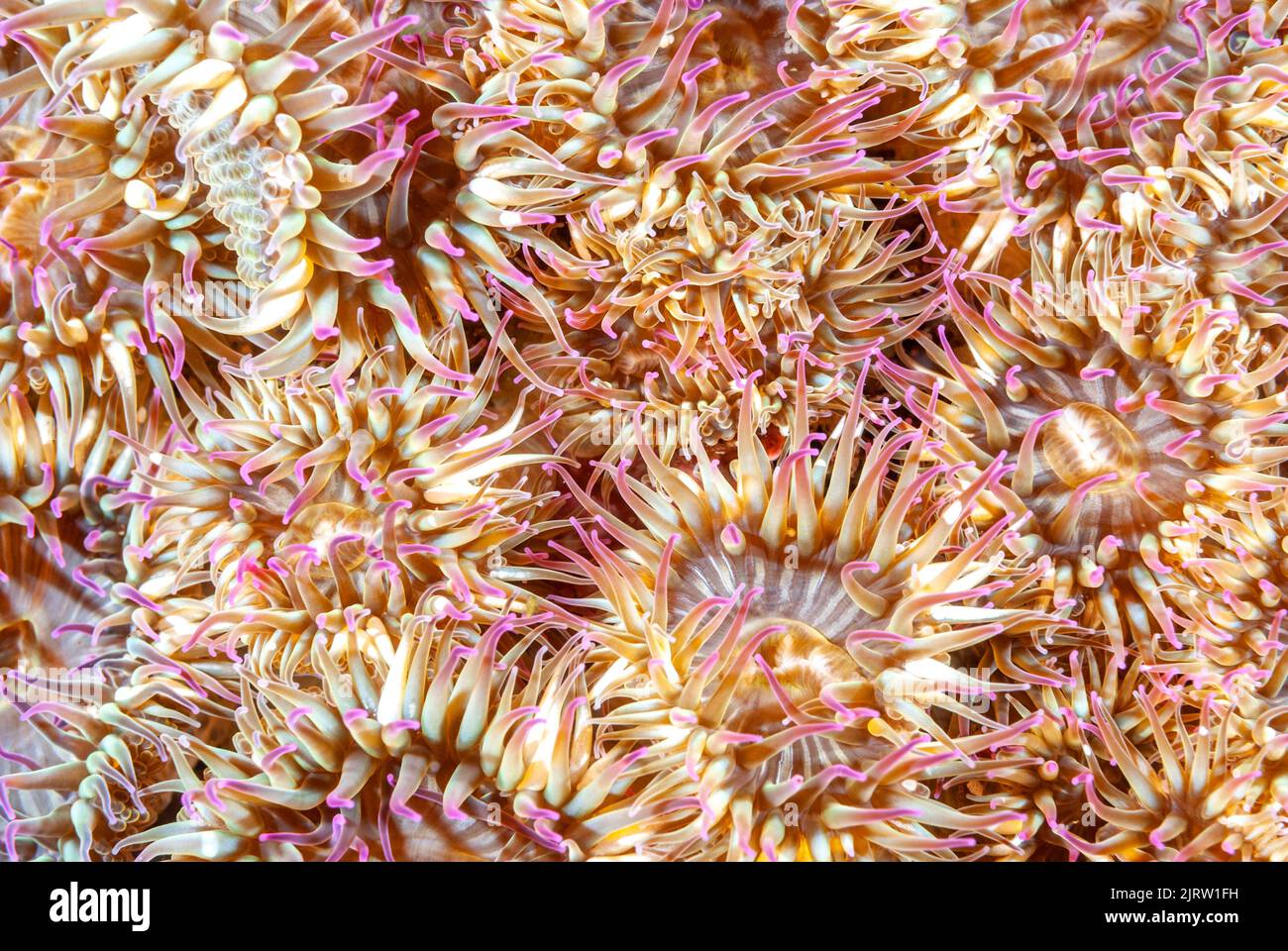
RF2JRW1FH–A cluster of colorful aggregate anemones shot off the coast of California. They use their sticky tentacles to catch small critters to eat.
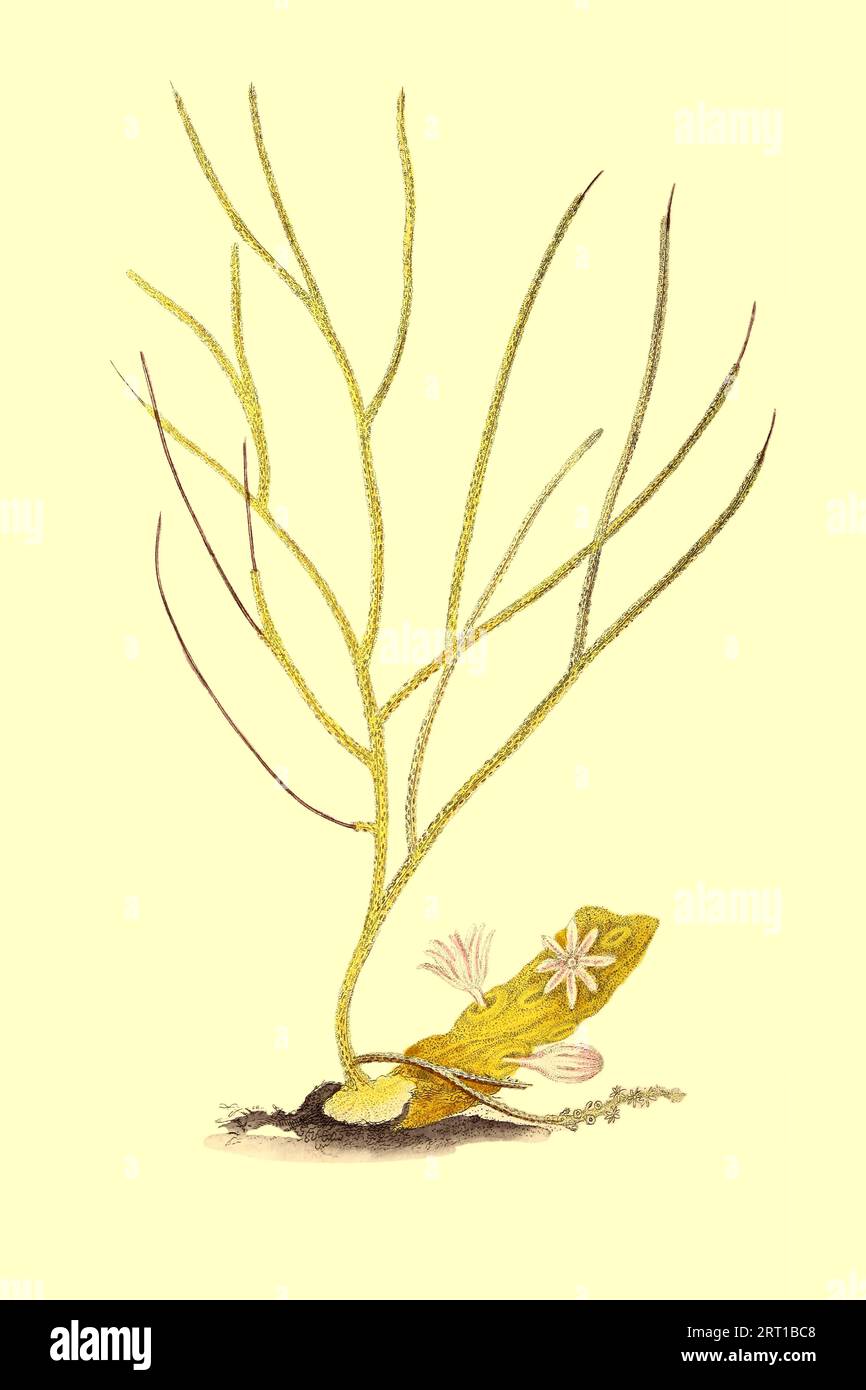
RF2RT1BC8–Gorgonia ceratophyta, var. flava, Filiform Gorgonia, yellow variety Alcyonacea are a species of sessile colonial cnidarians that are found throughout the oceans of the world. Coloured Plate from ' The Naturalist's repository, or, Monthly miscellany of exotic natural history by Donovan, E. (Edward), 1768-1837 Volume 4 1826 Consisting of elegantly coloured plates with appropriate scientific and general directions of the most curious, scarce, and beautiful productions of nature that have been recently discovered in various parts of the world the latest improvements in the various department of sc
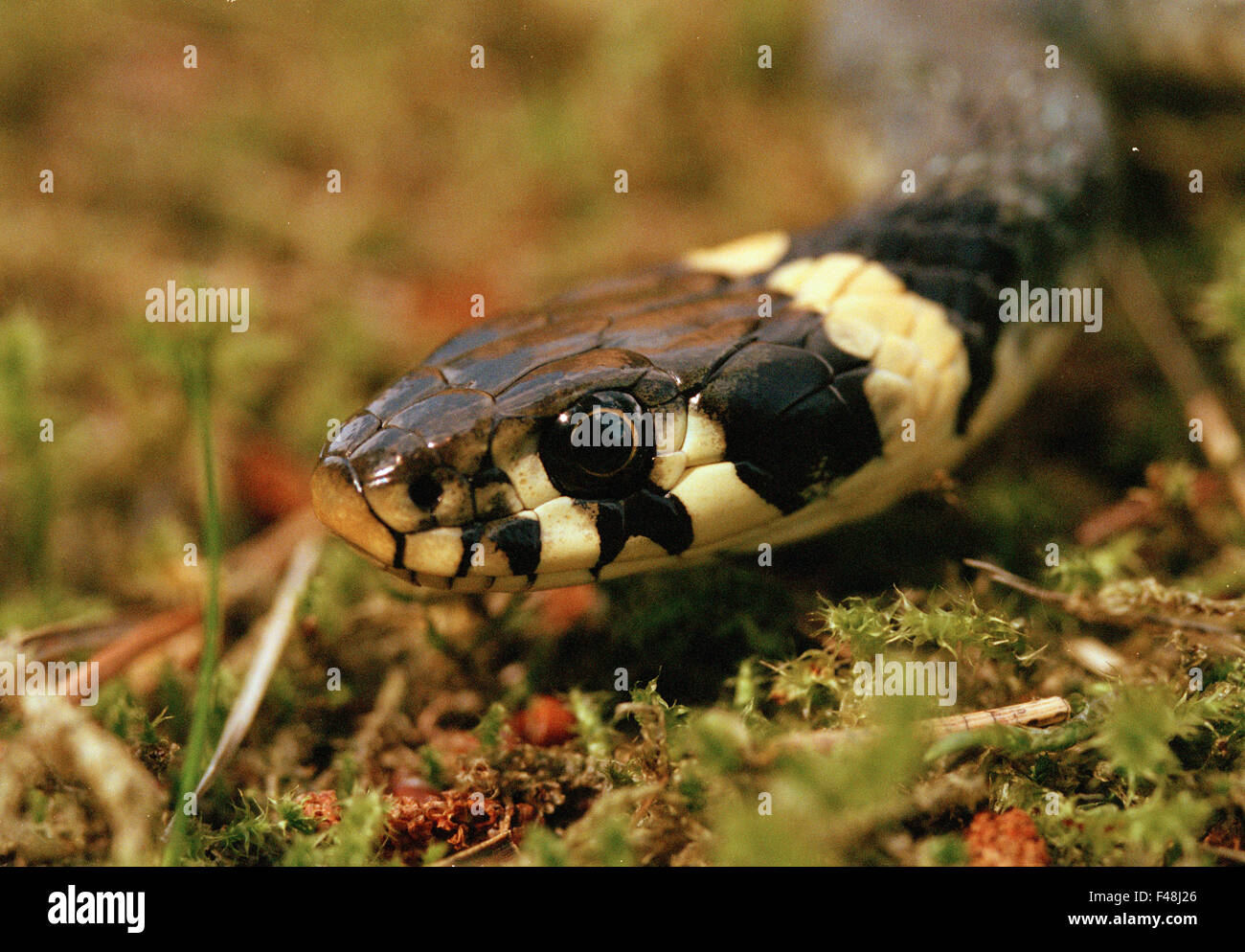
RFF48J26–amphibians black close-up color image day eye grass snake gray Haninge head horizontal invertebrate animals mountain outdoors
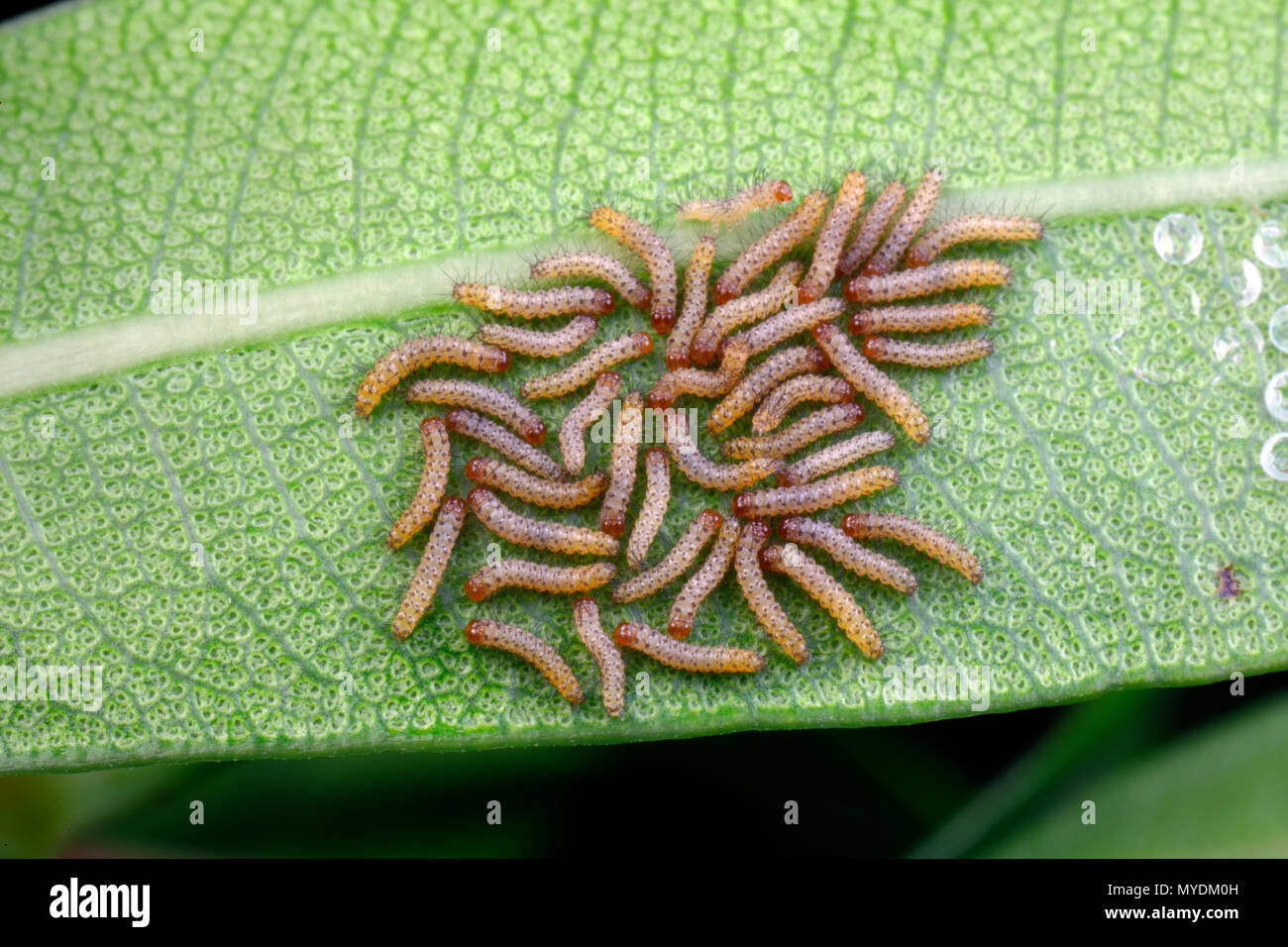
RFMYDM0H–Polka dot wasp moth eggs and or larvae, Syntomeida epilais, hatching sequences on oleander leaves.
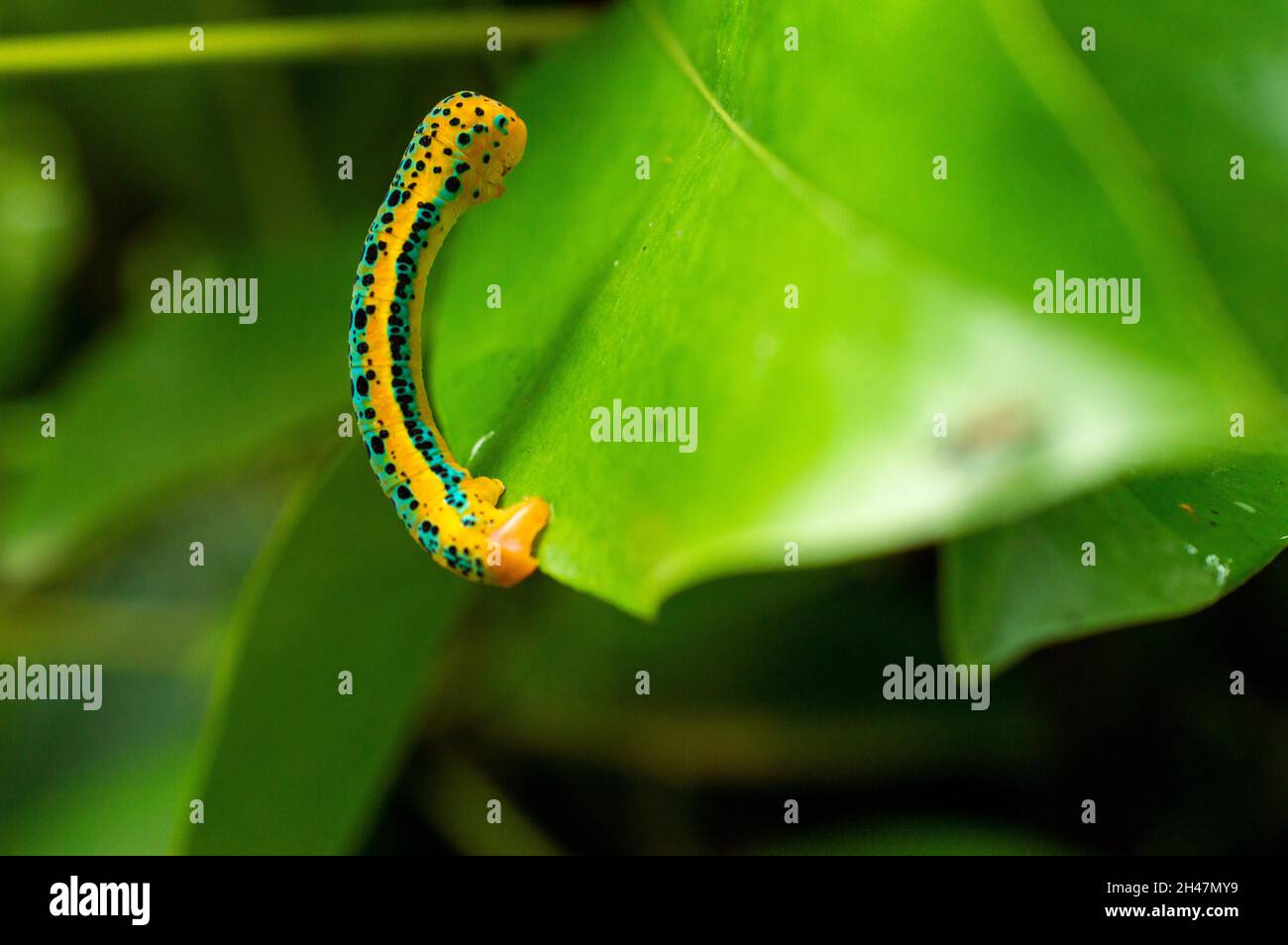
RF2H47MY9–Caterpillars are the larval stage of butterflies and moths. Most of them are herbivorous and agricultural pest. They have worm like bodies
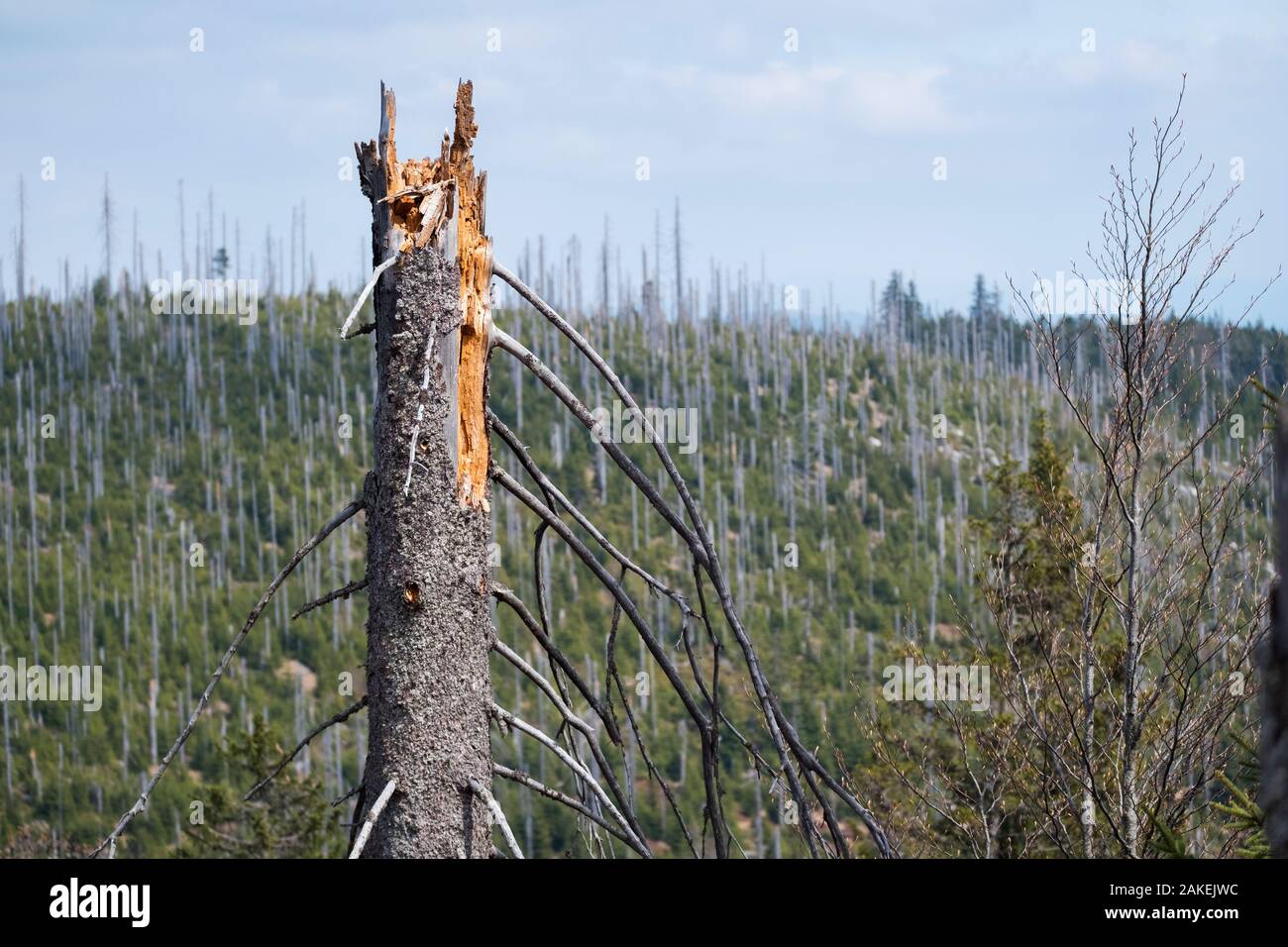
RM2AKEJWC–Dead tree hit by bark beetles, Lusen mountain, Bavarian Forest National Park, Bavaria, Germany, May.
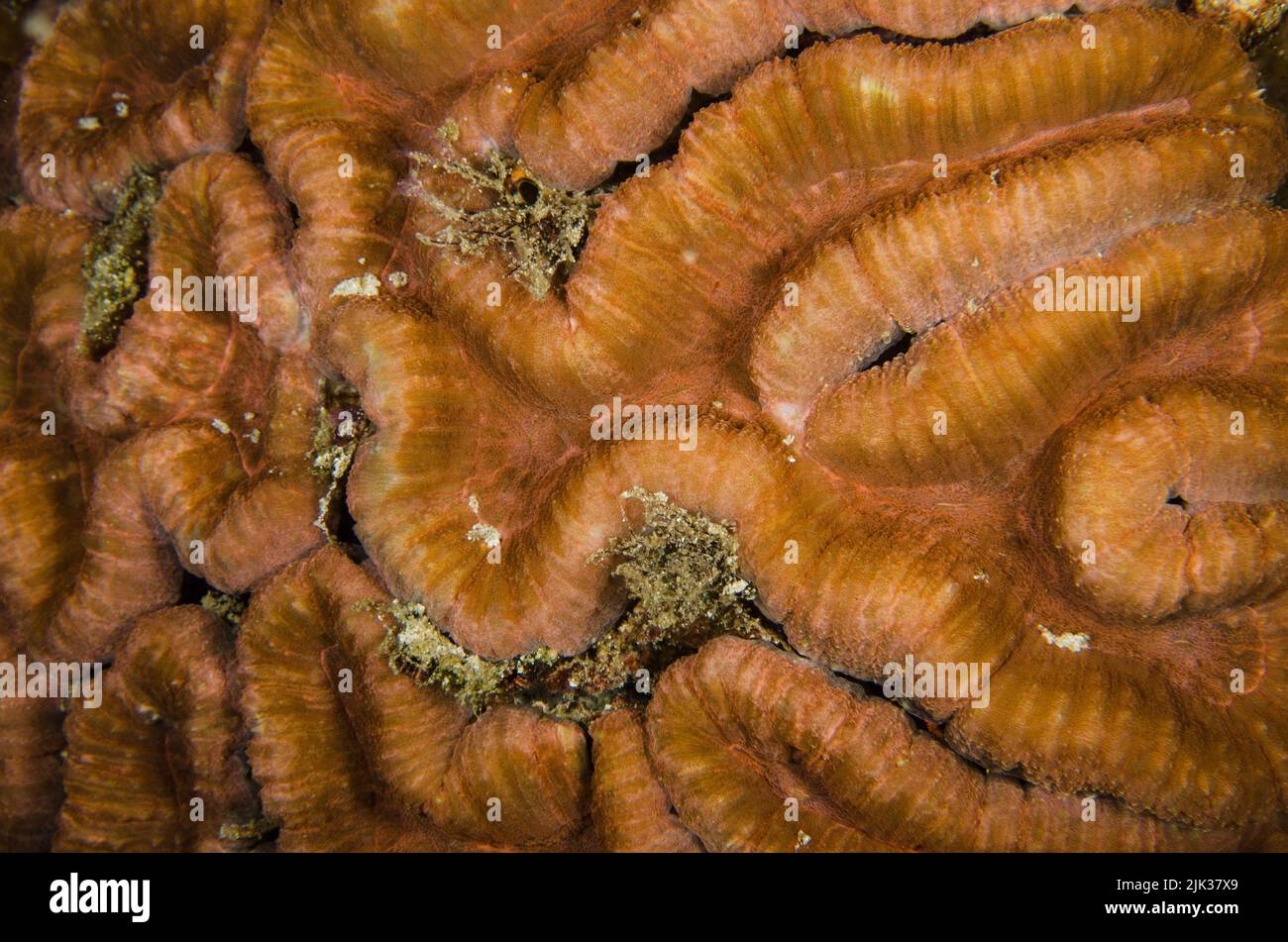
RM2JK37X9–Stony coral, Lobophyllia hemprichii, Mussidae, Anilao, Batangas, Philippines, Indo-pacific Ocean, Asia

RFERKK95–Beadlet Anemone, Actinia equina, Rockpool, Ardtoe beach, Ardnamurchan Peninsula, Lochaber, Highlands, Scotland
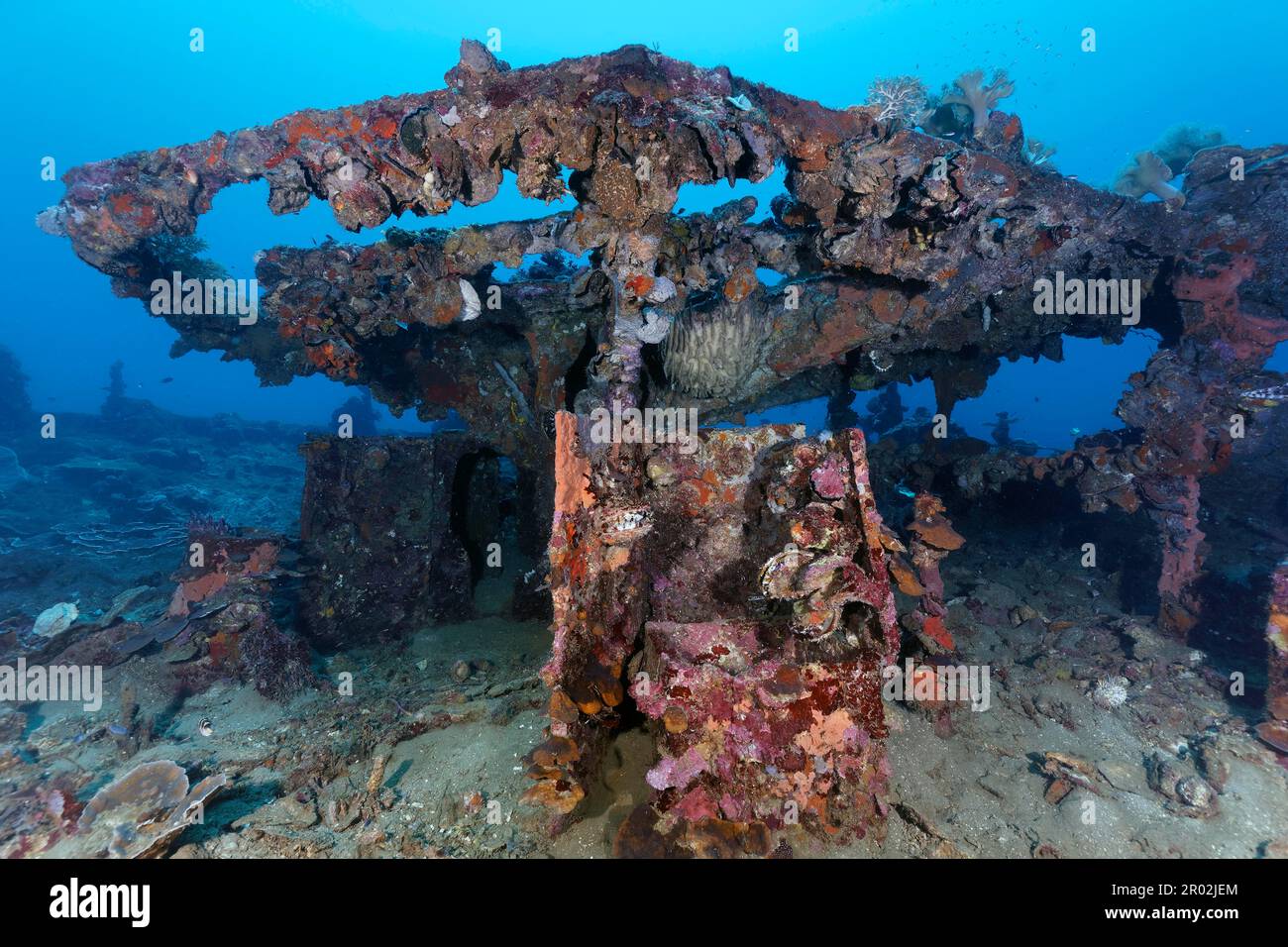
RM2R02JEM–Superstructure, Kyokuzan Maru, underwater, wreck, thick vegetation, invertebrate (Evertebrata) animals, invertebrate, Japanese supply ship
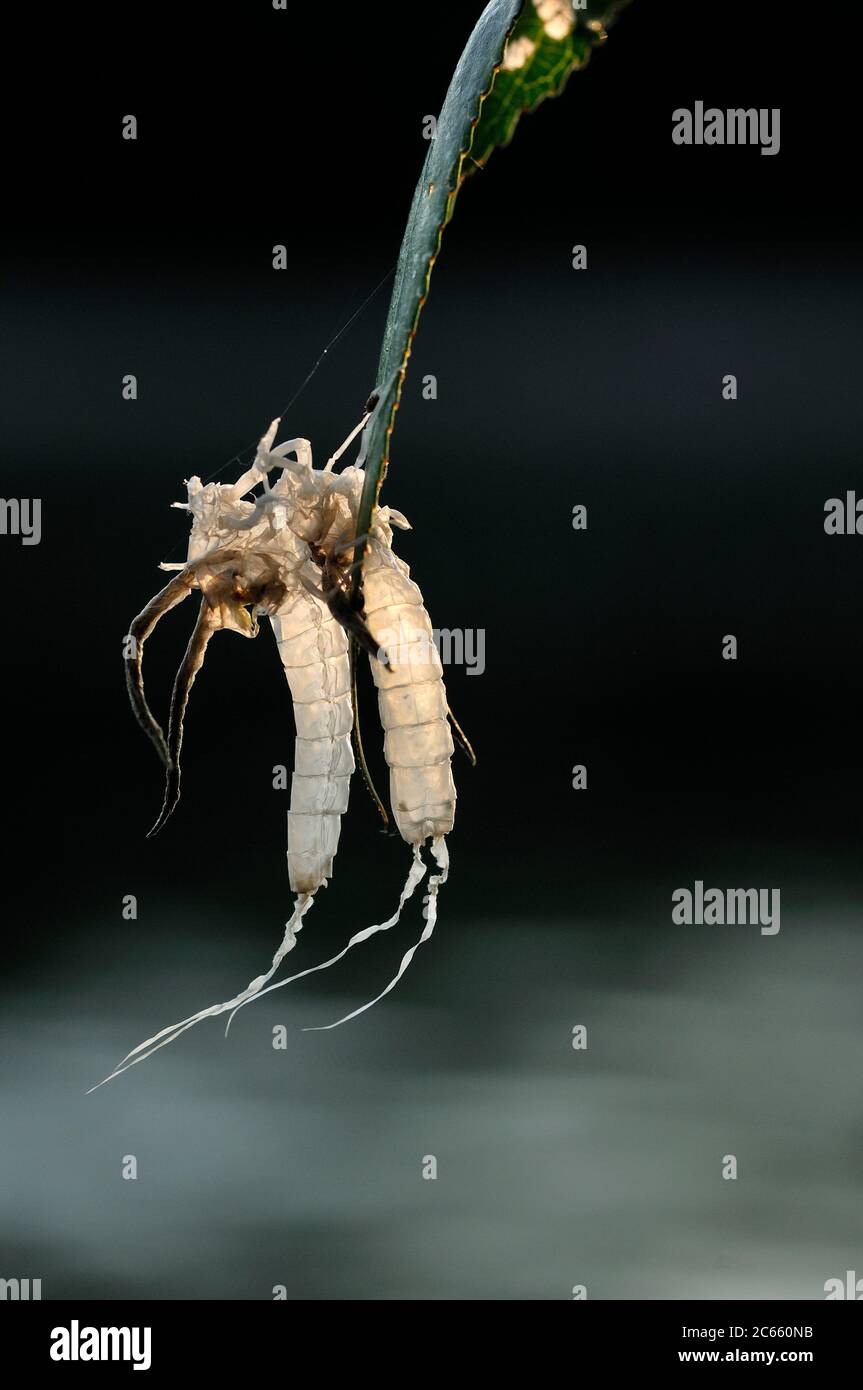
RM2C660NB–Shortly after the first one of them hatched from the water surface more and more subadult male long-tailed mayflies (Palingenia longicauda) reach the nearby vegetation and moult into mature animals. They leave their old skins attached to the leafs looking like pale ghosts of the mayflies.
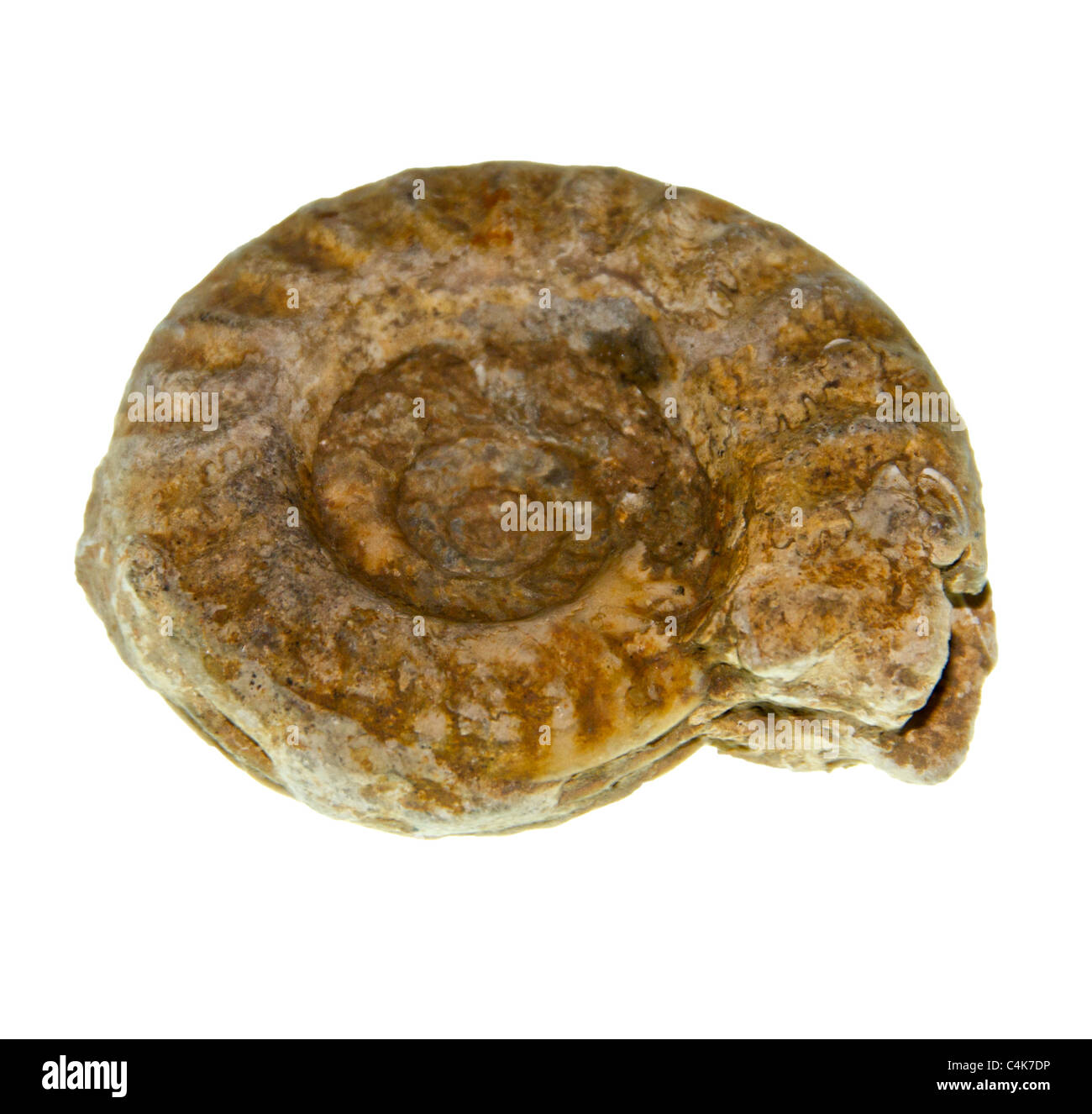
RMC4K7DP–An ammonite fossil. Ammonites (/ˈæmənaɪts/) are an extinct group of marine invertebrate animals in the subclass Ammonoidea
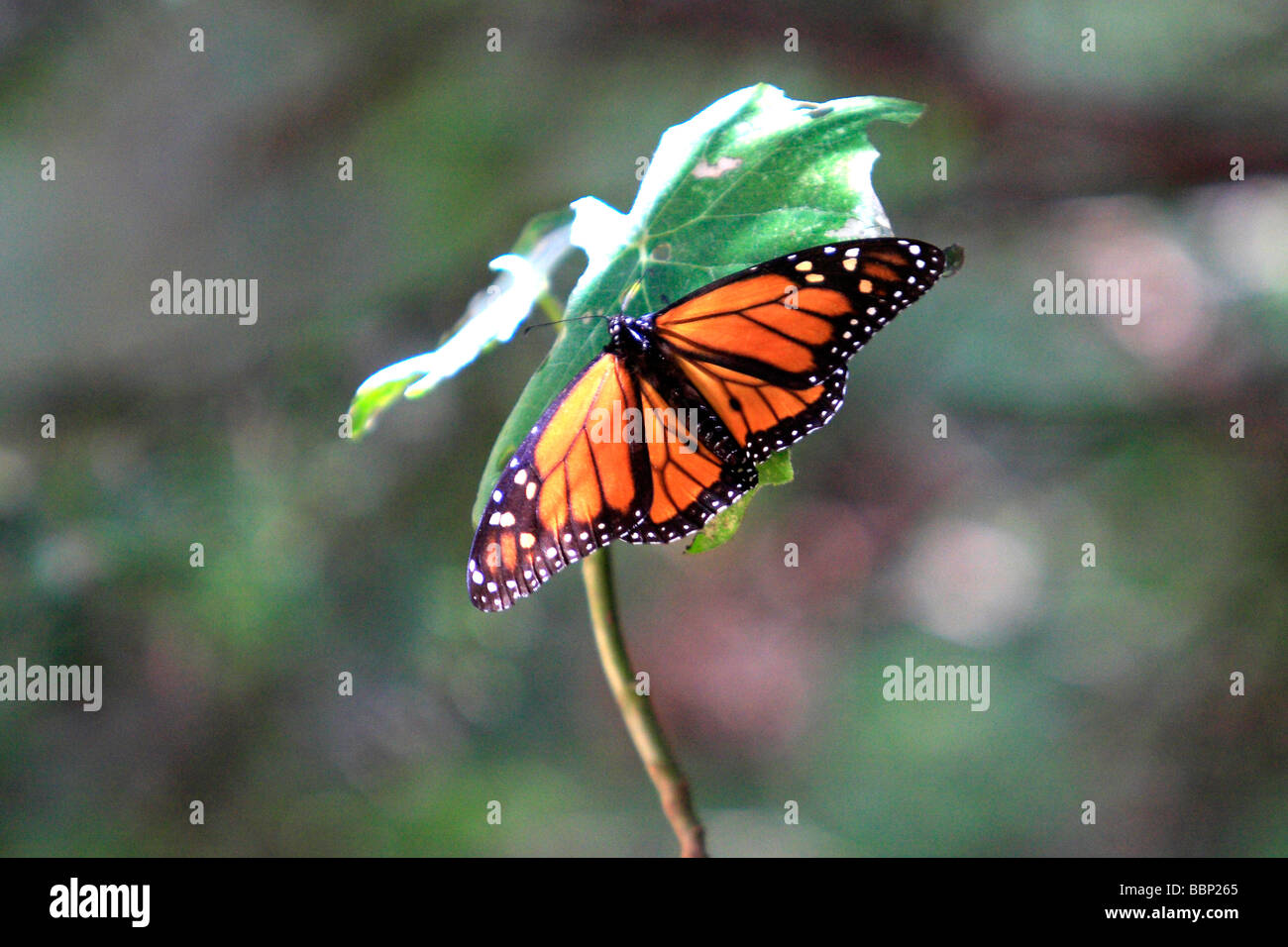
RMBBP265–monarch butterfly in michoacan mexico sanctuary millions of these insects rests here and put eggs before going back to canada
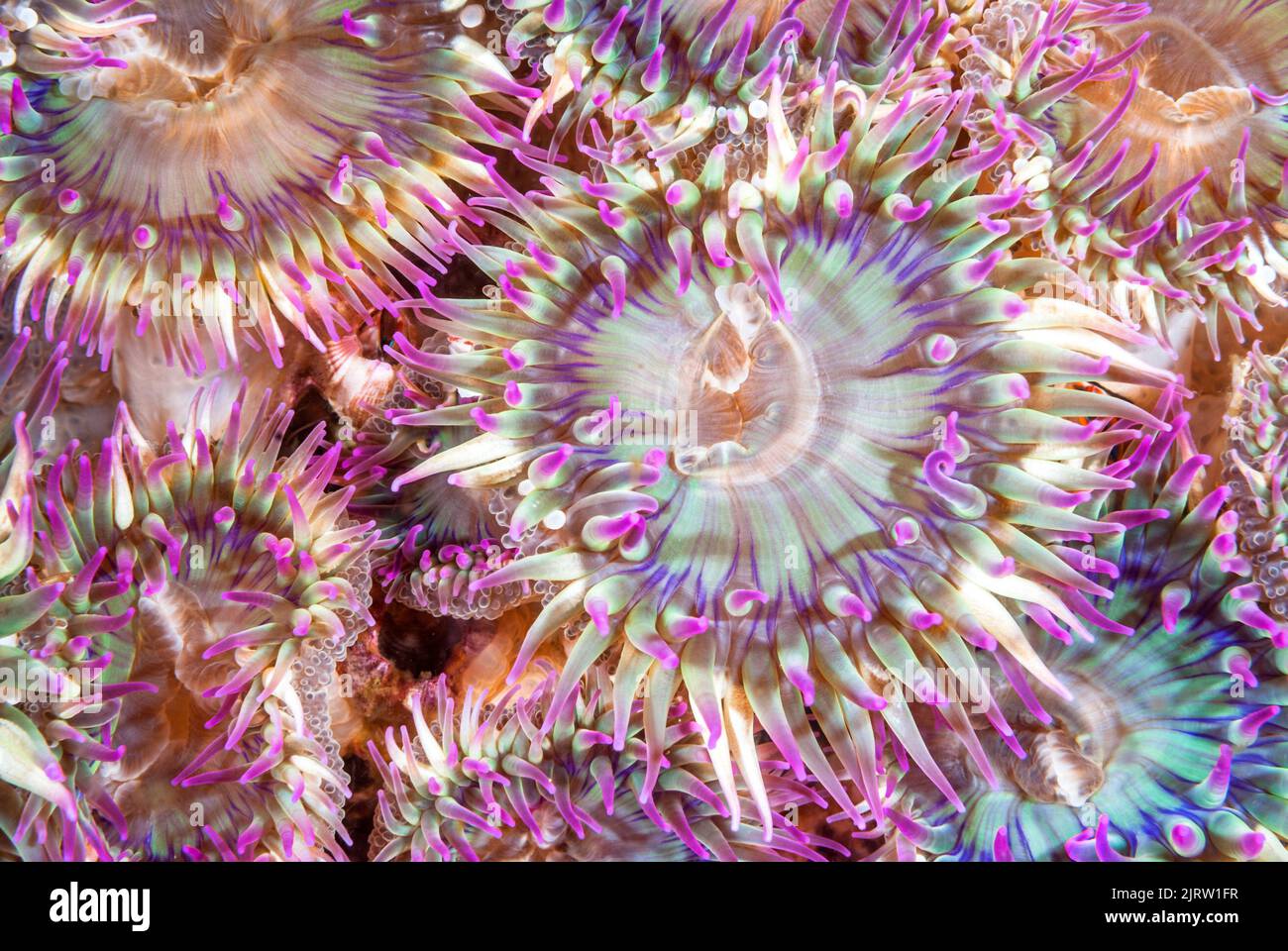
RF2JRW1FR–A cluster of colorful aggregate anemones shot off the coast of California. They use their sticky tentacles to catch small critters to eat.
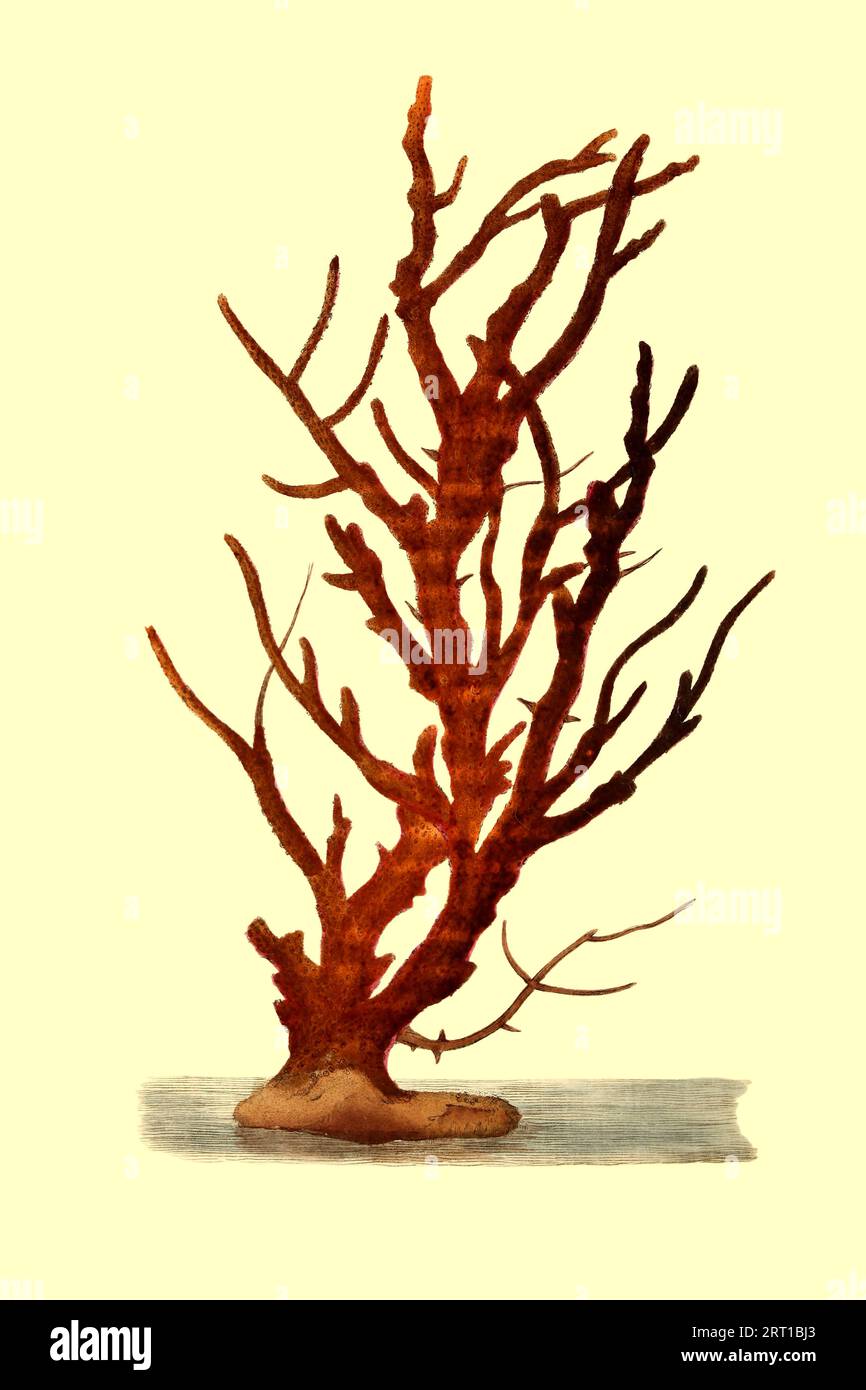
RF2RT1BJ3–Gorgonia flammea , Fiery-red Gorgonia Gorgoniidae is a family of soft corals, a member of the subclass Octocorallia in the phylum Cnidaria. Nearly all the genera and species are native to the east and west coasts of America. Coloured Plate from ' The Naturalist's repository, or, Monthly miscellany of exotic natural history by Donovan, E. (Edward), 1768-1837 Volume 4 1826 Consisting of elegantly coloured plates with appropriate scientific and general directions of the most curious, scarce, and beautiful productions of nature that have been recently discovered in various parts of the world the l
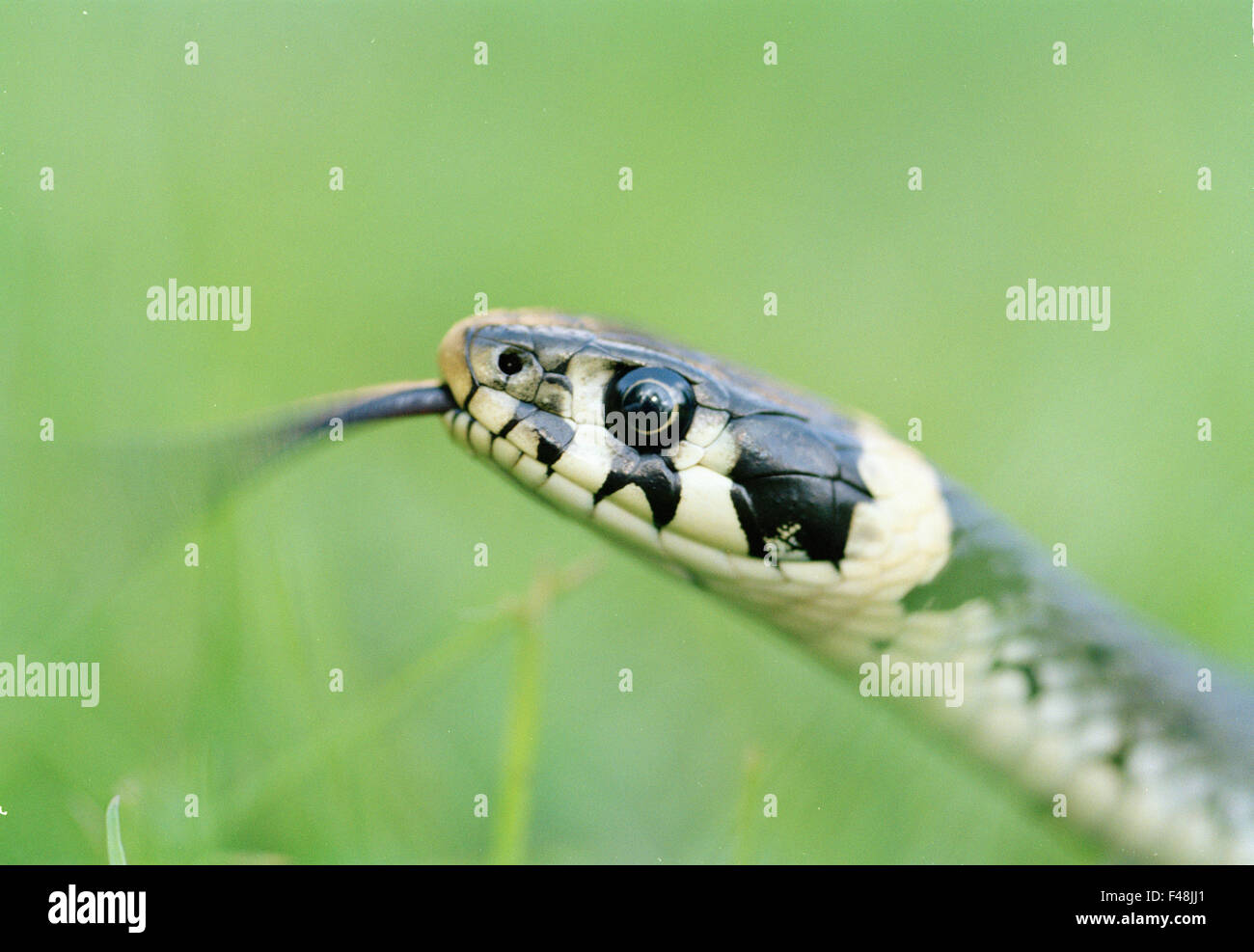
RFF48JJ1–amphibians black close-up color image day eye grass snake gray Haninge head horizontal insect invertebrate animals look
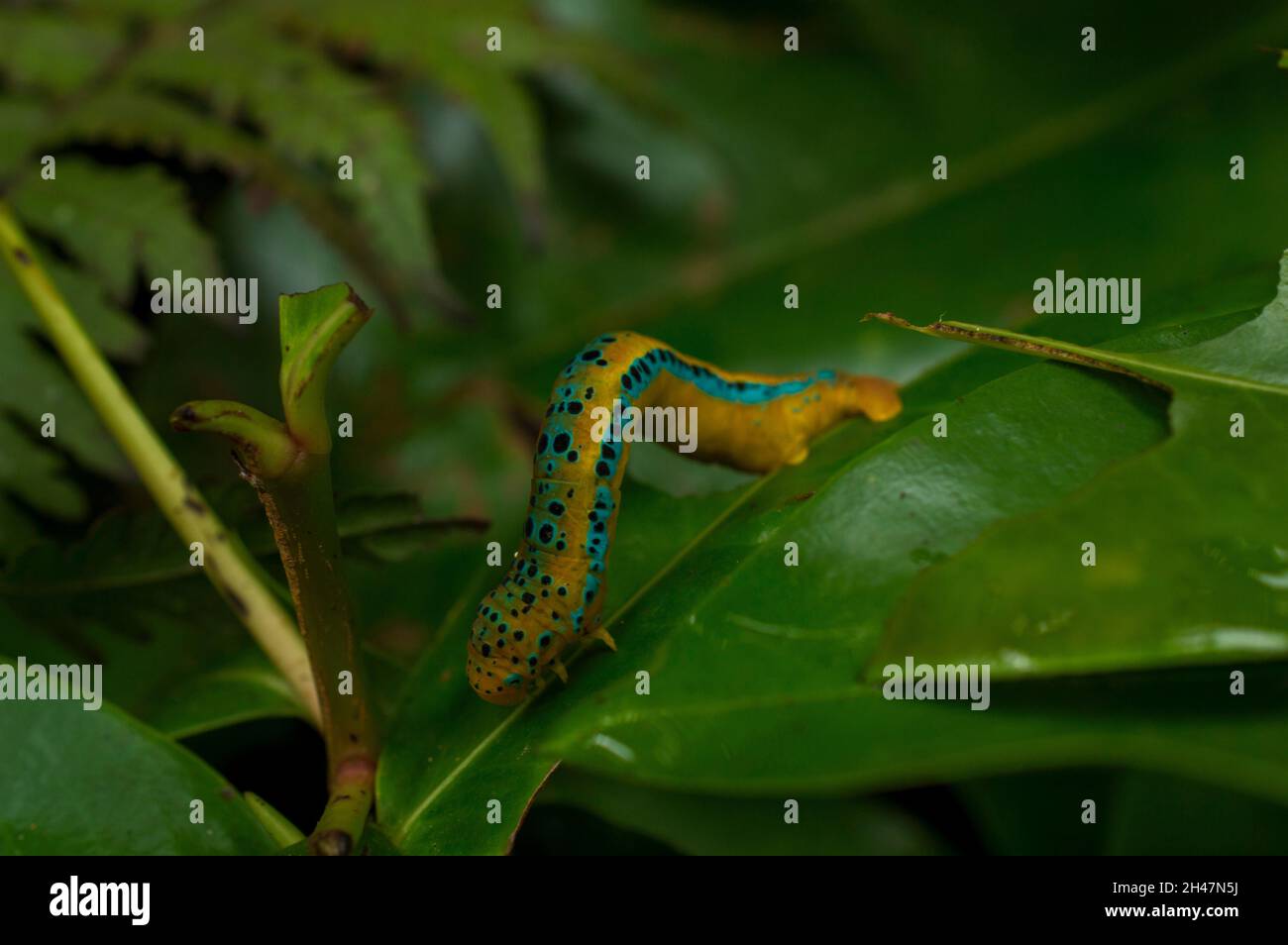
RF2H47N5J–Caterpillars are the larval stage of butterflies and moths. Most of them are herbivorous and agricultural pest. They have worm like bodies

RM2AKEJT9–Spiky flower-mimic stick insect (Toxodera berieri) active at night. Danum Valley, Sabah, Borneo.
Search Results for Invertebrate animals Stock Photos and Images (57,528)
Page 1 of 500
